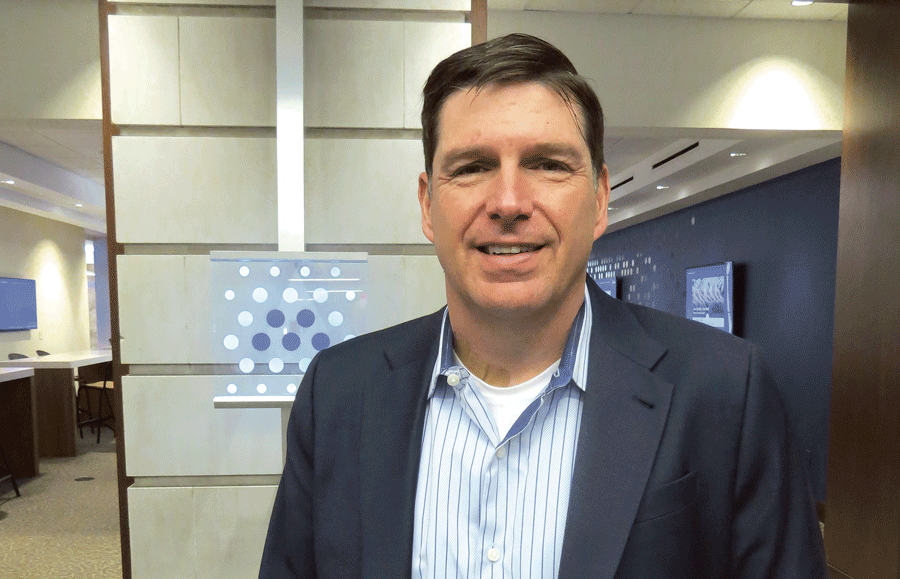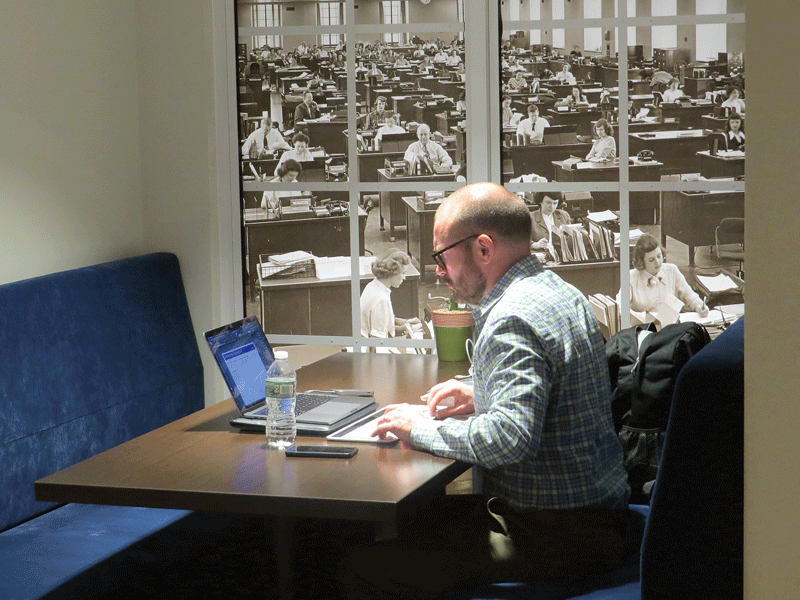Her Happy Place
 Ashley Kohl, perhaps best known in the region as the former host of Mass Appeal, has carved out a new success story over the past three years as owner of Ohana School of Performing Arts. But the road to this point hasn’t always been easy, marked by personal upheaval, financial challenges, and a sudden uprooting to a new location. Through it all, her business has grown, but her values — a commitment to inclusion, positive vibes, and providing a safe space to cultivate a passion for dance — have never changed.
Ashley Kohl, perhaps best known in the region as the former host of Mass Appeal, has carved out a new success story over the past three years as owner of Ohana School of Performing Arts. But the road to this point hasn’t always been easy, marked by personal upheaval, financial challenges, and a sudden uprooting to a new location. Through it all, her business has grown, but her values — a commitment to inclusion, positive vibes, and providing a safe space to cultivate a passion for dance — have never changed.
A woman reached out to Ashley Kohl recently on Facebook, saying she wanted to dance, but was feeling uncertain.
“She said, ‘I haven’t danced since I was a kid, I’m really out of shape, I have no confidence, I’m really intimidated. But I want to try something new that’s for me, to help me build my confidence, and I want to feel accepted — and I feel like your studio is a perfect place.”
So she gave Ohana School of Performing Arts a try.
“I saw her in my adult hip-hop class last night, smiling the whole time,” Kohl told BusinessWest. “She was super nervous when she came in, but when she left, she said, ‘I can’t wait to come back.’”
In many ways, that woman personifies Kohl’s vision of what she wants Ohana — which recently hosted a grand opening at its new location in Chicopee — to be.
“A dance studio can be intimidating — but this is not that place. What I envision is people of all shapes, all sizes, all backgrounds, all beliefs, all genders, all identities, everyone. No matter what age you are, you can come here, and I love seeing everyone dance. Everyone. When I dance, I’m happy. So I know dance will bring them joy. And that’s the ultimate goal.”
After a stressful spring during which she was given only a few weeks to find a new location for the studio she has owned since 2016 (more on that later), Kohl takes her own measure of joy from the space on Sheridan Street in Chicopee, which is more than double the size of her former studio in South Hadley.
Classes include ballet, tap, hip-hop, musical theater, contemporary, parent/child combo classes, adult-level classes, fitness and more. But education is only part of the equation at Ohana (a Hawaiian word meaning ‘family’). The other part is a focus on kindness, compassion, and inclusivity.
“Ohana has become more than a dance studio — it’s a movement,” Kohl said. “So many people sign up not just because they want to dance, but because they want to be a part of this positive energy. It’s a place of love.”
That energy is shared these days by more than 300 students. “I overcame a ton of adversity because we were kicked out and given a month to find a new place. And now I’m living my dream, doing what I love. This is my happy place. These people are my family. It’s so much more than a job. I even have ‘Ohana’ tattooed on me, because this is what I live, sleep, eat, breathe.”
Winding Road
The journey to this point, however, has been a winding one, marked by both disappointments and unexpected successes — all of it subtly directing Kohl to that happy place she now occupies.
The relevant part of the story begins with an audition in New York City for So You Think You Can Dance in January 2010. Kohl waited in line overnight, in the rain, for that chance, and when she had her few seconds to impress the producers, her wet sneaker caught on the rubber floor during a pirouette, and she fell.

One of several reminders on the walls that Ohana is intended to be a place of acceptance and inclusion.
“I cried all the way home, thinking, ‘my dreams are over, my life is over,’” she recalled. But in March, another opportunity arose — an open casting call for Mass Appeal, a lifestyle program on WWLP-TV. Kohl’s mother encouraged her to audition, and she did, even though she had no journalism or television background. She didn’t feel nearly the pressure she did in New York two months earlier because she figured her chances weren’t great. But she kept getting callbacks, and eventually the hosting job.
“I loved it. It was amazing, the things I learned, the people I met,” Kohl said, noting that she had attended college, but never graduated. “I look back on my time at Mass Appeal, and that was the best education I could have received. I learned about every industry, met people from every walk of life, and learned how to adapt and overcome. It was a great learning experience.”
And also, with one fateful interview in 2015, a great inspiration. “I did a story on a dance class for kids of all ages and all abilities. Afterward, I got in my car, and I was so inspired. I thought, ‘this is what’s missing in my life — dance for people of all abilities.’ It moved me.”
At the same time, two other things were happening. Her marriage was falling apart, and she didn’t want to go through a divorce while in the public eye, so she was looking to step away from a hosting job she had come to love. And her mother, who had owned Technique Studio of Dance since 1997, first in Chicopee and then on Newton Street in South Hadley, was looking to slow down and offered her daughter the opportunity to take over the business.
“That’s when I thought, you know what? I’ll leave TV — I think it’s my time — and I’ll open a dance studio for people of all abilities,” she said.
The sudden inspiration surprised her. Though she’d been dancing all her life, she never once — not as a kid, as a teenager, even in college — had a desire to follow in her mom’s footsteps and own a dance studio. Yet, here she was, struck by a new passion and able to see how the events of the past several years had led her to that point.
“If I got So You Think You Can Dance, if I didn’t fall and made it through and my dream came true, Mass Appeal never would have happened — and that led me here.”
Kohl took over Technique in 2016 and changed the name to Ohana to stress not only her own family, but the one she hoped to create among her students. “My mother said, ‘you bring your own energy and vision. Rebrand it and make it your own.’”
And there, on Newton Street, the business grew for three years — until she had to move.
She actually first heard rumors that the building owner wanted to sell during the summer of 2015, and not long after, she stumbled upon the Sheridan Street building in Chicopee, which had been vacant for two years and needed copious amounts of work. “I wasn’t in the place financially to jump into something new,” she recalled. “I figured, if it’s still there when I need it, it was meant to be. And when I got the eviction letter, this place was still available.”
That letter came on March 1 of this year, telling her she needed to be out by April 1. “I’m a single mom with two kids, and I was in the midst of my dance season, so it was really hard. And I had grown up dancing in that building, so there were emotions, too.”
She pushed the owner for six weeks instead of four — actually, “I begged,” she said — and was granted the extension. Through those six weeks, Kohl had the first floor of the new location renovated, and after classes began there at the end of May, she went to work on the top floor.

Ashley Kohl says the move to Chicopee was stressful at times, but serendipitous in the way it came together with no program cancellations.
“It definitely wasn’t move-in ready,” she said — but no classes or programs were ever interrupted. “We had our last class in South Hadley the Thursday before Memorial Day, and our first class here the Tuesday after Memorial Day. It was very stressful, but this community had my back. They all came out on moving day. I never was alone, and that’s a testament to what this community is and who the people are.”
Safe Space
The new, 6,000-square-foot Ohana — more than doubling the 2,600 square feet available in South Hadley — includes three large studios, one of them handicapped-accessible; a ramped entrance and restrooms are also ADA-compliant.
“I want to make sure this is a place where everyone feels welcome,” Kohl said, but that sentiment extends beyond disabilities. “We have kids as young as 18 months, and adults as old as … well, anyone who wants to come and be a part of it. I think the biggest thing is that everyone feels accepted, and they feel comfortable and not intimidated, and everyone gets to perform.”
Why take up dance? Kohl says people have different reasons — but everyone dances anyway, in some form or another. “Maybe we don’t admit it or go to dance class, but we all feel music in our body, no matter who we are.”
Popular TV shows like So You Think You Can Dance, Dancing with the Stars, and America’s Got Talent have made dancing even more mainstream, but a little intimidating at the same time, she added. “People think, ‘I can’t do that. I can’t dance like that.’”
At the same time, though, she believes dancing makes people happy — and she wants to provide an outlet where they can do that in a non-intimidating way.
“You can be part of something where you feel like you’re accepted, where you’re loved and supported, where you can exercise and release the tension of the day in a positive place. There aren’t many places you can go and just feel free and feel like you can let go and find a happy place.
“It’s not for everyone,” she admitted. “But the main thing is, whether you say you dance or not, you do in some capacity. And to be able to come to a place that’s safe and happy and positive and loving is really cool.”
Kohl is protective of those positive vibes, too — and won’t tolerate negative or disrespectful behavior.
“If you come in here and bring your dark stormcloud — granted, we all have bad days, and we’re here to lift you up,” she told BusinessWest. “But if you are going to talk about people or treat people unkindly, I will ask you to leave. This is a very safe, happy place, and I am serious about keeping it that way.”
Kohl said she was bullied growing up, but finally felt like she belonged when she attended high school at Pioneer Valley Performing Arts, a place where people finally ‘got’ her passion for dance. It was, in short, the safe space that public school was not.
“Not every kid has that,” she said. “Maybe home isn’t safe. Maybe school isn’t safe. But I know — I guarantee — when you come here, you’re safe. Whether you’re an adult in a really bad marriage and home isn’t safe, whatever it may be, I hear from people that they come here, and they feel happy.”
That’s especially notable in a dance world that can admittedly be catty, cutthroat, and competitive, she added. “And there’s a time and place for that if you want to be on Broadway, but that’s not what this is. We don’t compete in dance competitions. We do it for the love.”
It starts with the love of family — her mother still runs a dance store in the studio, and it’s her handwriting that forms the Ohana logo on the walls — but now extends to 300 students, 11 teachers, seven assistants, and one full-time employee, all of which have the potential to increase in this much larger space than Newton Street allowed.
Still, the transition was scary at times. “The whole time I was terrified, but my faith was stronger,” Kohl said. “I knew if it was meant to happen, it would. What’s the worst thing that could happen? It fails? Then I move on.”
As it turns out, she just had to move a few miles away. “It’s fulfilling, and it’s more than a dance studio — it’s people’s second home,” she went on. “I feel humble and grateful, but I’m proud of it because I don’t feel there’s enough of this energy in the world.”
Living the Dream
It’s safe to say Kohl has plenty to do in the new studio, but one goal down the road is to expand community outreach programs. Already, Sunshine Village residents take classes on Fridays, a Westfield program for adults with disabilities will be starting up on Thursdays, and instructors teach dance at the senior center in South Hadley as well. She’d like to do more of the latter — “bringing those vibes and energy and dance to people where they are. That’s the next step.”
Meanwhile, she promotes the spirit of the studio through programs like Wingman for Dance, which teaches students about kindness, self-acceptance, diversity and inclusion, giving back, and community service. Speaking of giving back, students also present annual charity performances to support local nonprofits, and Kohl founded One Ohana Inc. a registered 501(c)(3) organization that awards scholarships to dancers of all ages and abilities throughout the Pioneer Valley.
She’s passionate about all of it, because, well, life’s too short not to be.
“I was born with something inside me that I have to pursue, and if I don’t, then it’s going to be buried in a cemetery somewhere, and no one will ever know what would have come of it,” she told BusinessWest. “And look at this now. I found my passion — to bring not just dance, but joy to people’s lives.
“I’m not going to die with my passion inside me,” she went on. “I’m going to make a difference and inspire people. I have a humble house, and I’ll probably never be rich, but in my heart, I’m so full.”
Joseph Bednar can be reached at [email protected]






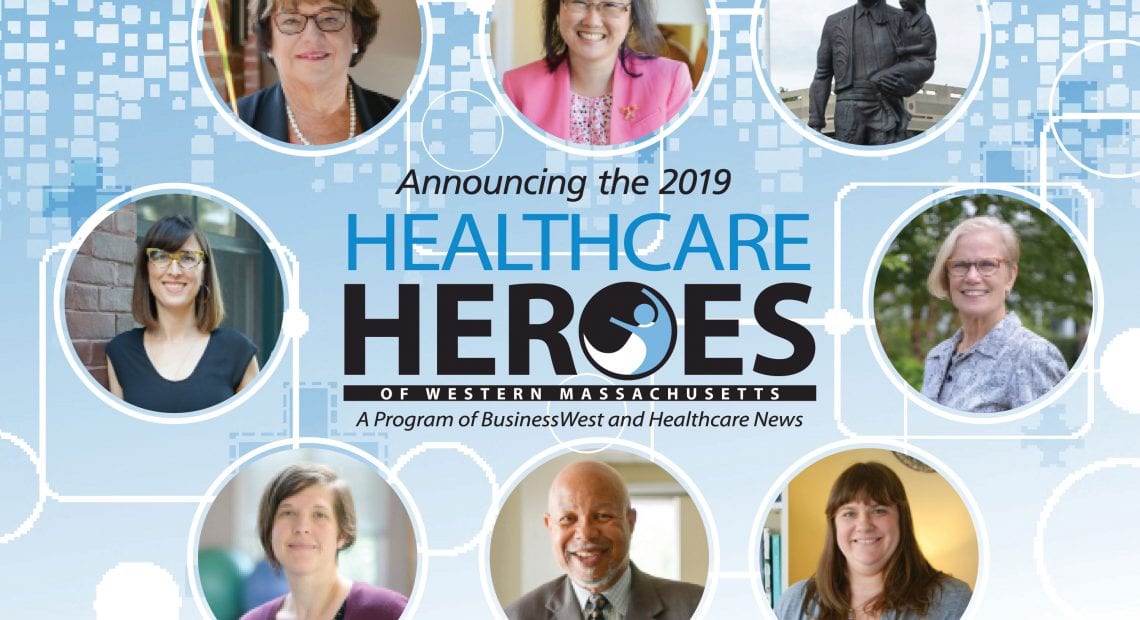
 When BusinessWest and Healthcare News launched Healthcare Heroes in 2017, there was no doubt this was a long-overdue award program in Western Mass. — in fact, we knew the challenge wouldn’t be finding quality nominations, but choosing just a handful to honor each year. Indeed, this year’s judges (see below) carefully studied about 100 different nominees in seven categories to choose the impressive group to be honored at this year’s gala in October.
When BusinessWest and Healthcare News launched Healthcare Heroes in 2017, there was no doubt this was a long-overdue award program in Western Mass. — in fact, we knew the challenge wouldn’t be finding quality nominations, but choosing just a handful to honor each year. Indeed, this year’s judges (see below) carefully studied about 100 different nominees in seven categories to choose the impressive group to be honored at this year’s gala in October.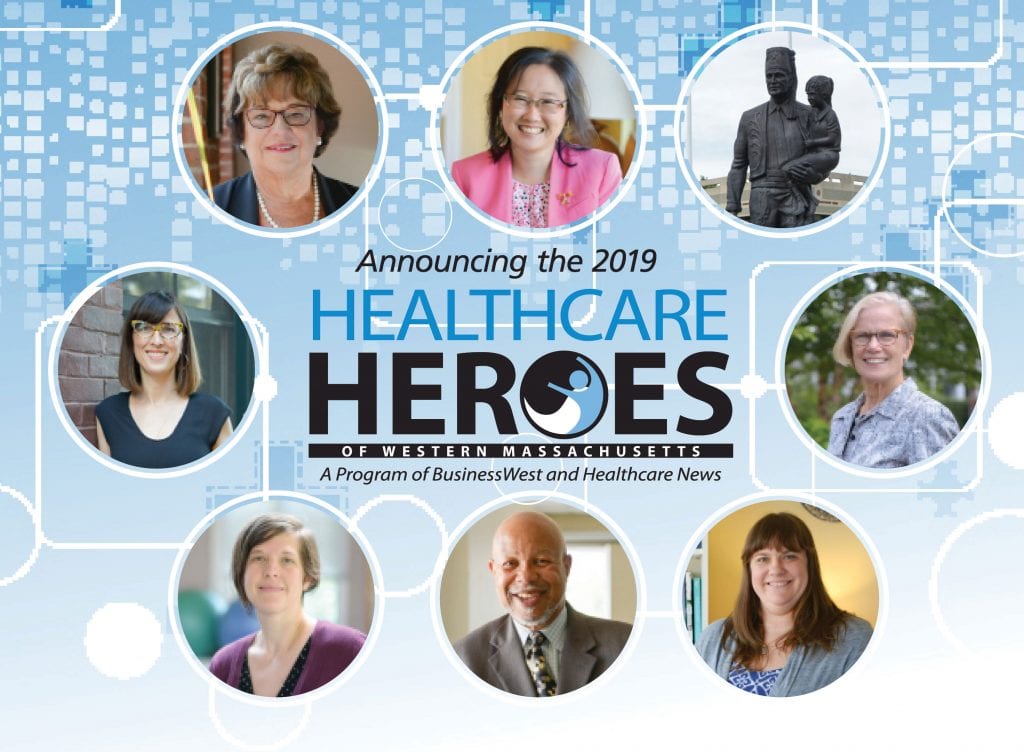














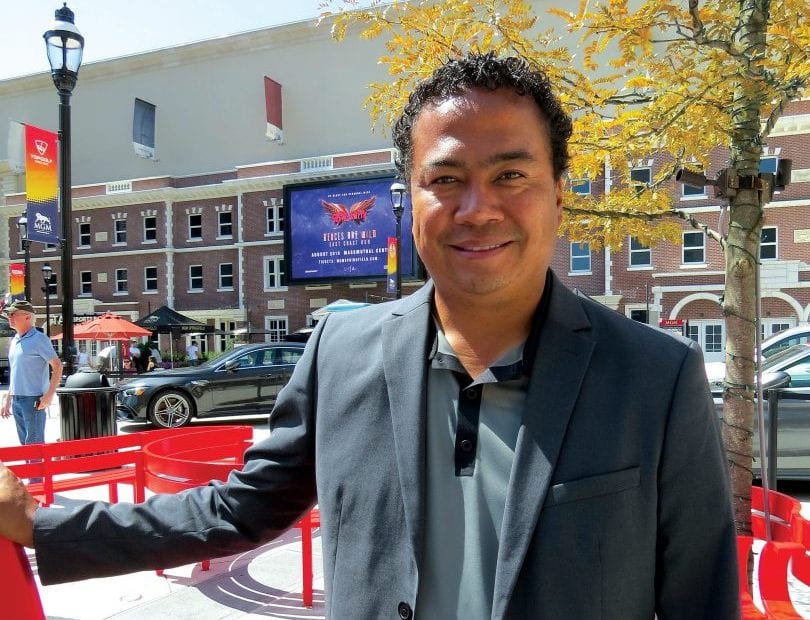
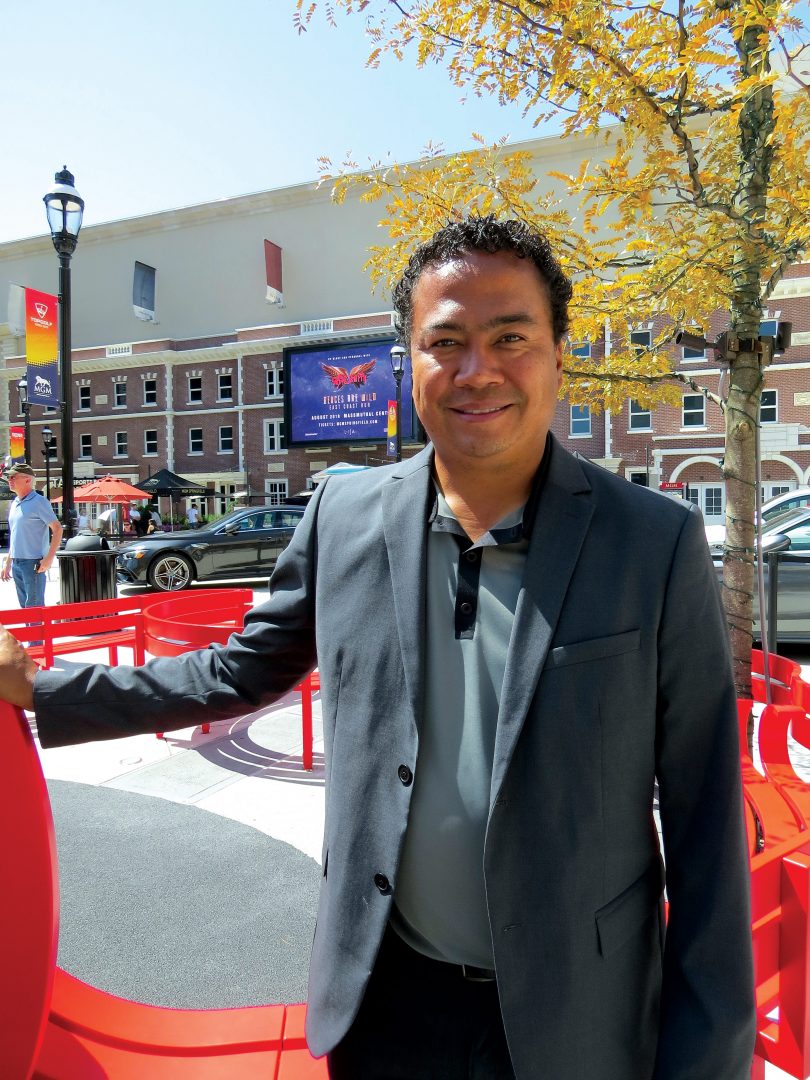

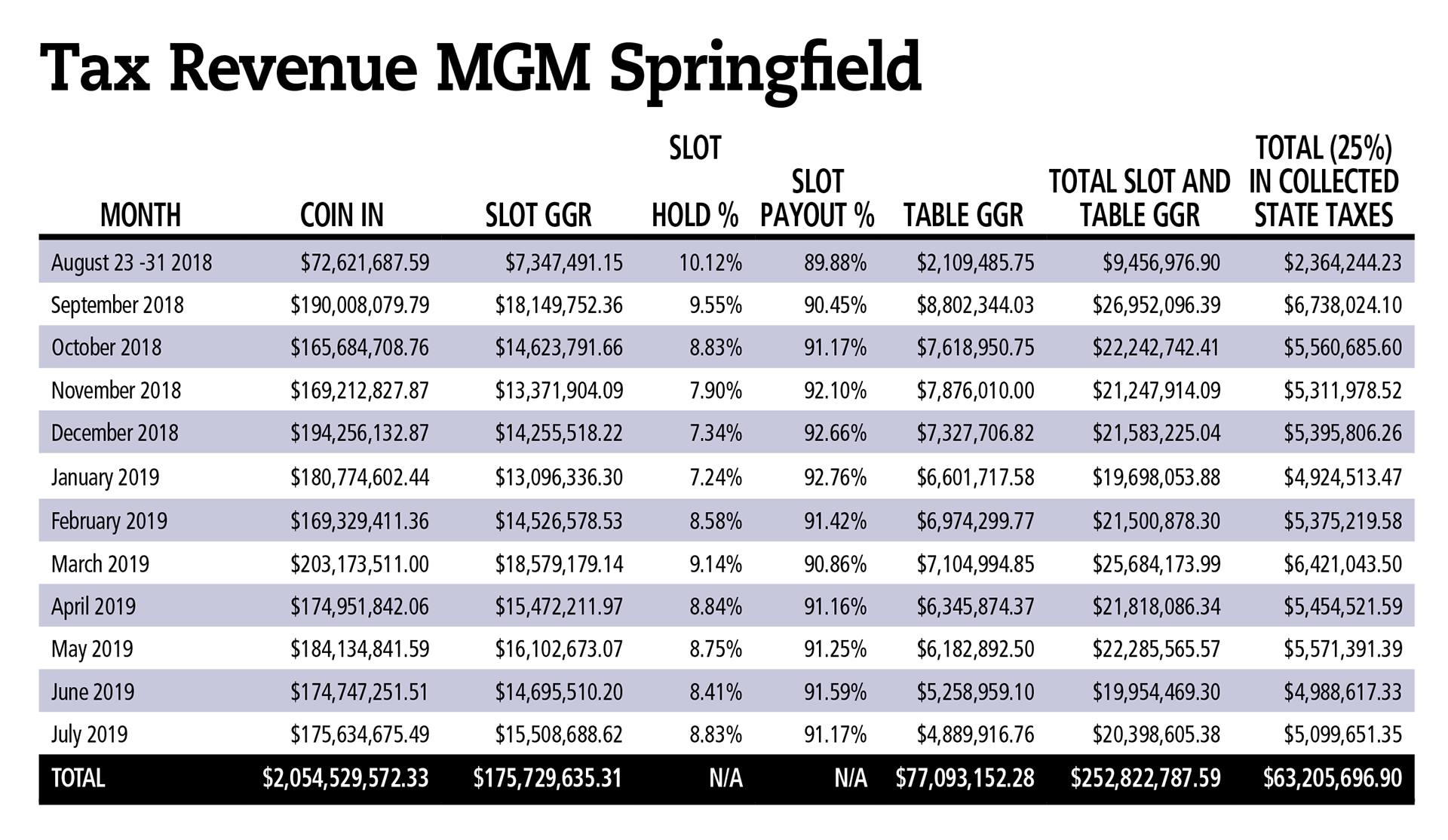
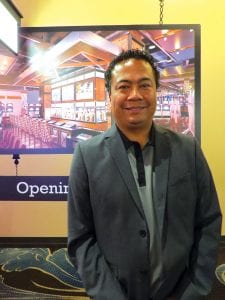

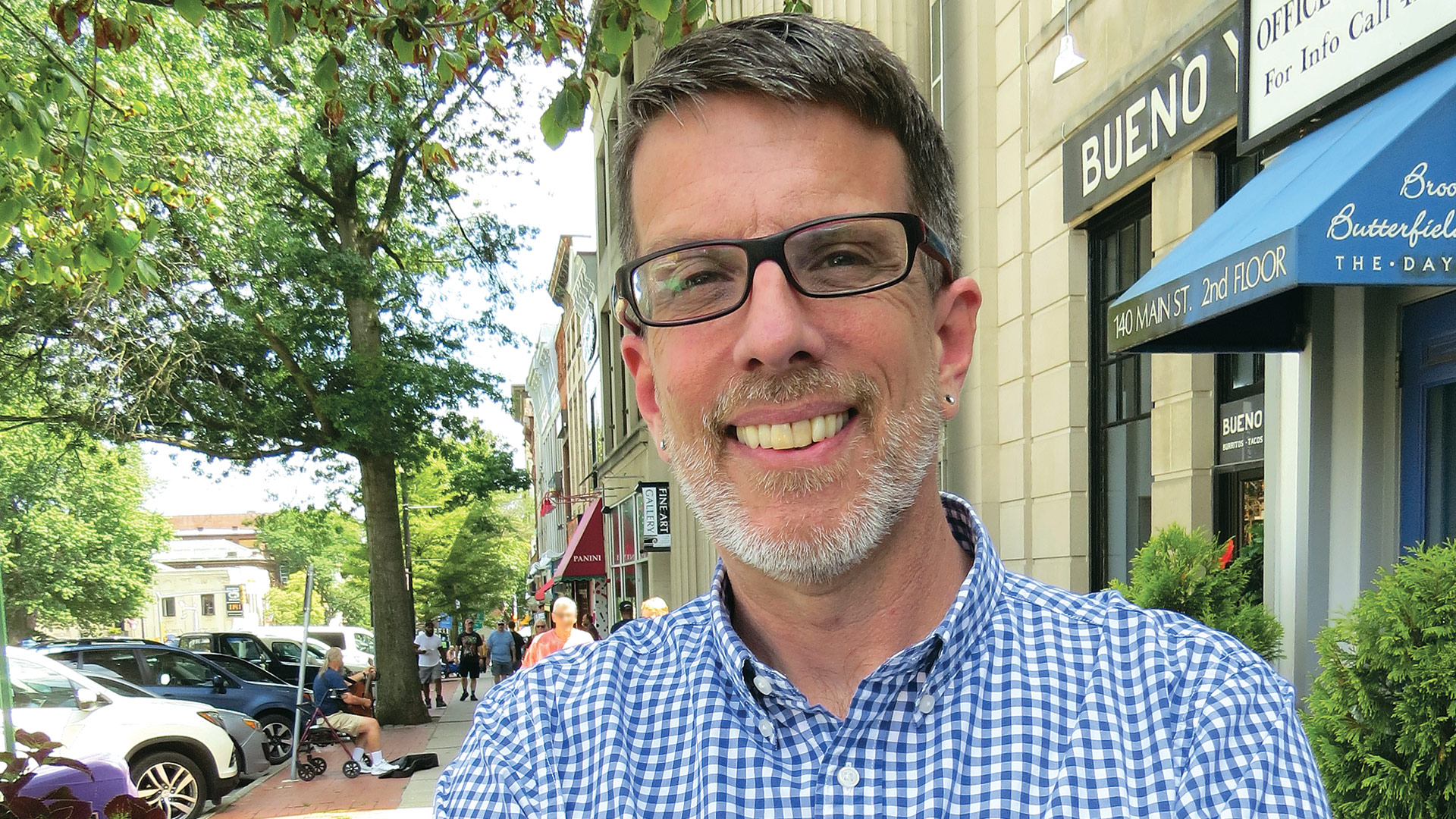


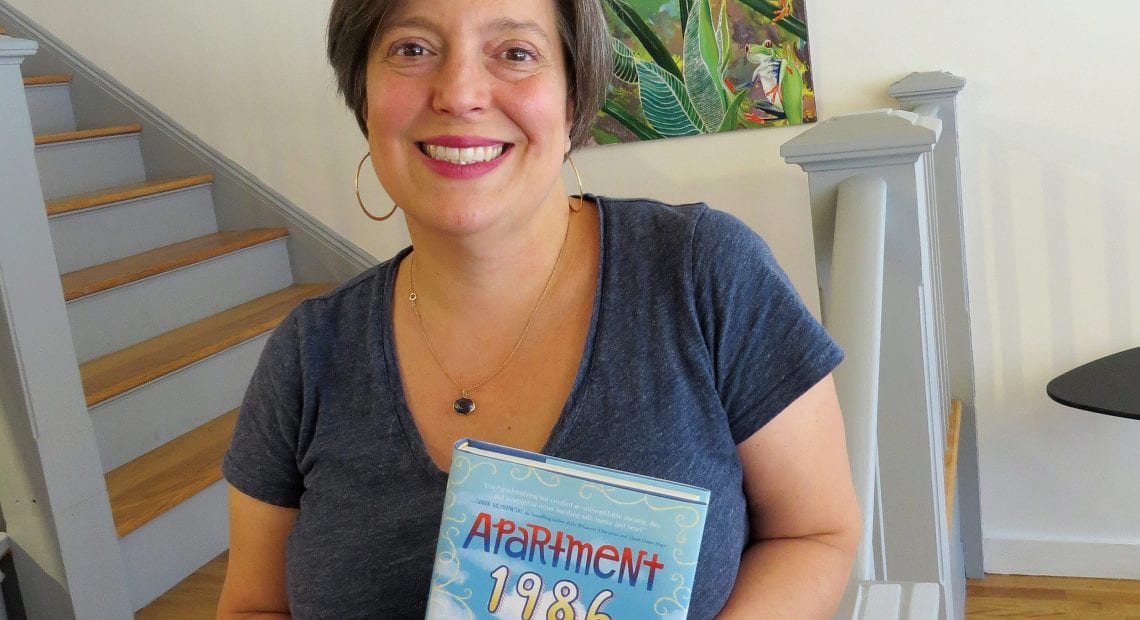
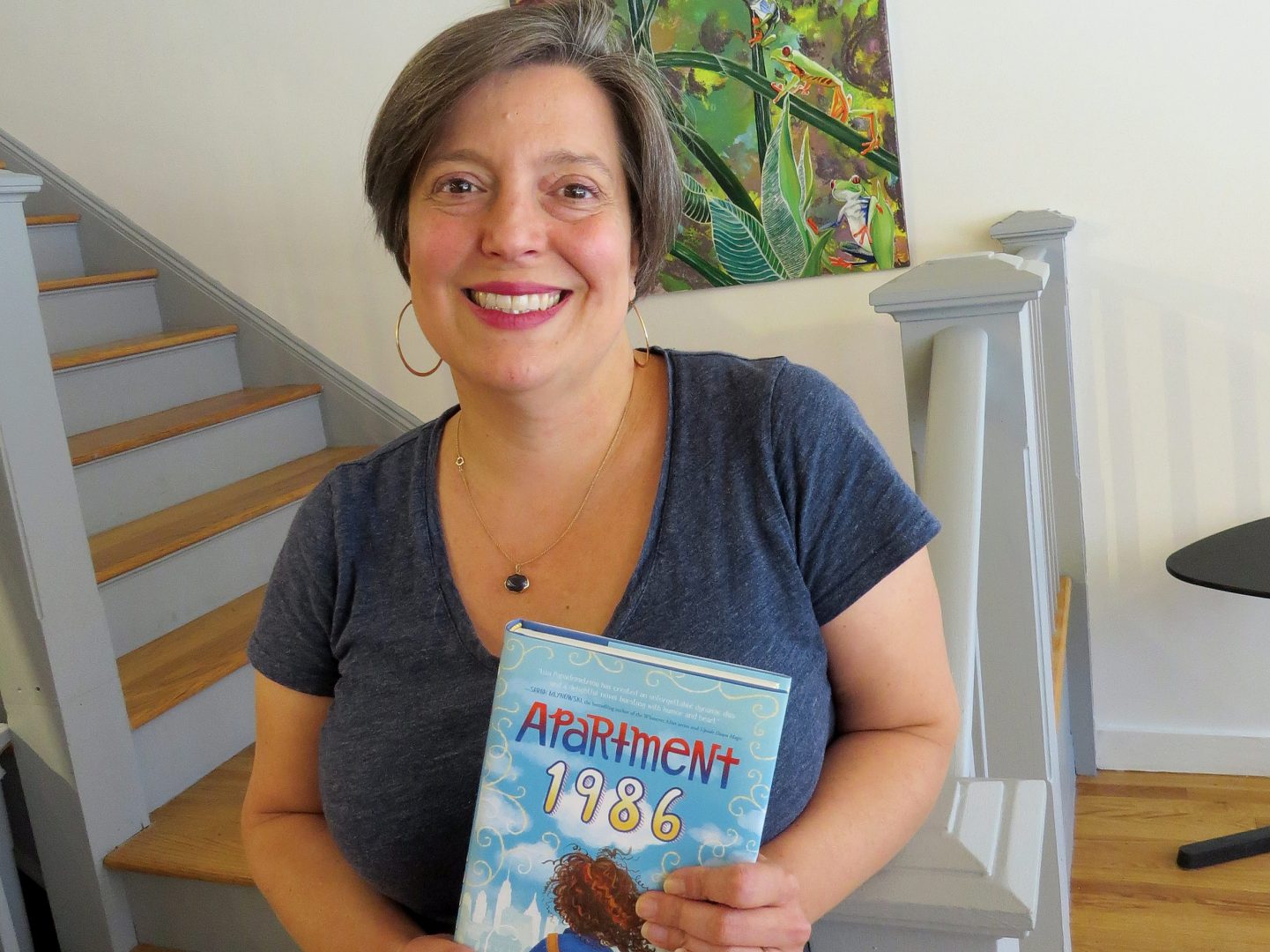

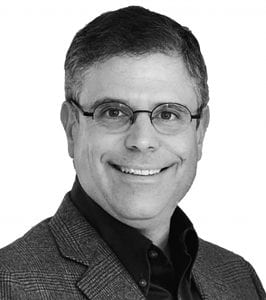

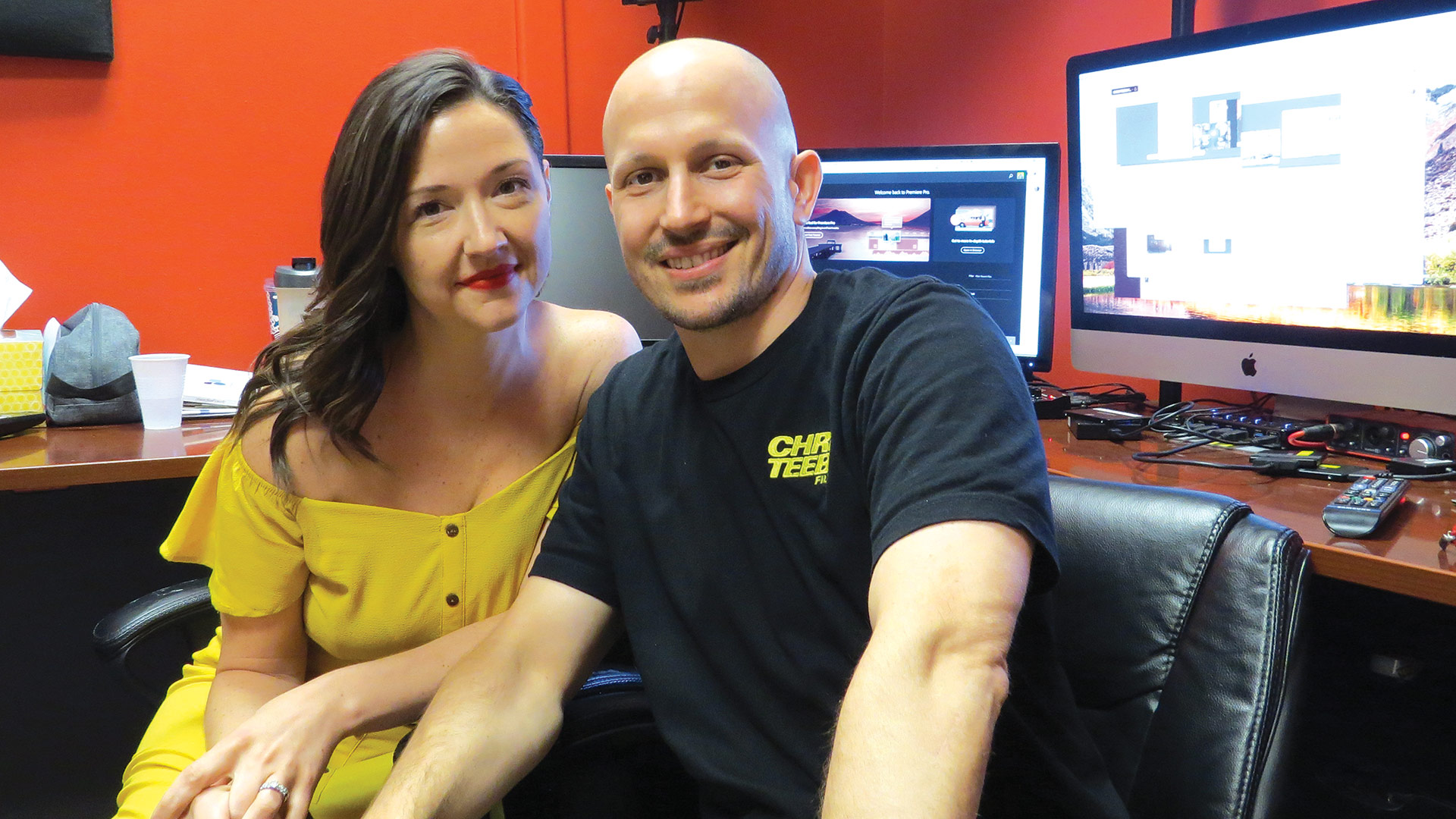
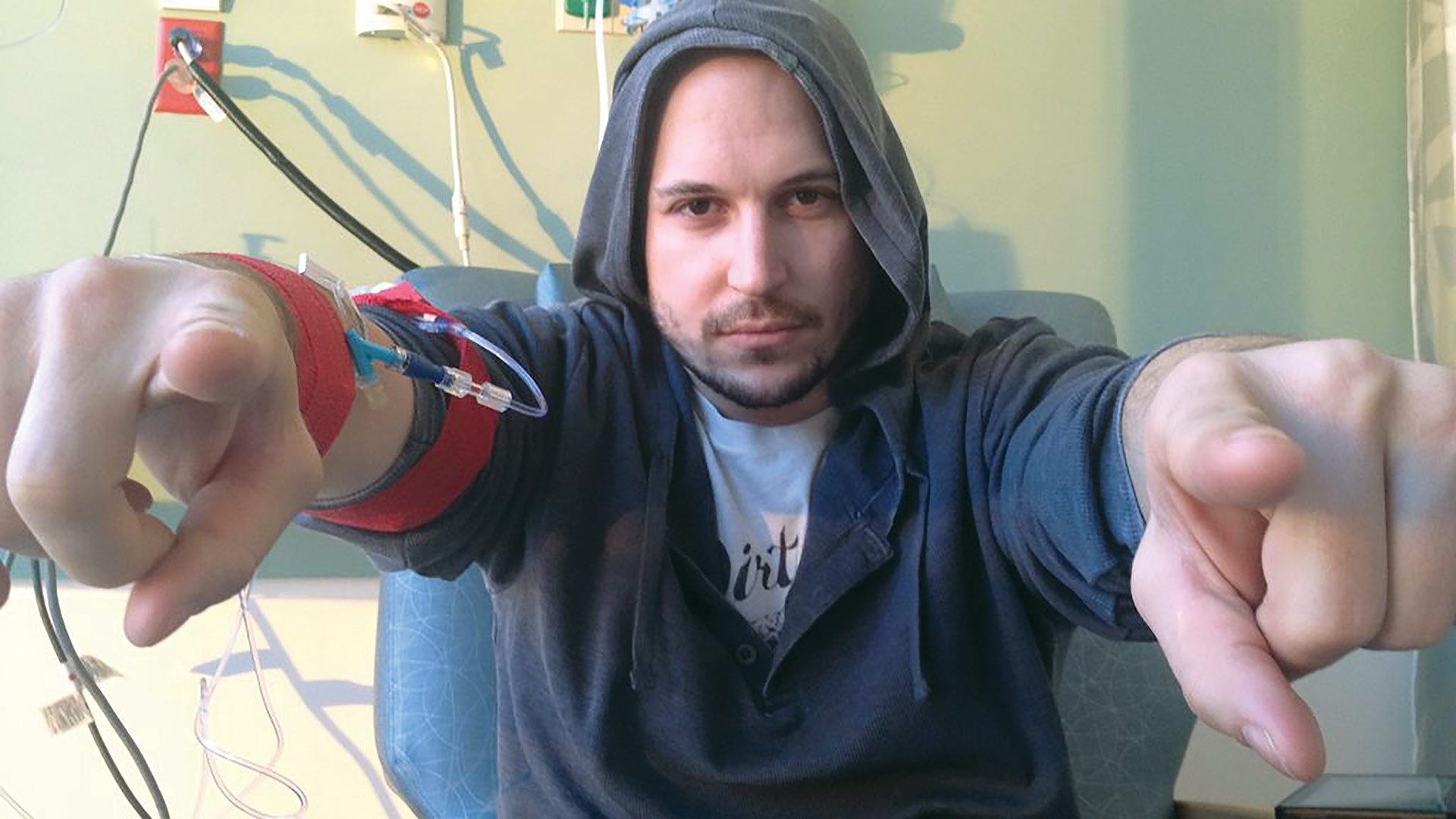
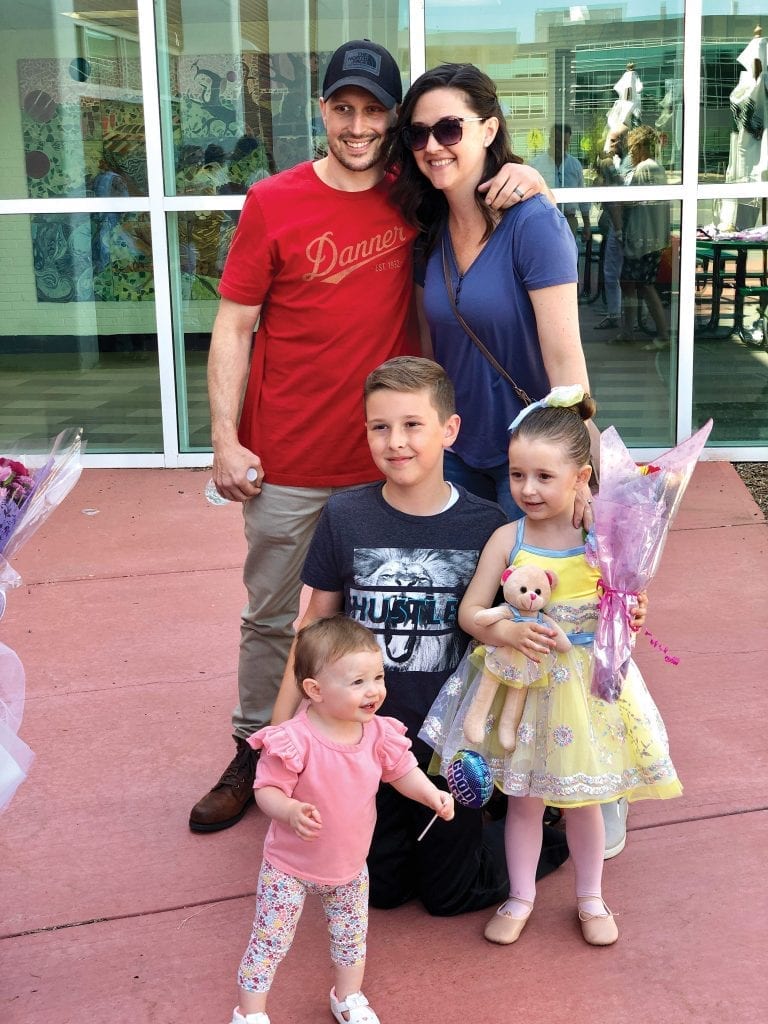
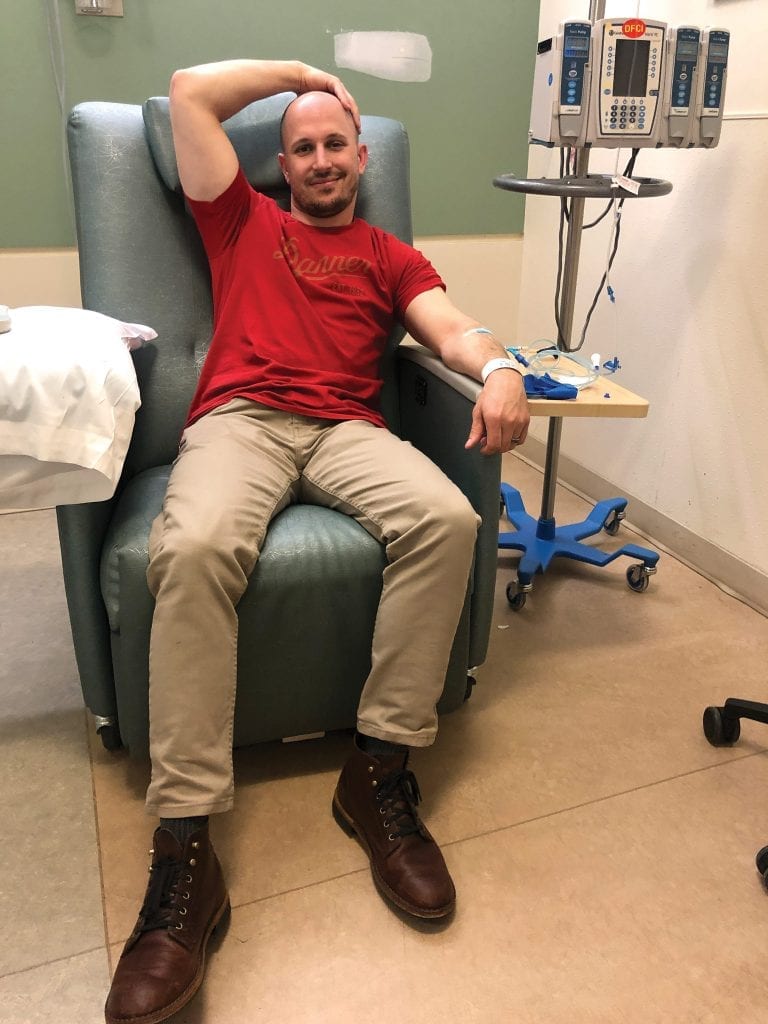
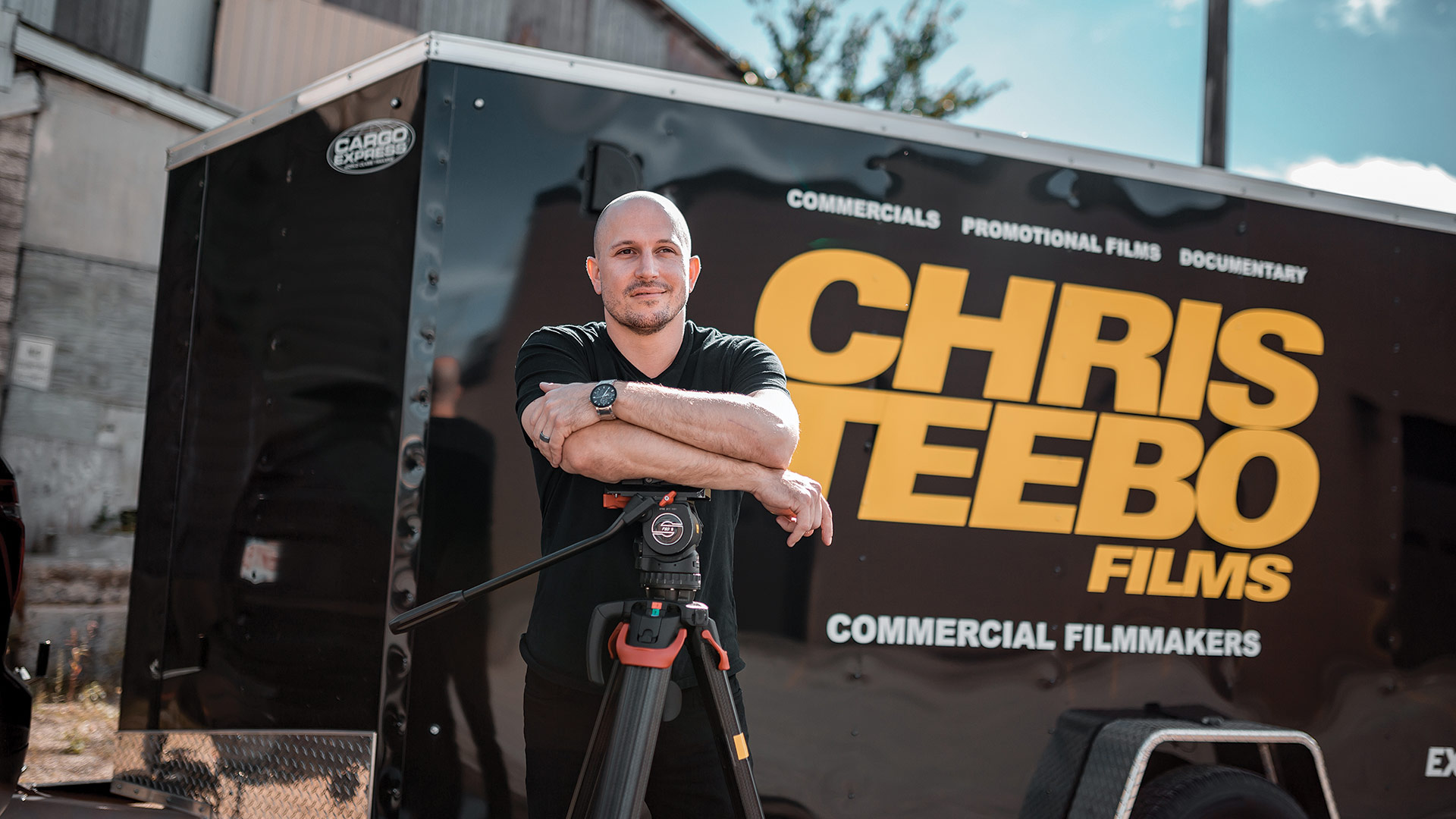
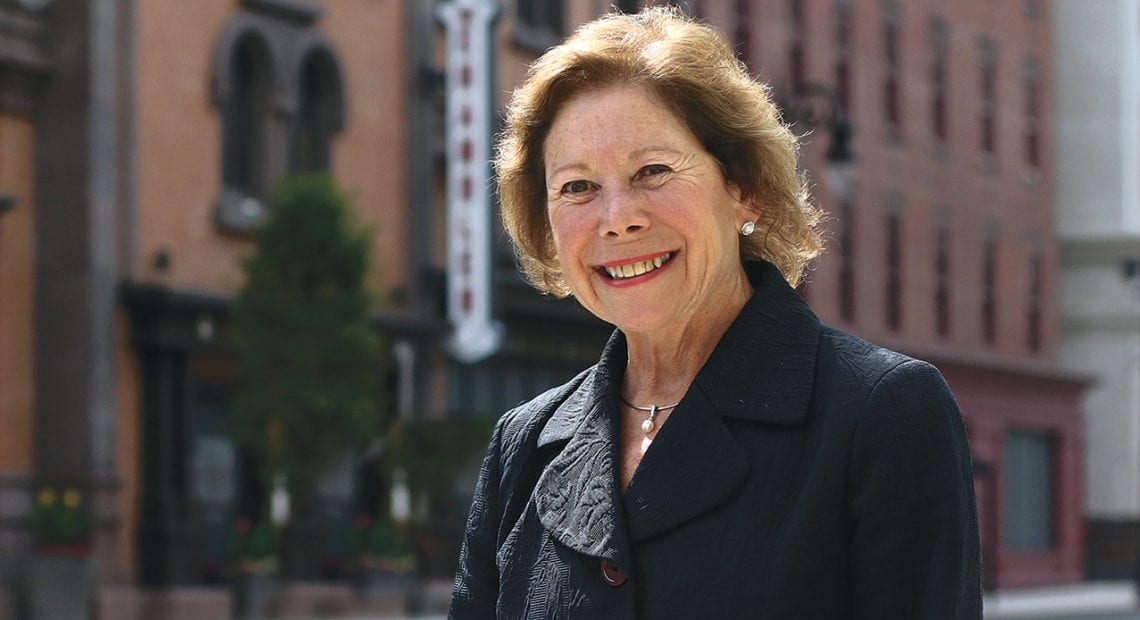
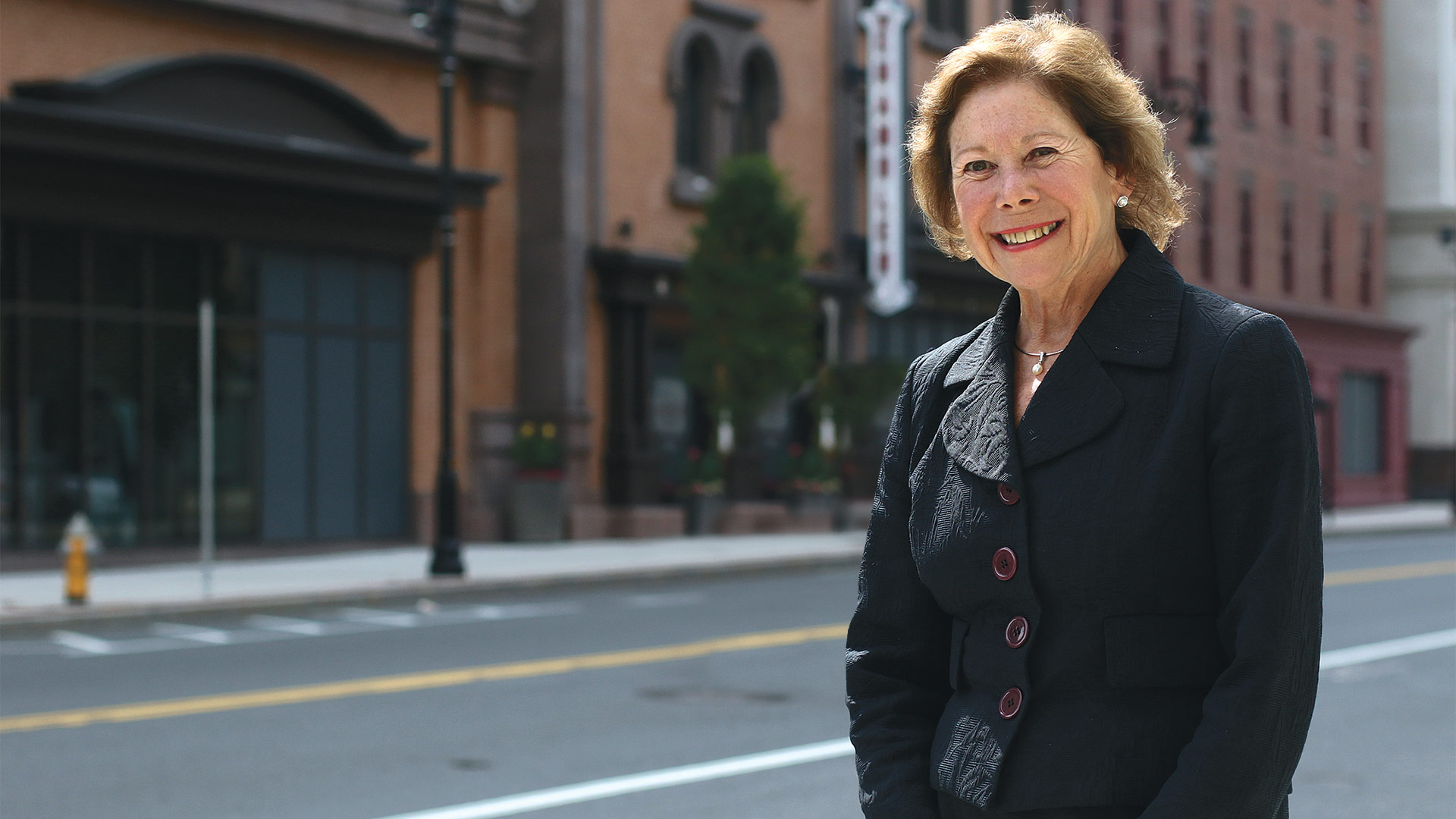
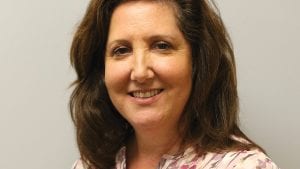
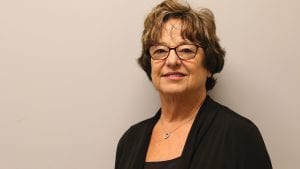
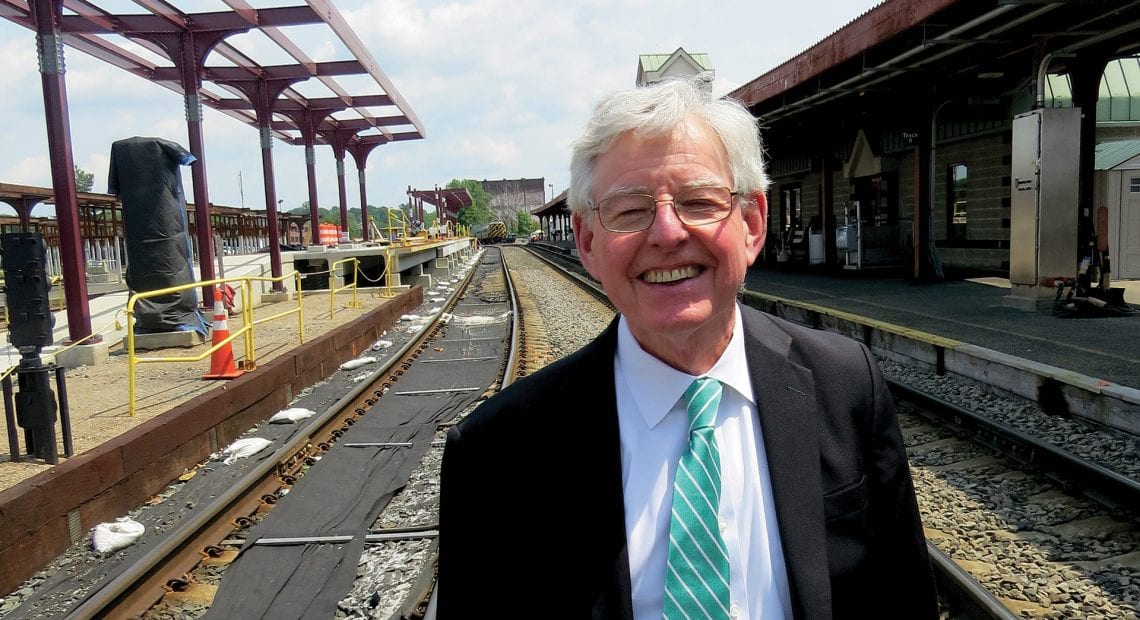
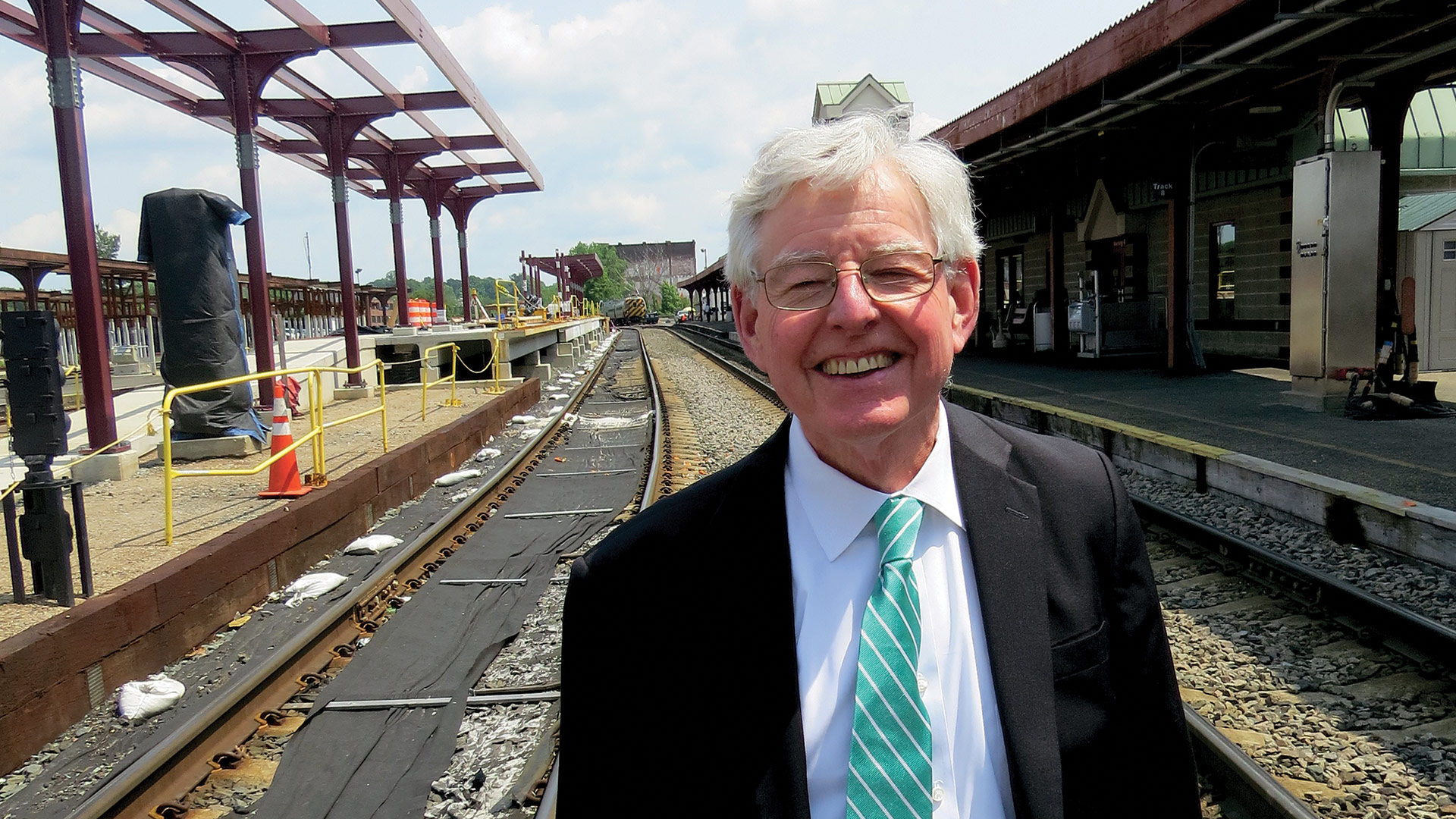


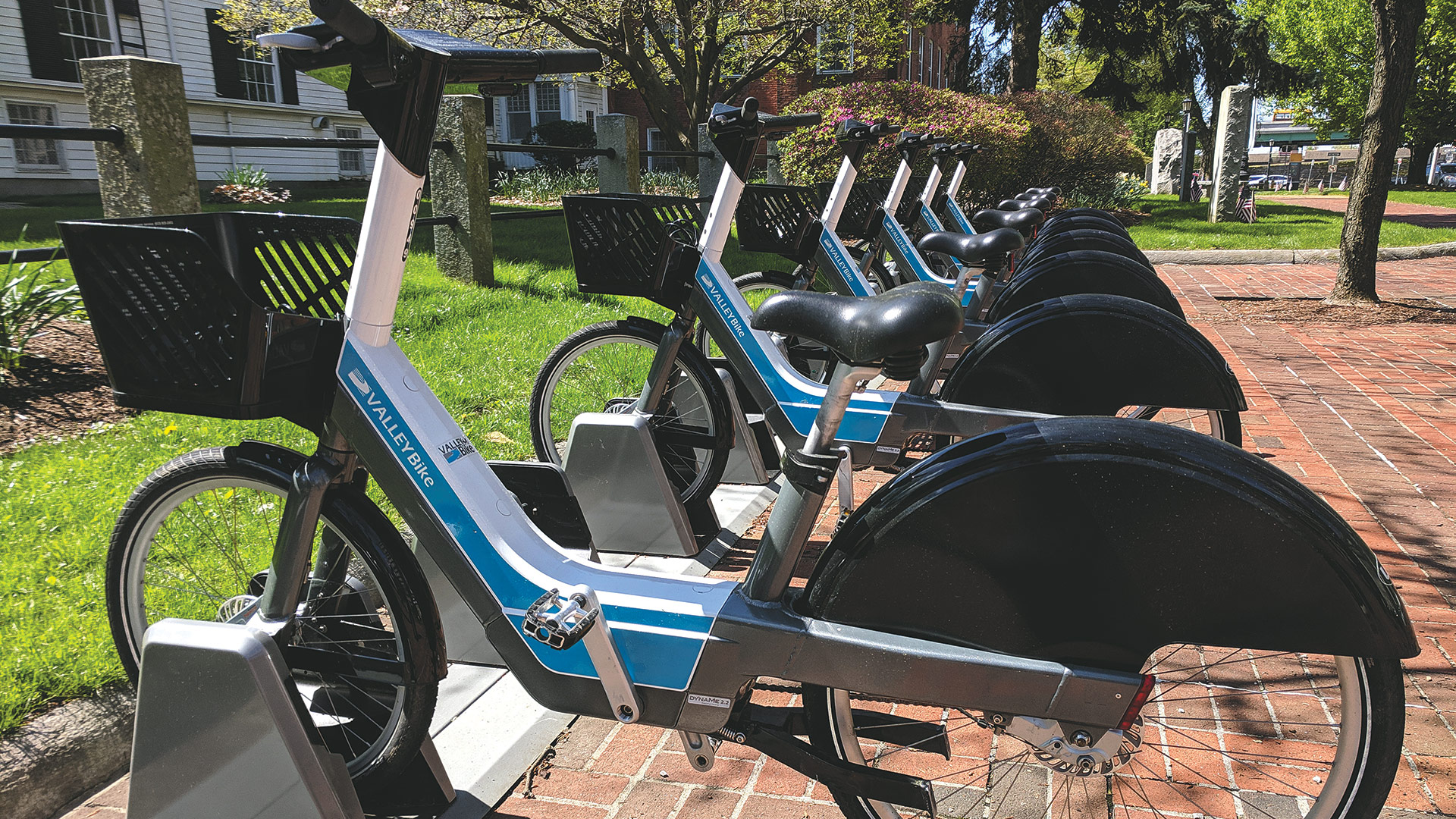






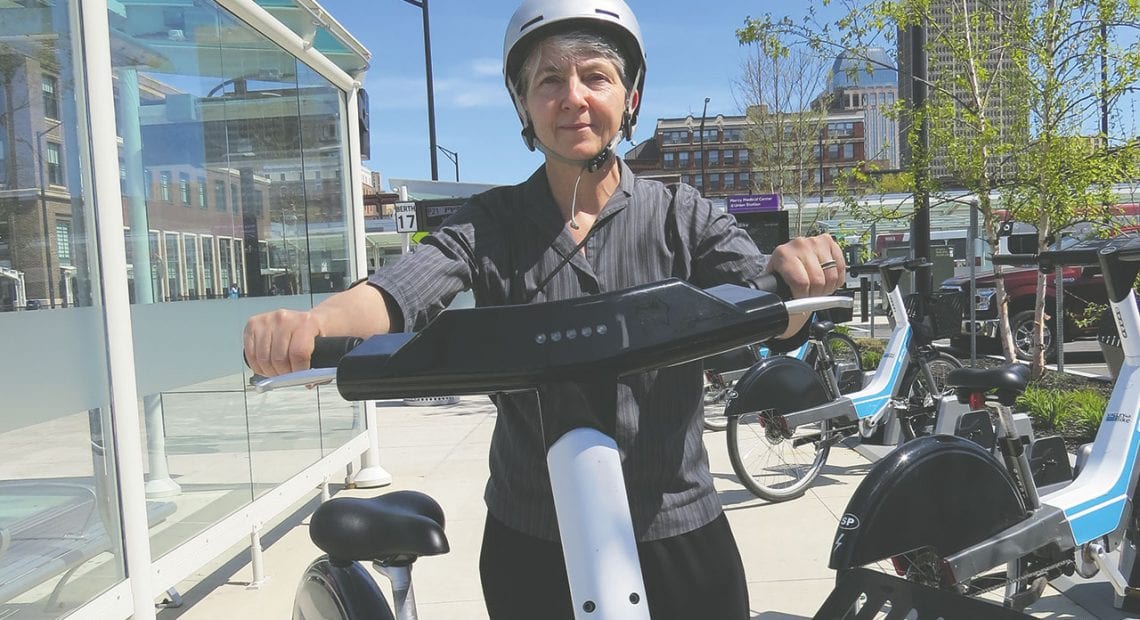
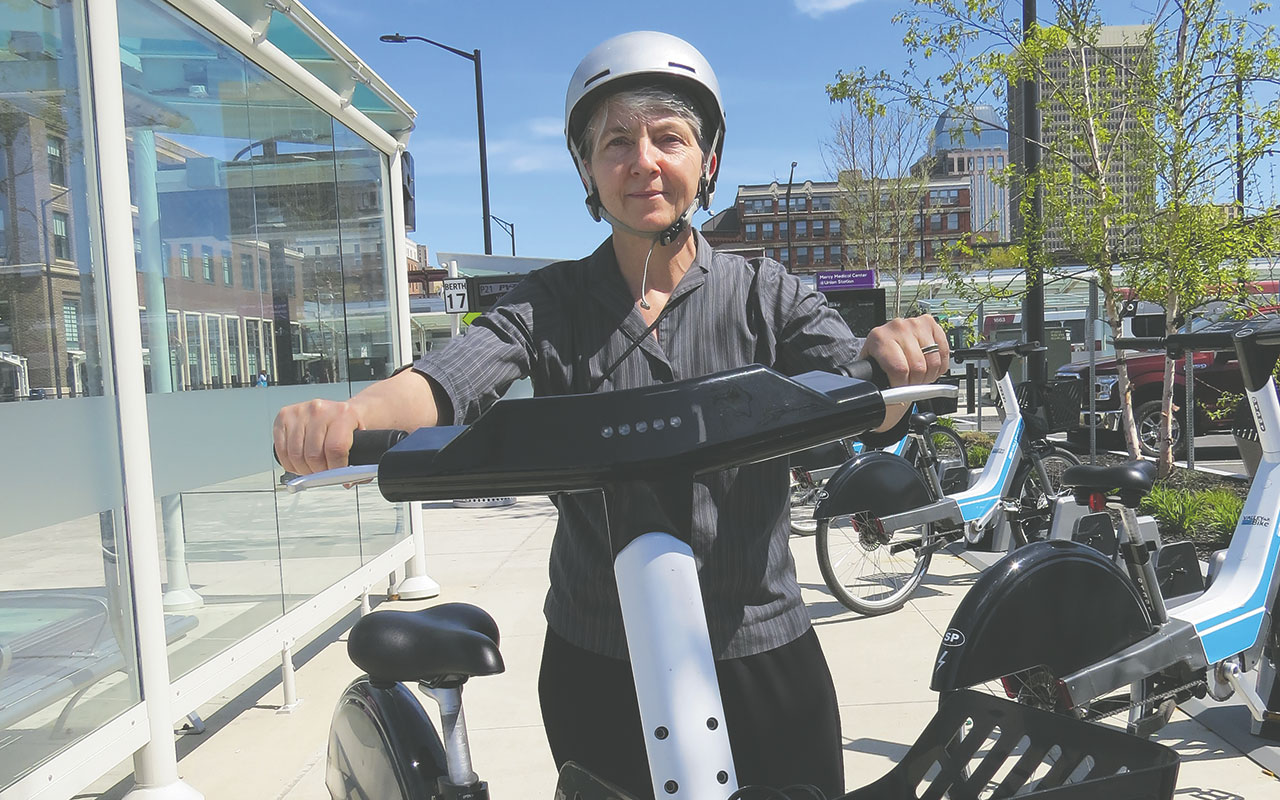
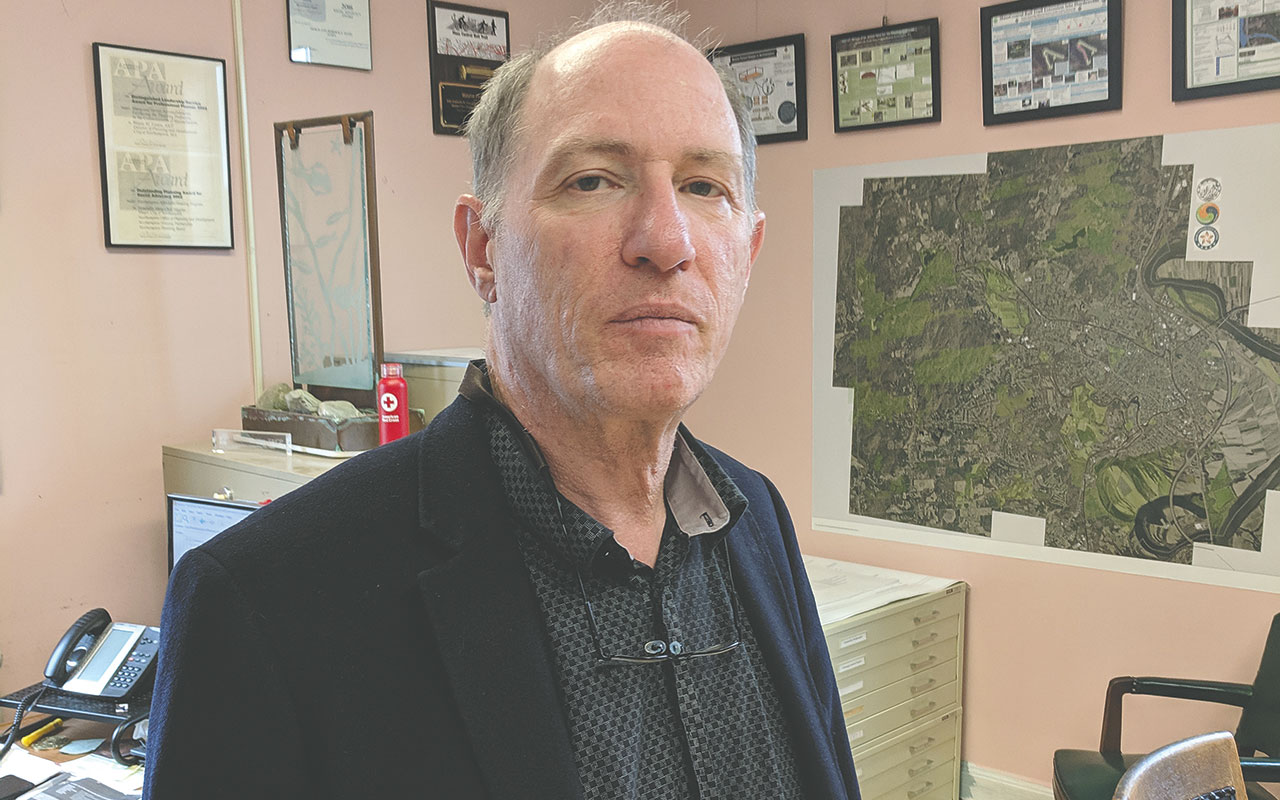





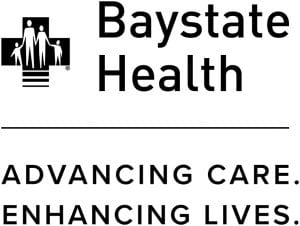







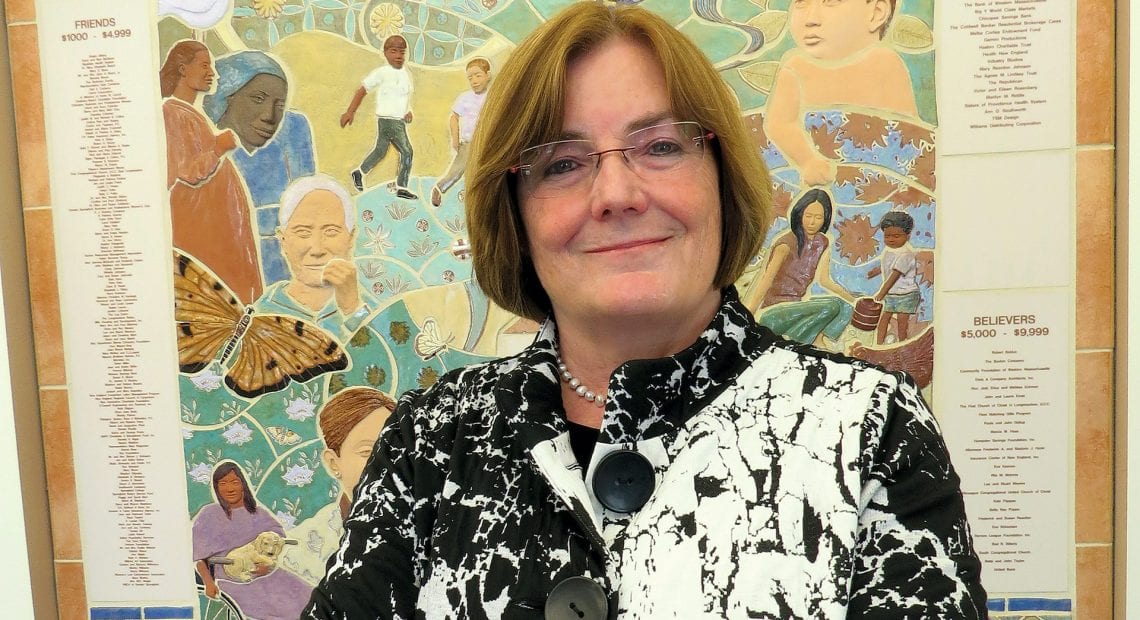
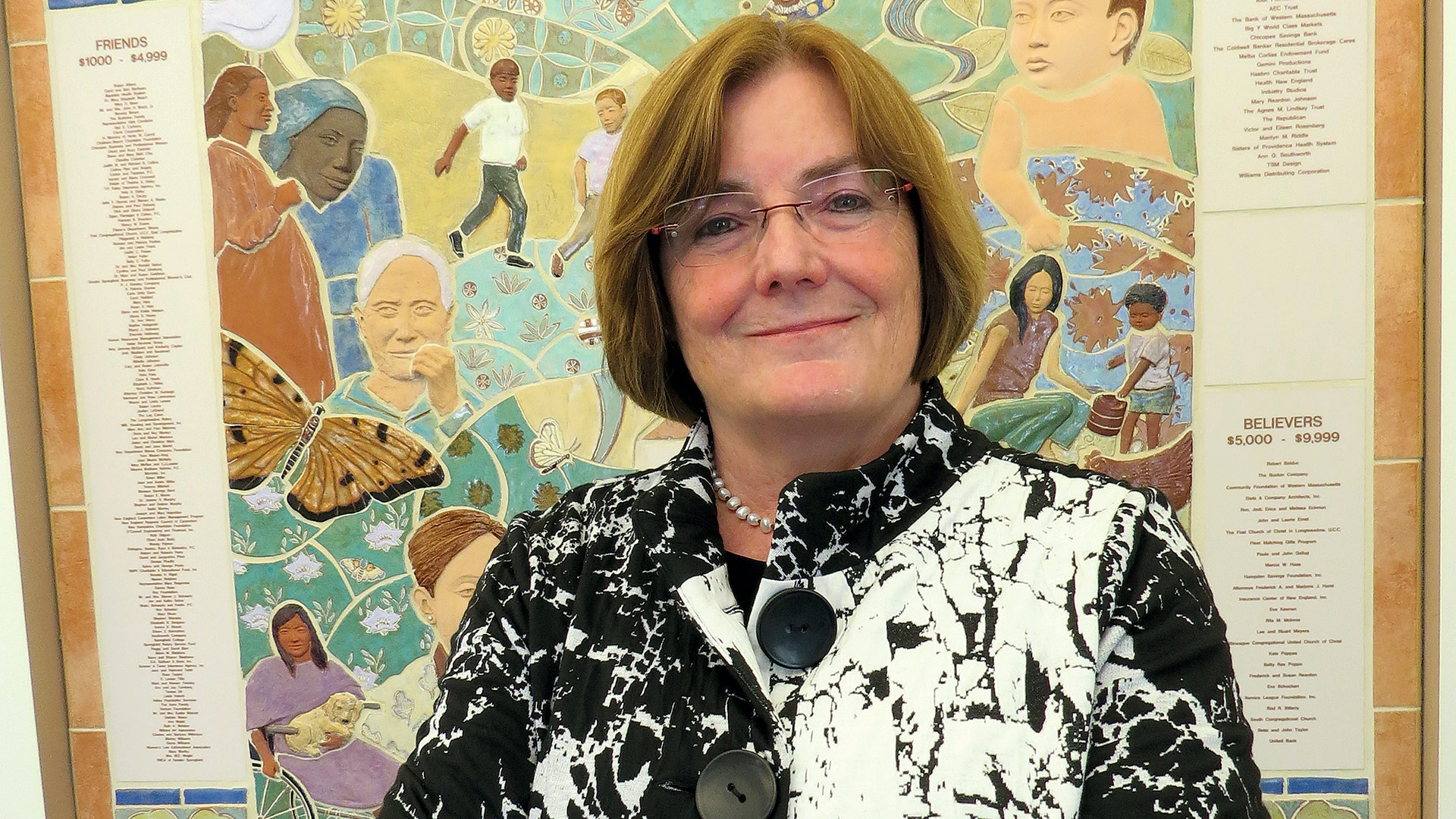

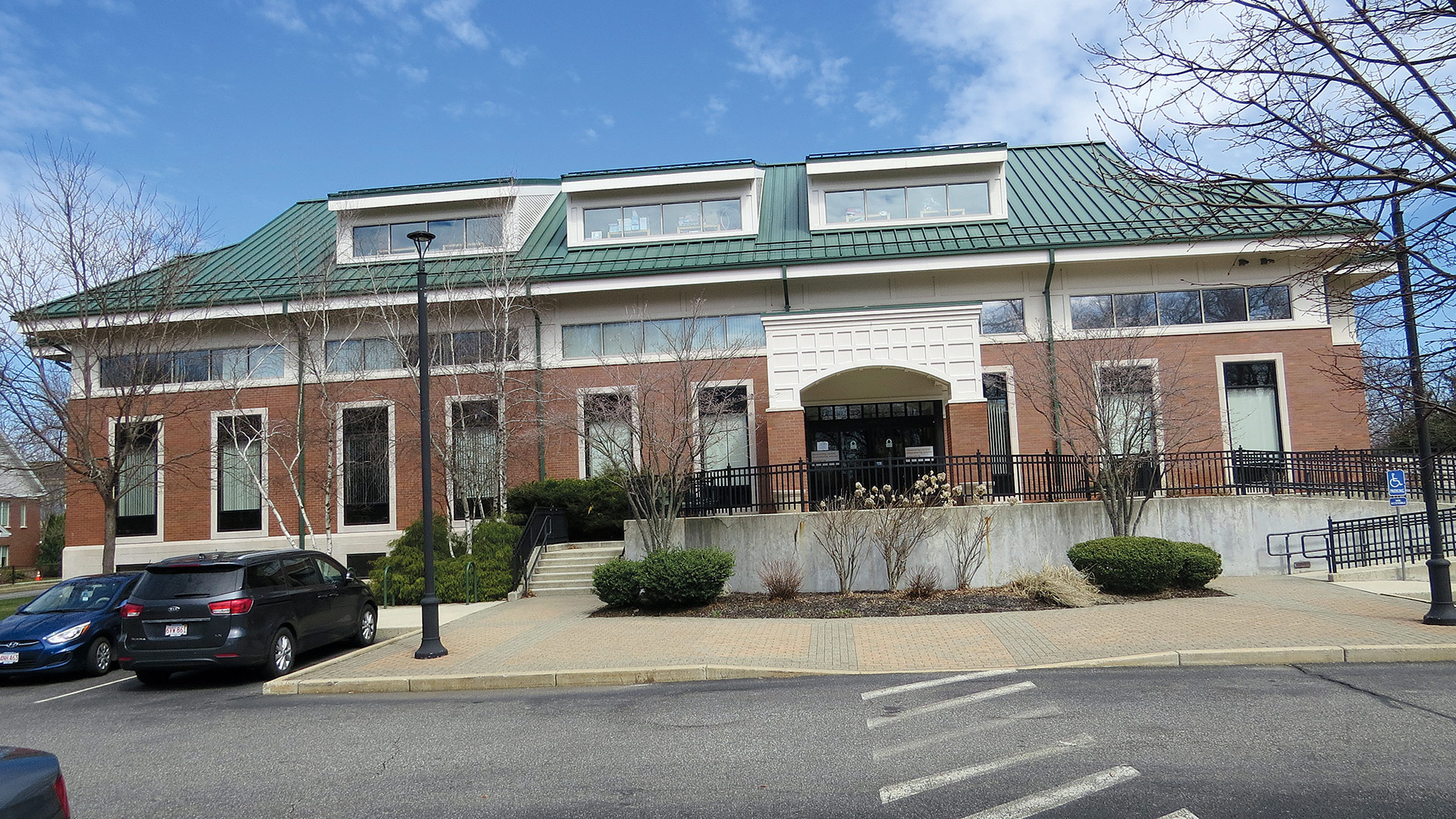
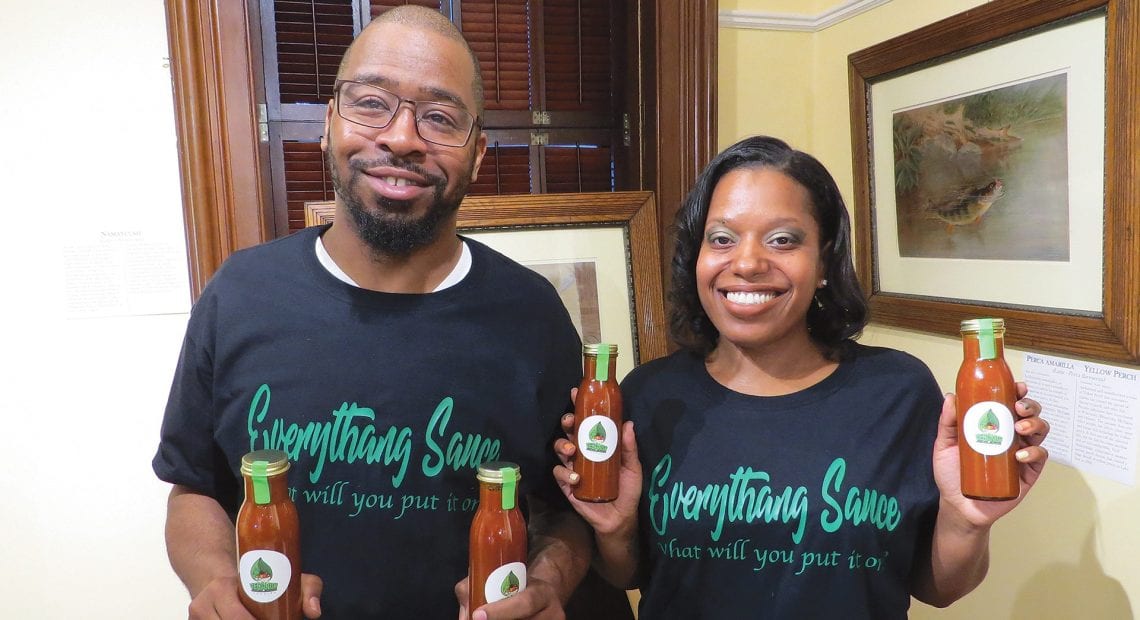
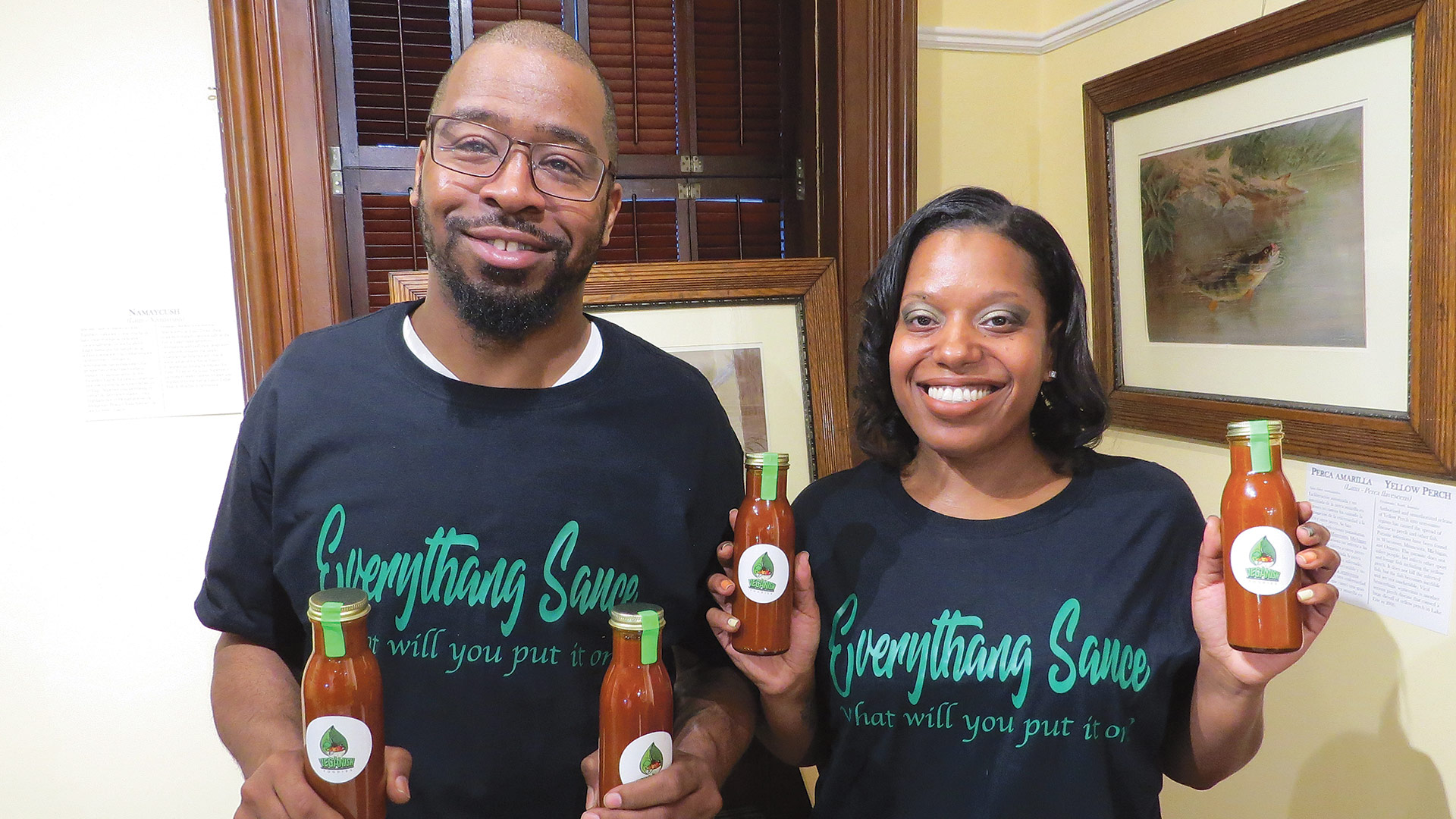
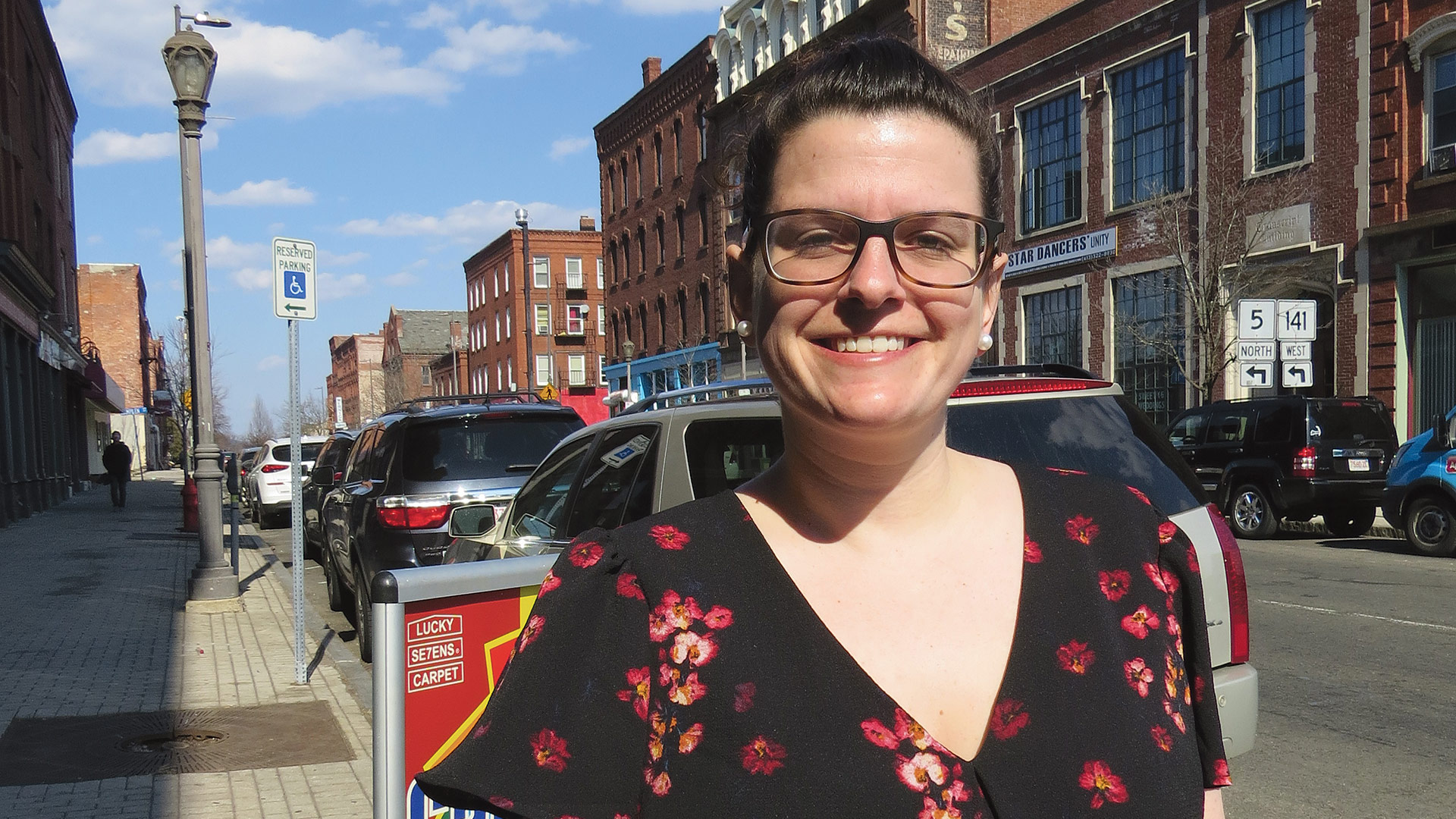



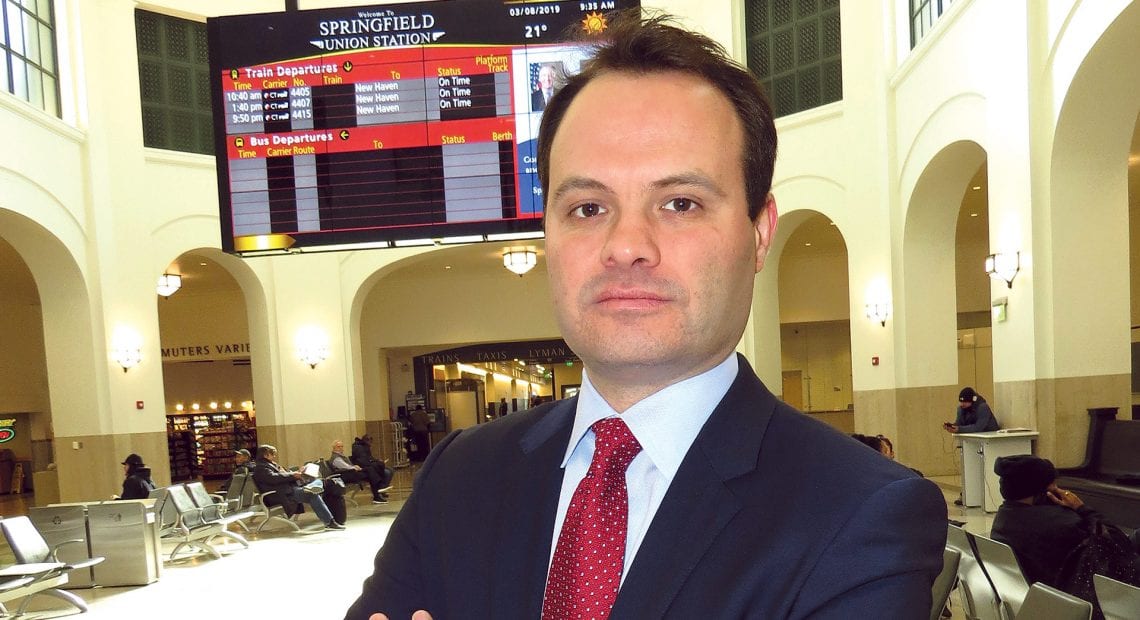

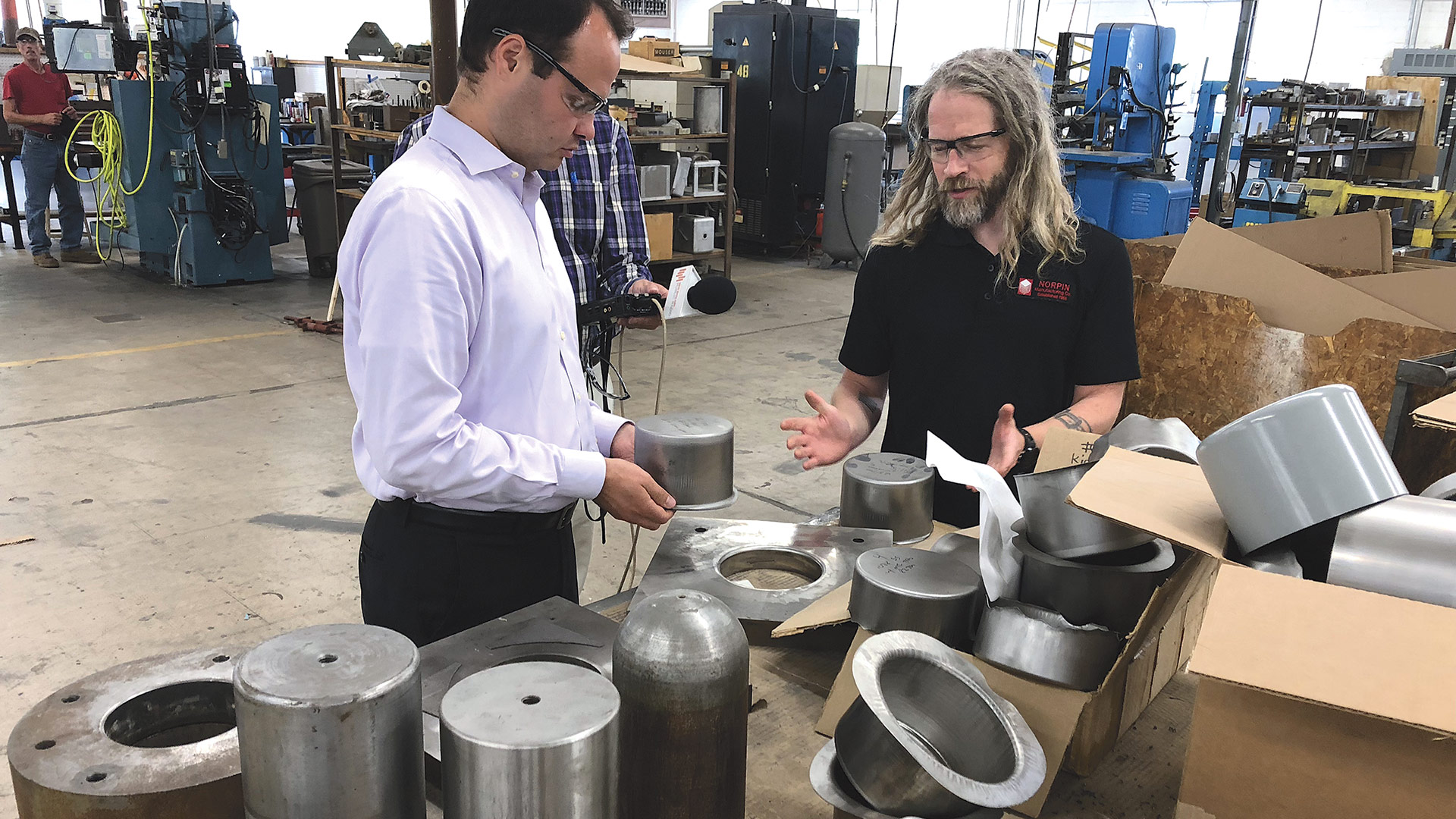

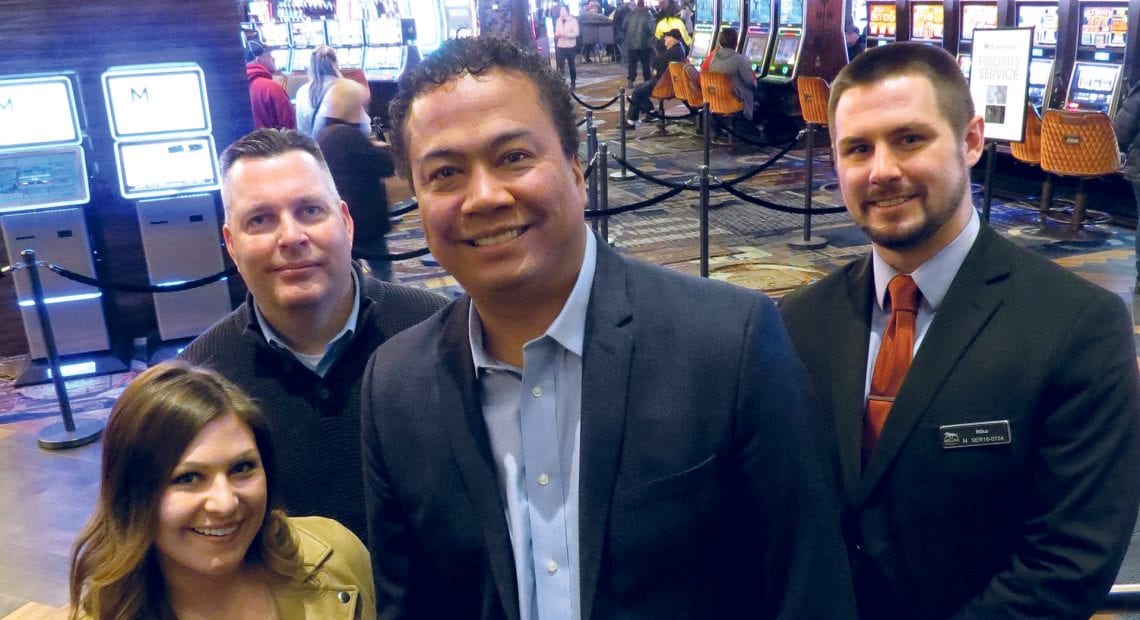
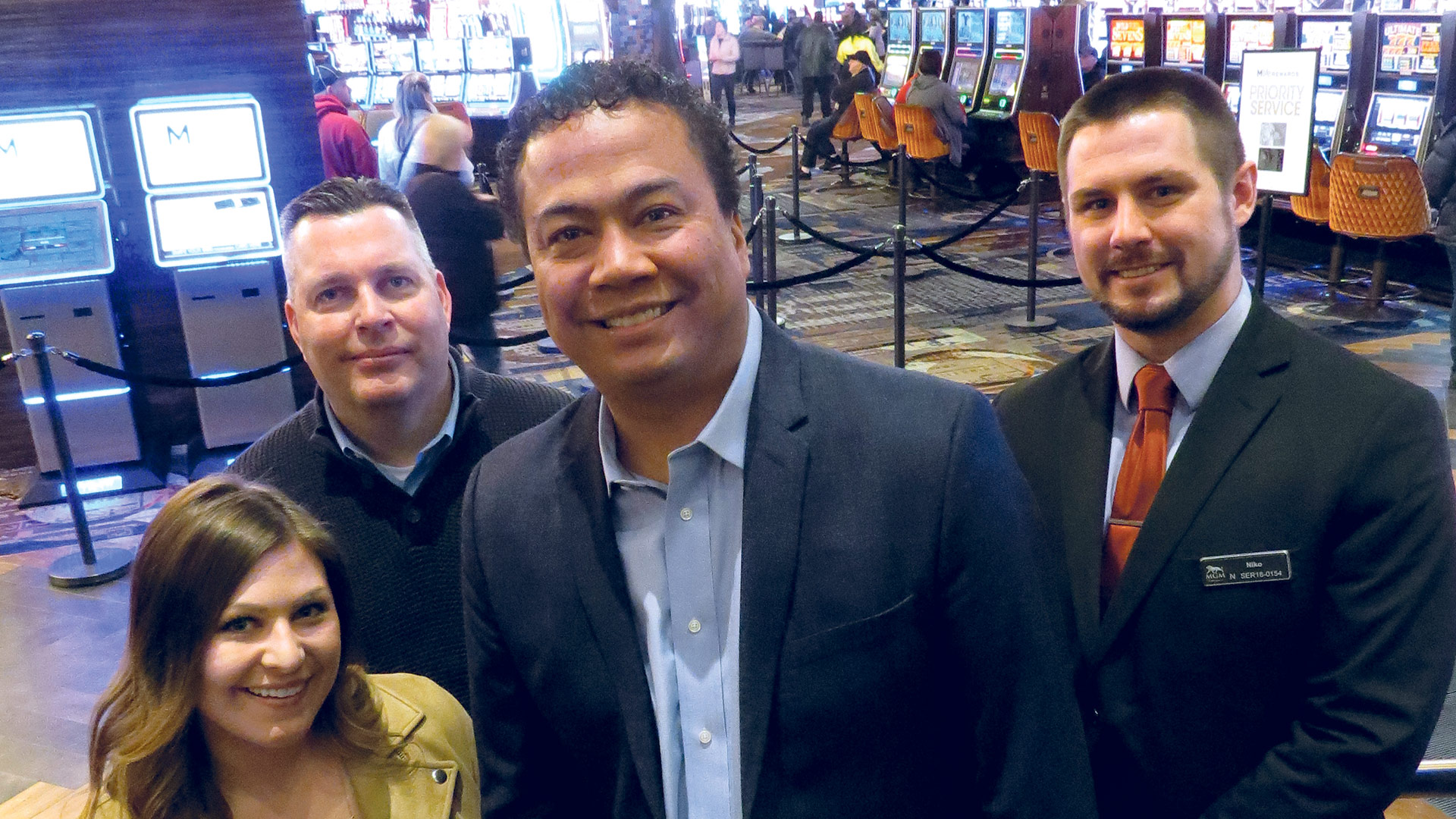


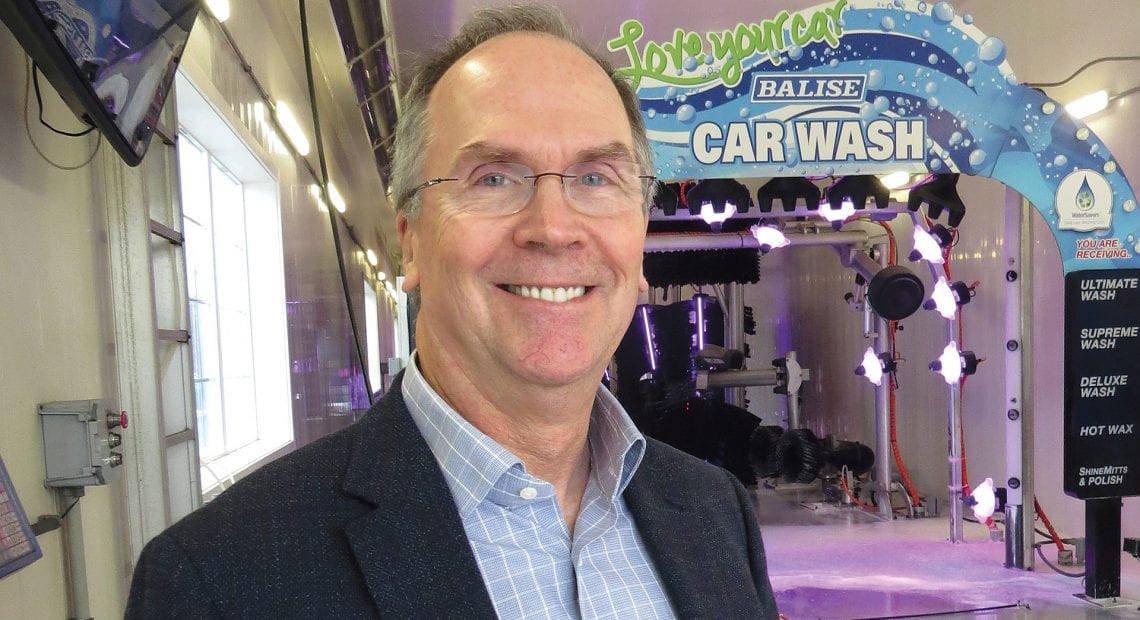

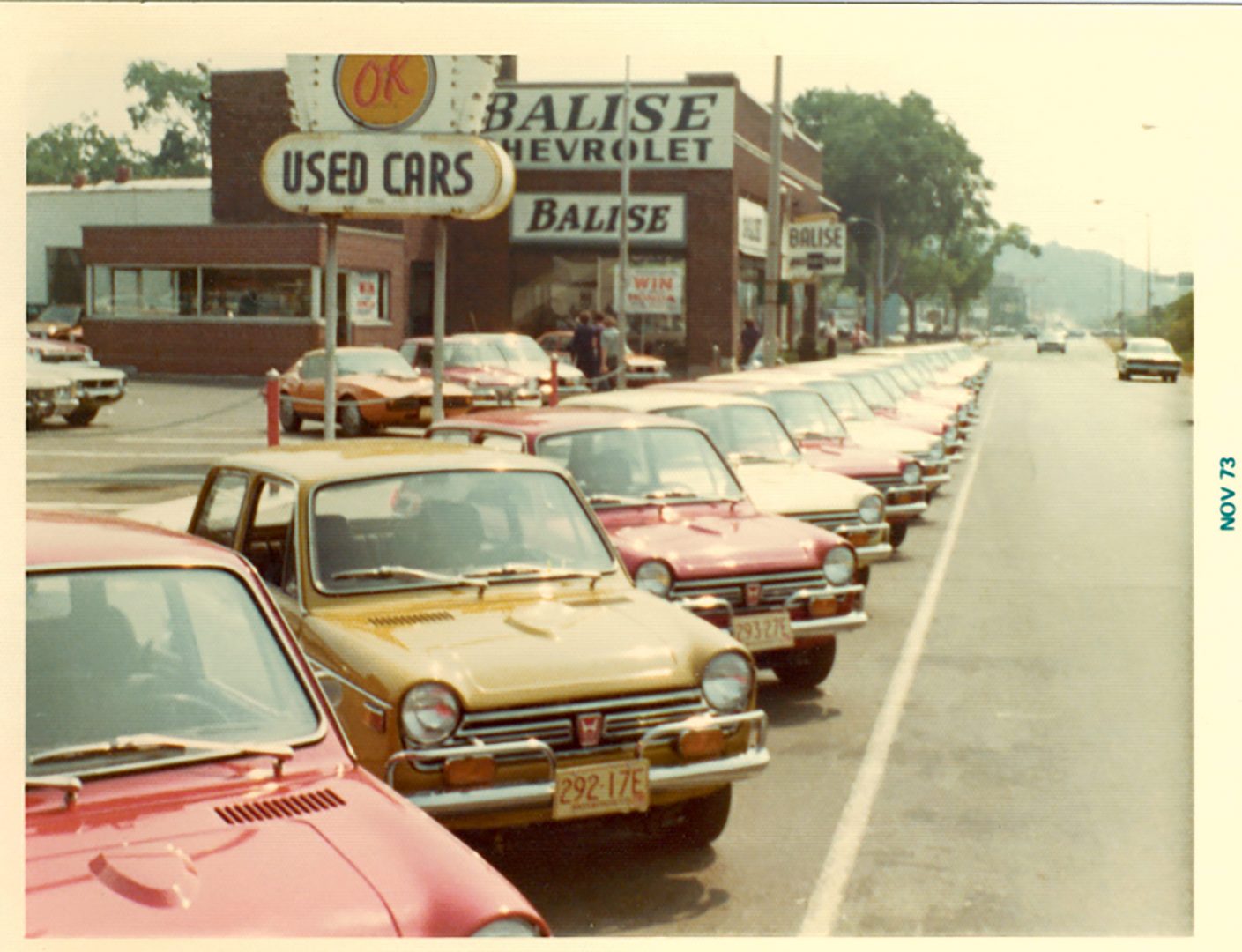
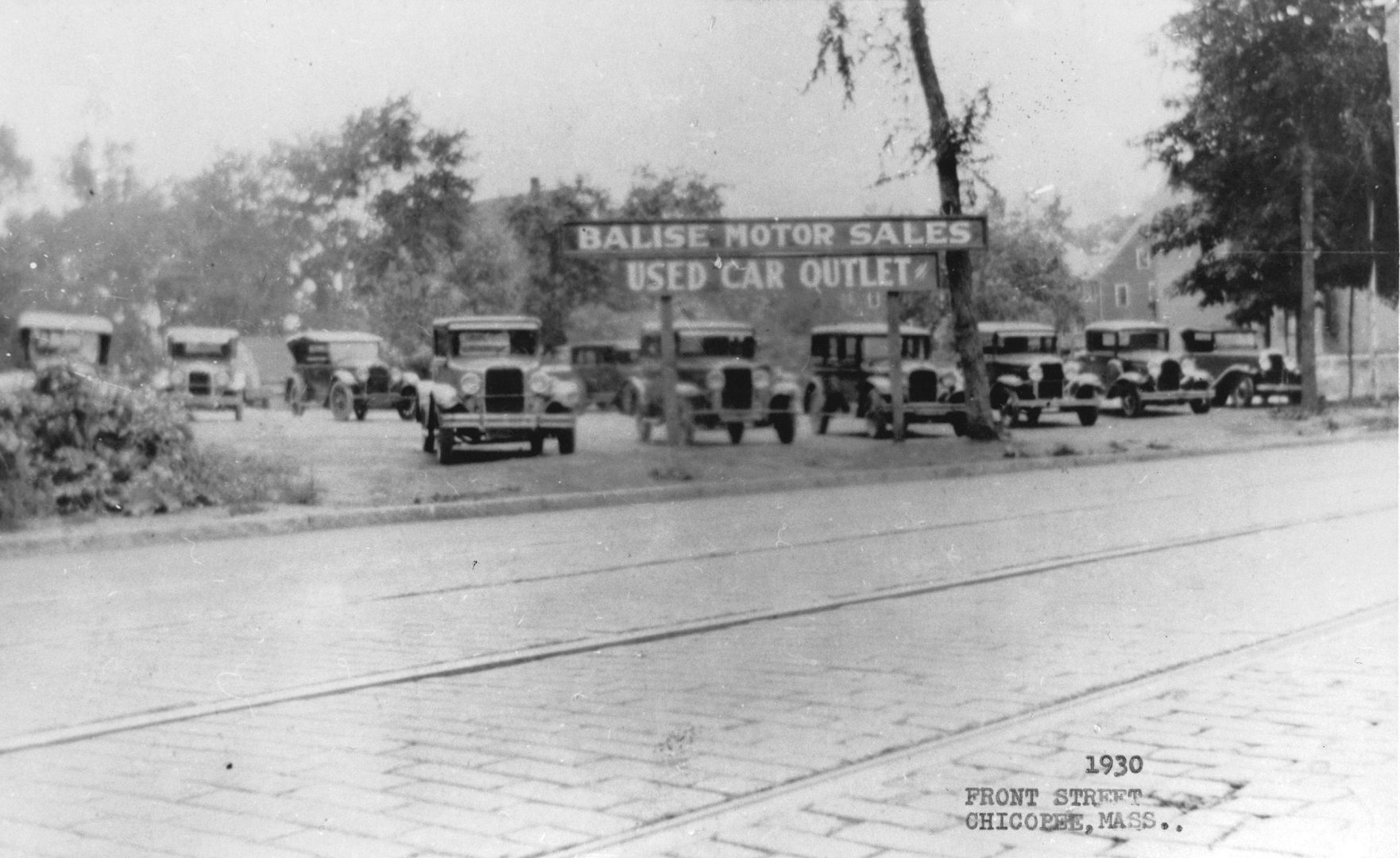
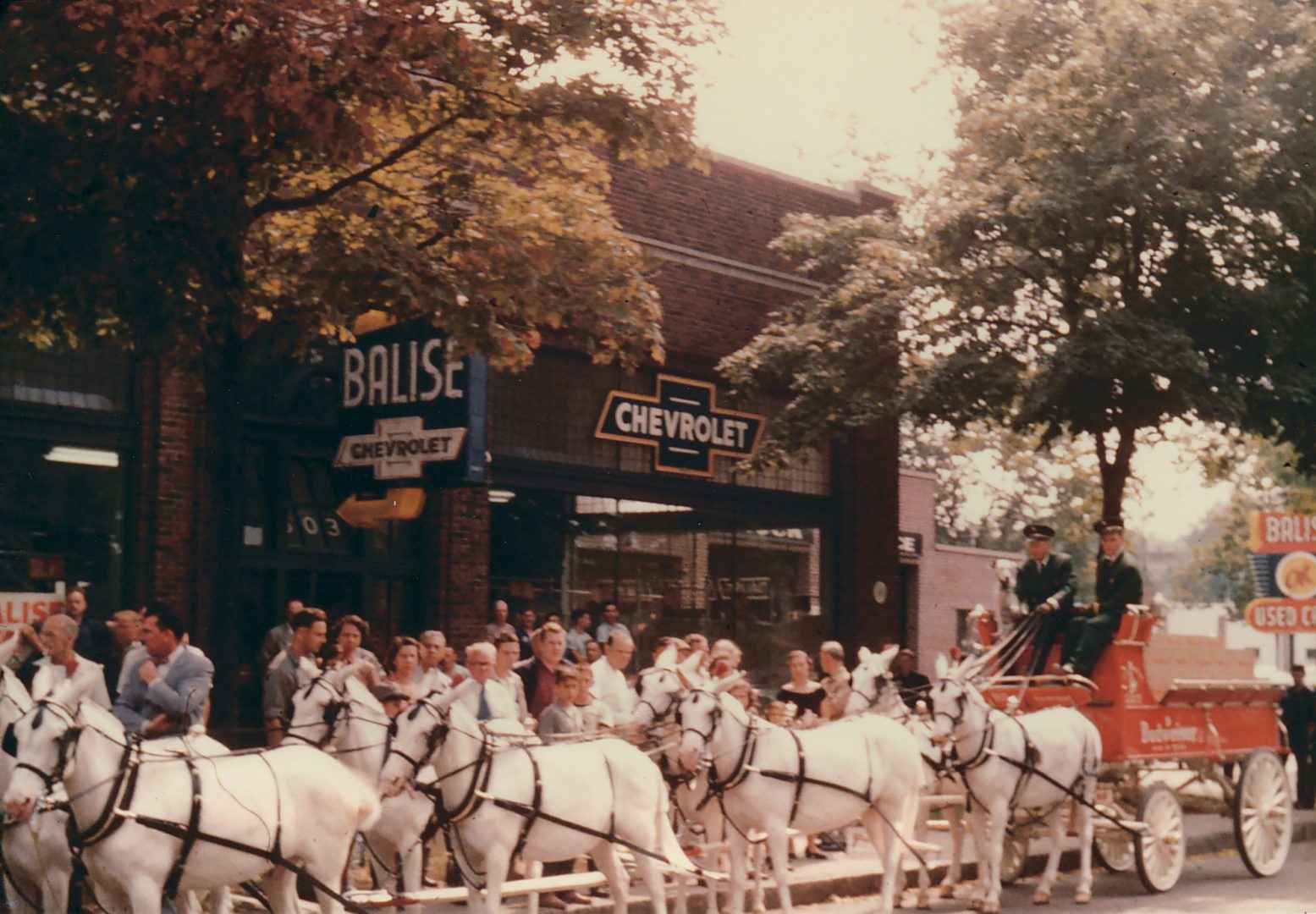
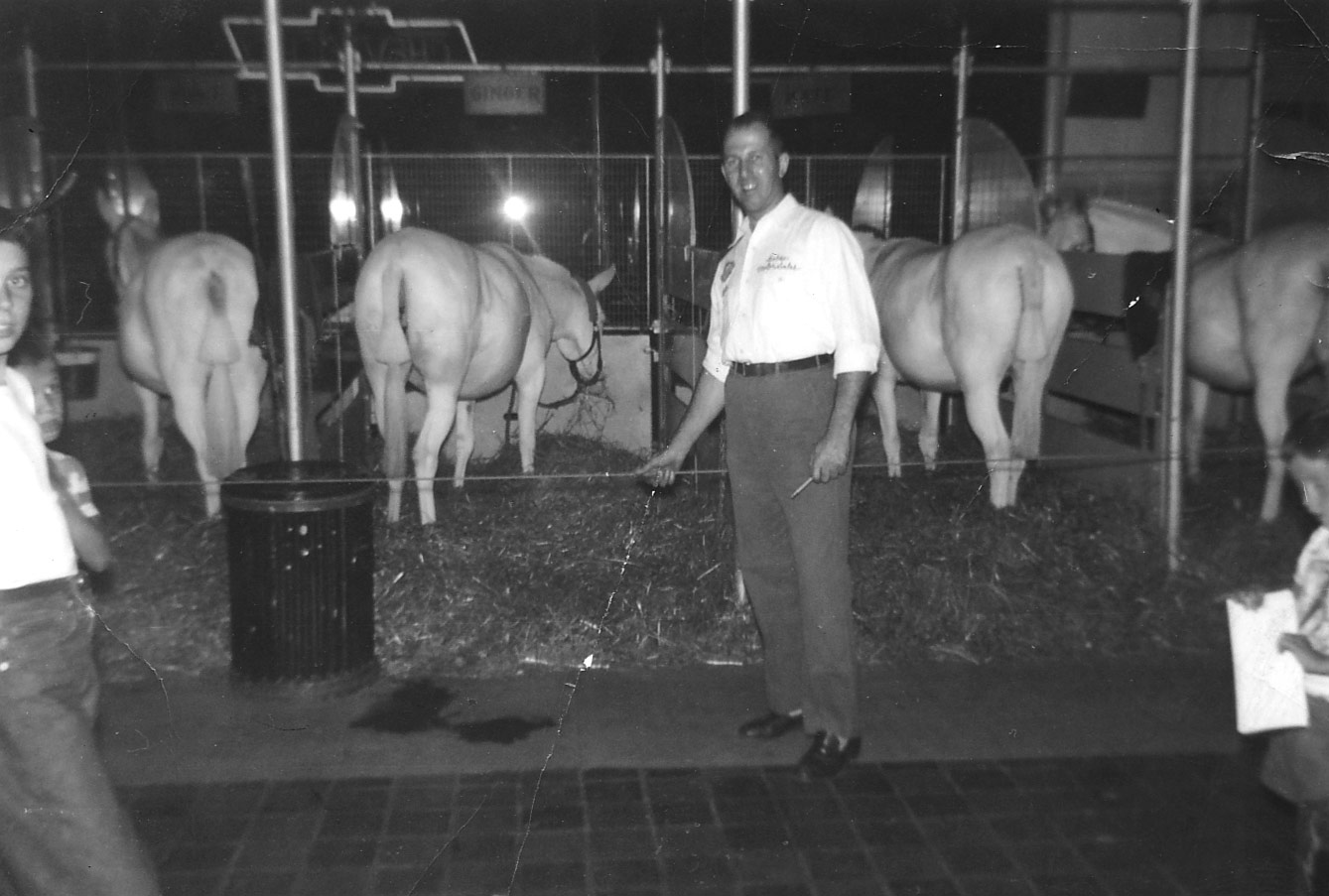
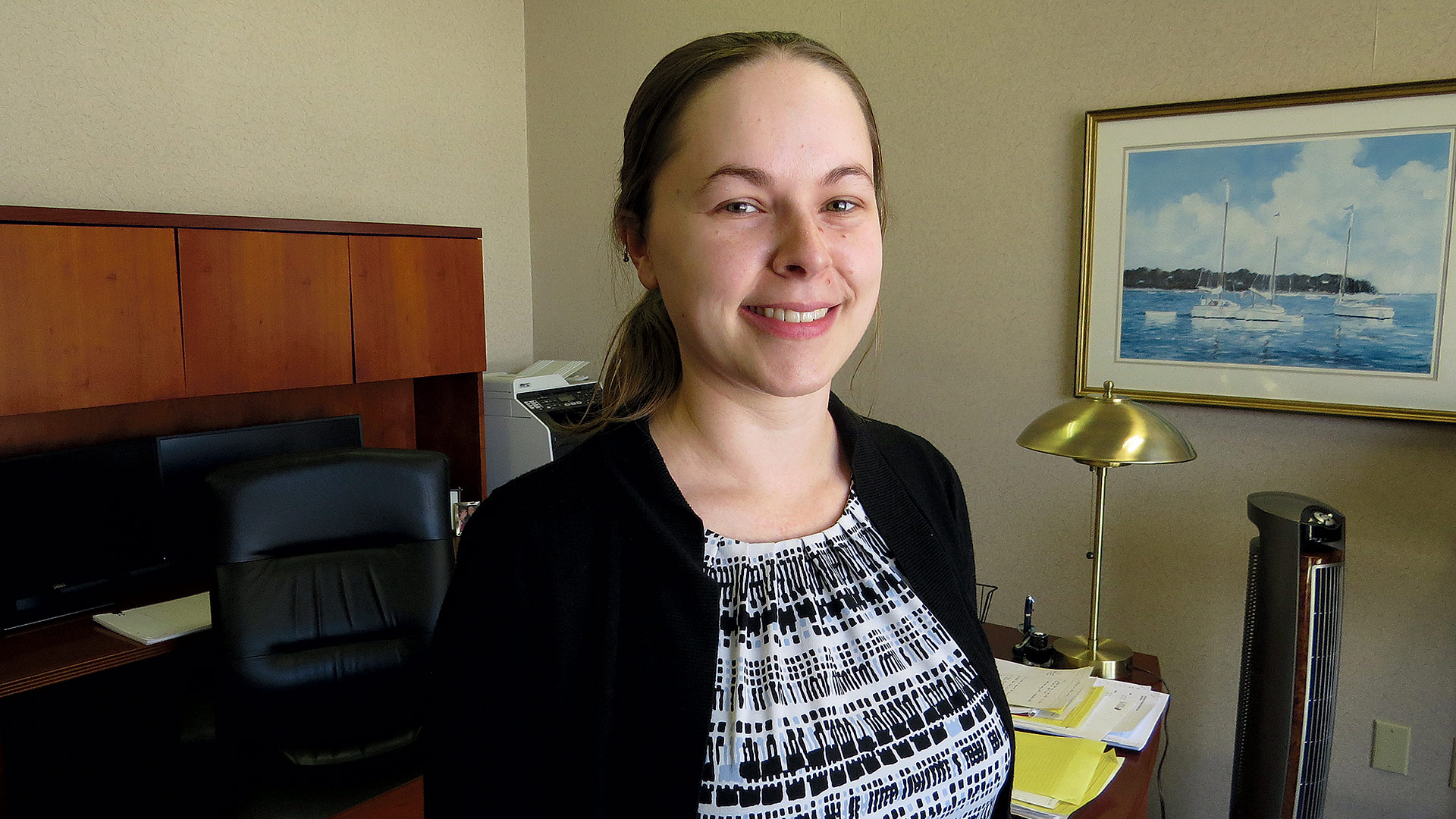
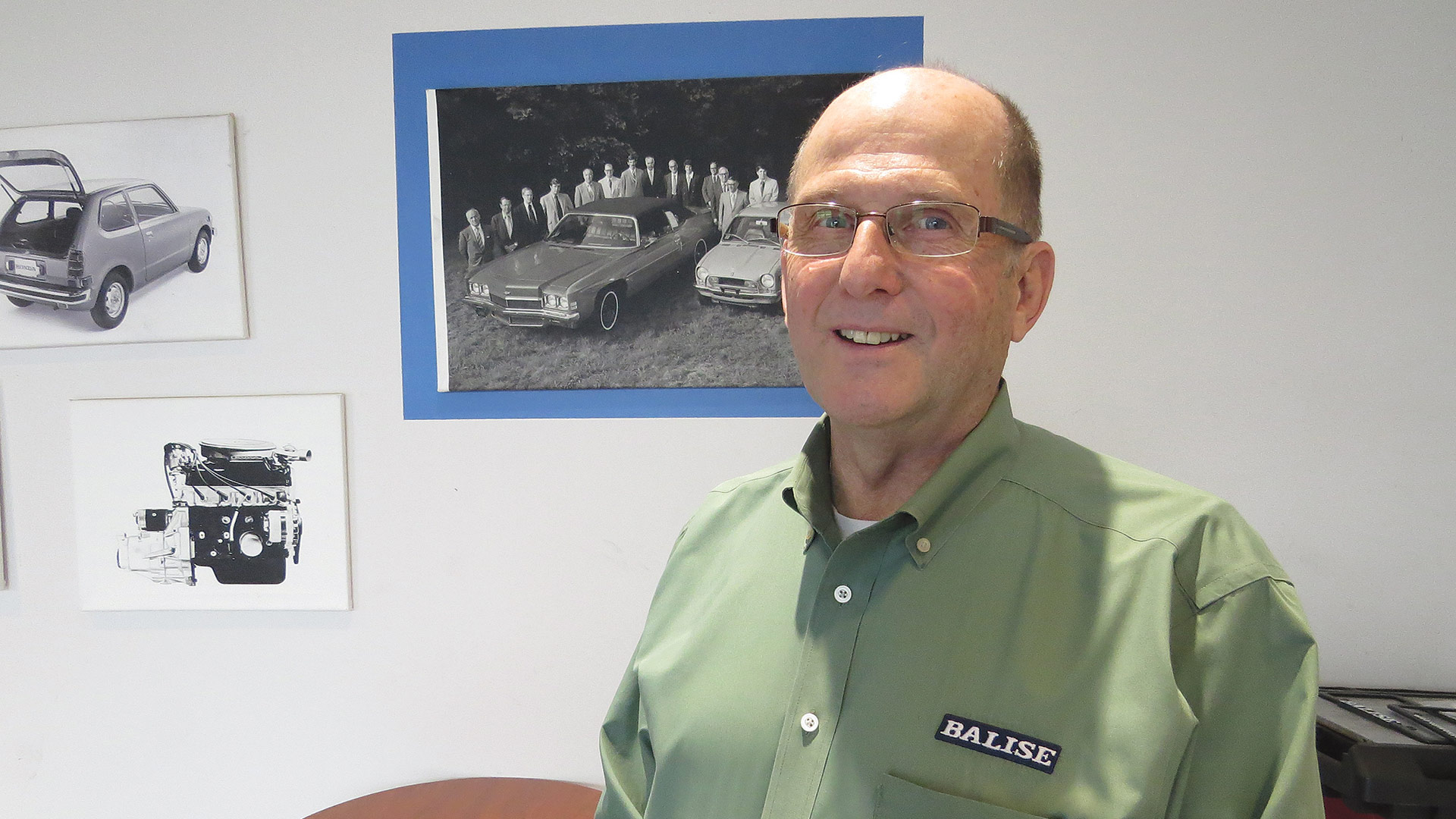
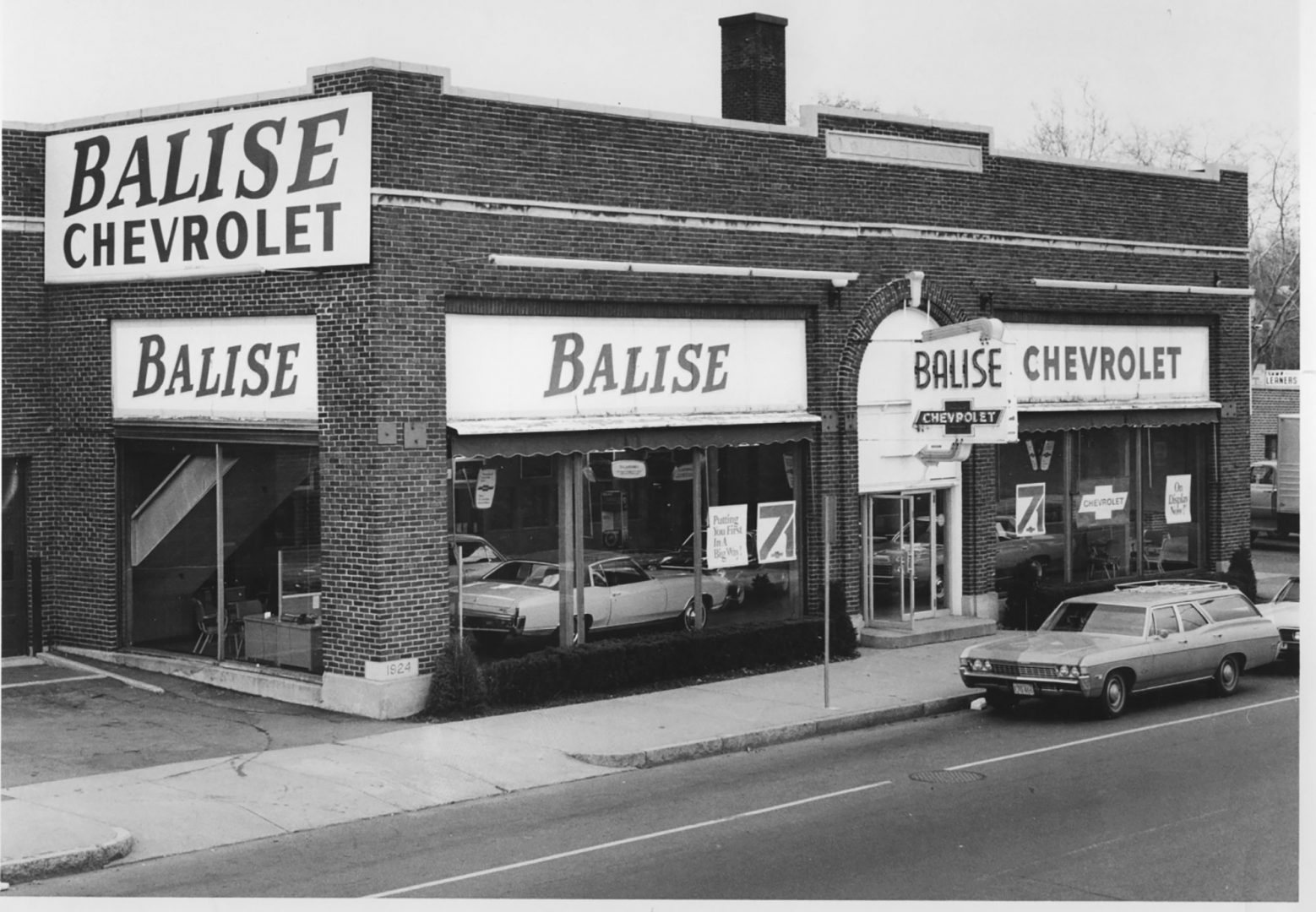

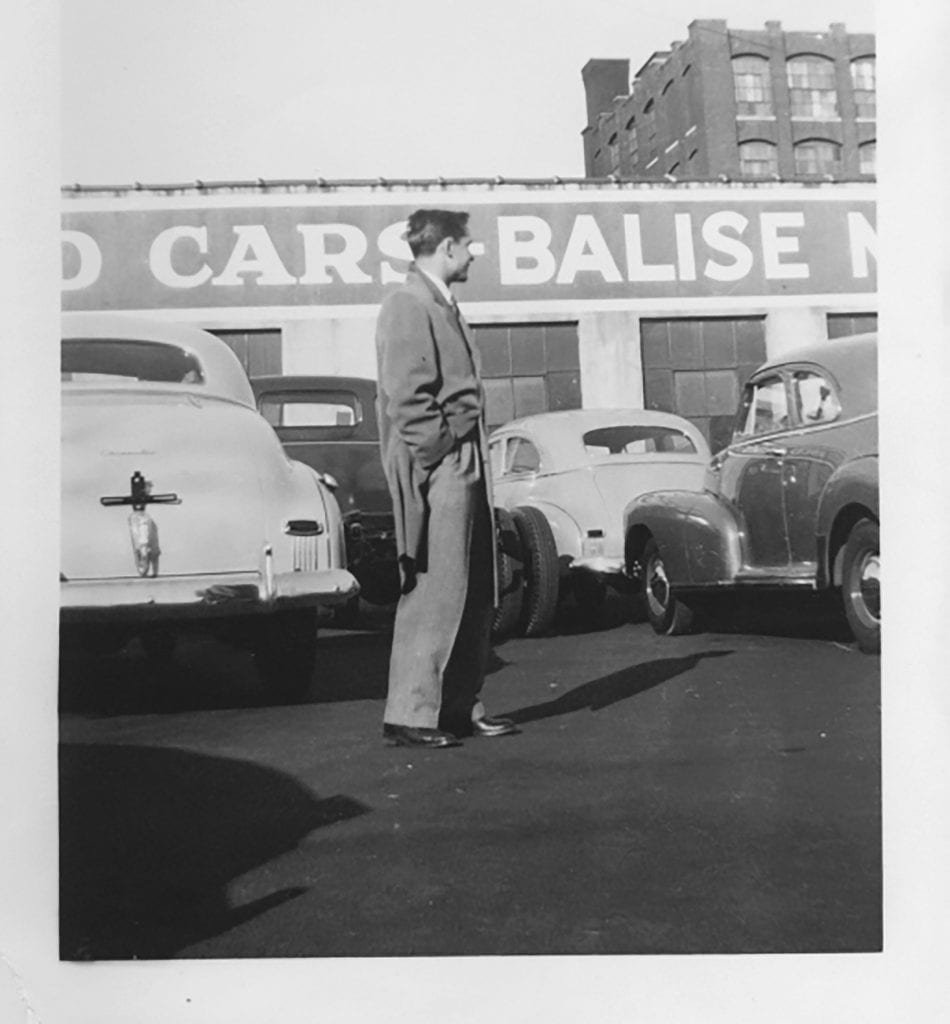
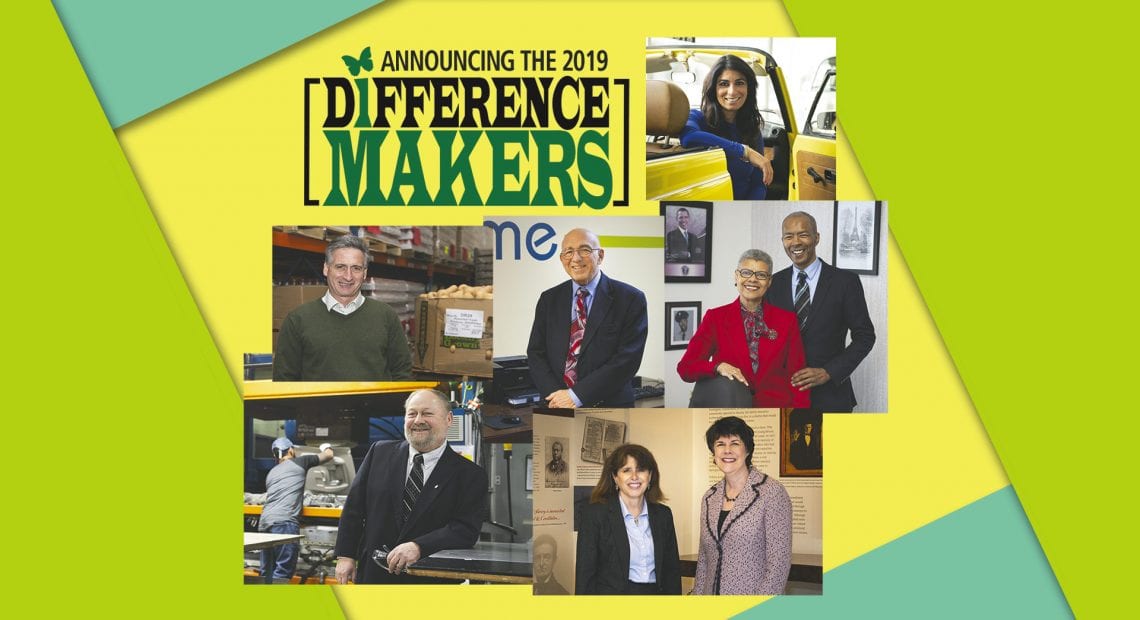
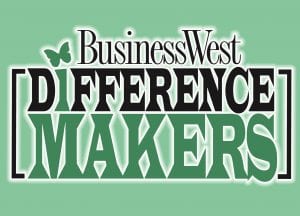 It was almost a decade ago now when Bill Ward, then the executive director of the Regional Employment Board of Hampden County, stepped to the podium at the Log Cabin Banquet & Meeting House in Holyoke to accept the first Difference Maker award presented by BusinessWest.
It was almost a decade ago now when Bill Ward, then the executive director of the Regional Employment Board of Hampden County, stepped to the podium at the Log Cabin Banquet & Meeting House in Holyoke to accept the first Difference Maker award presented by BusinessWest.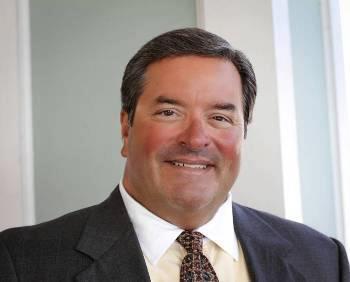

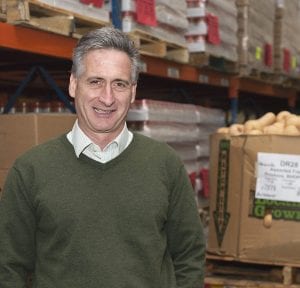


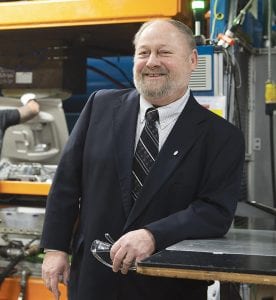








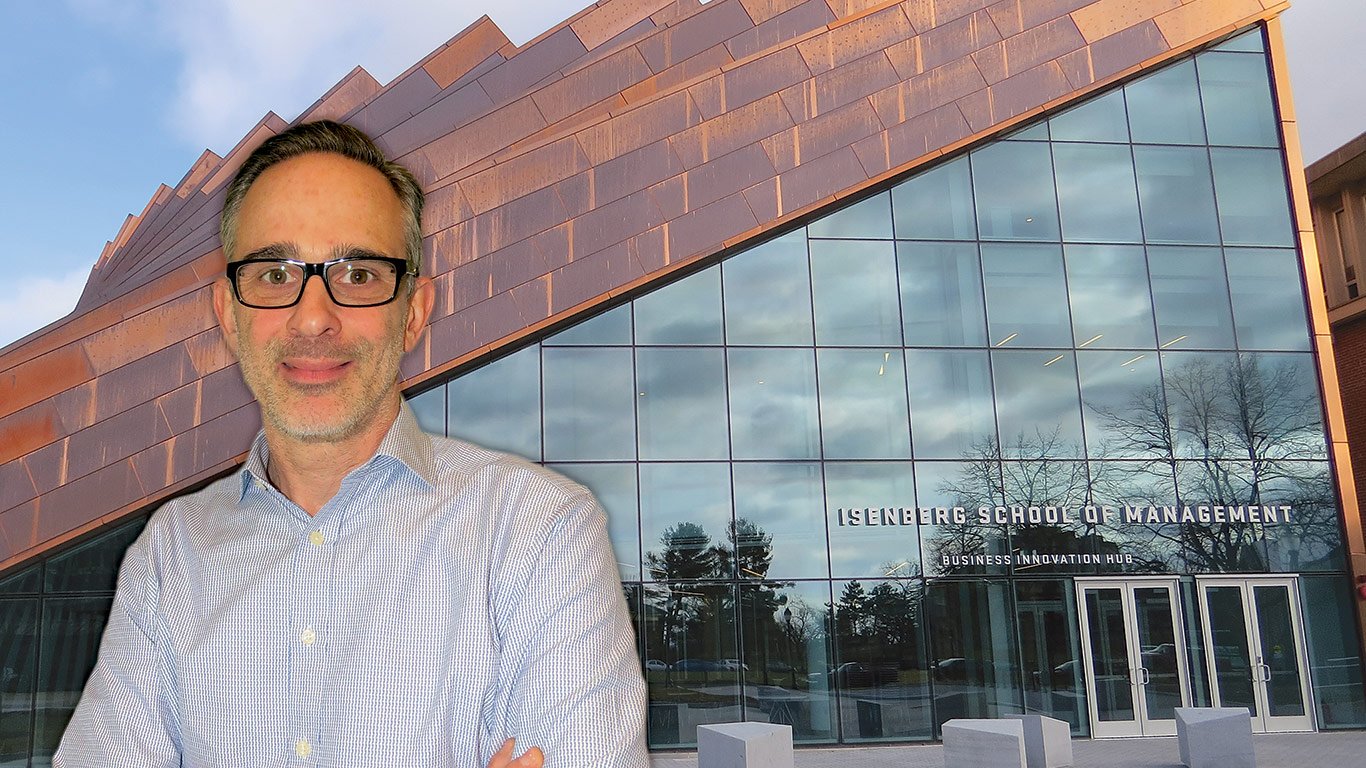

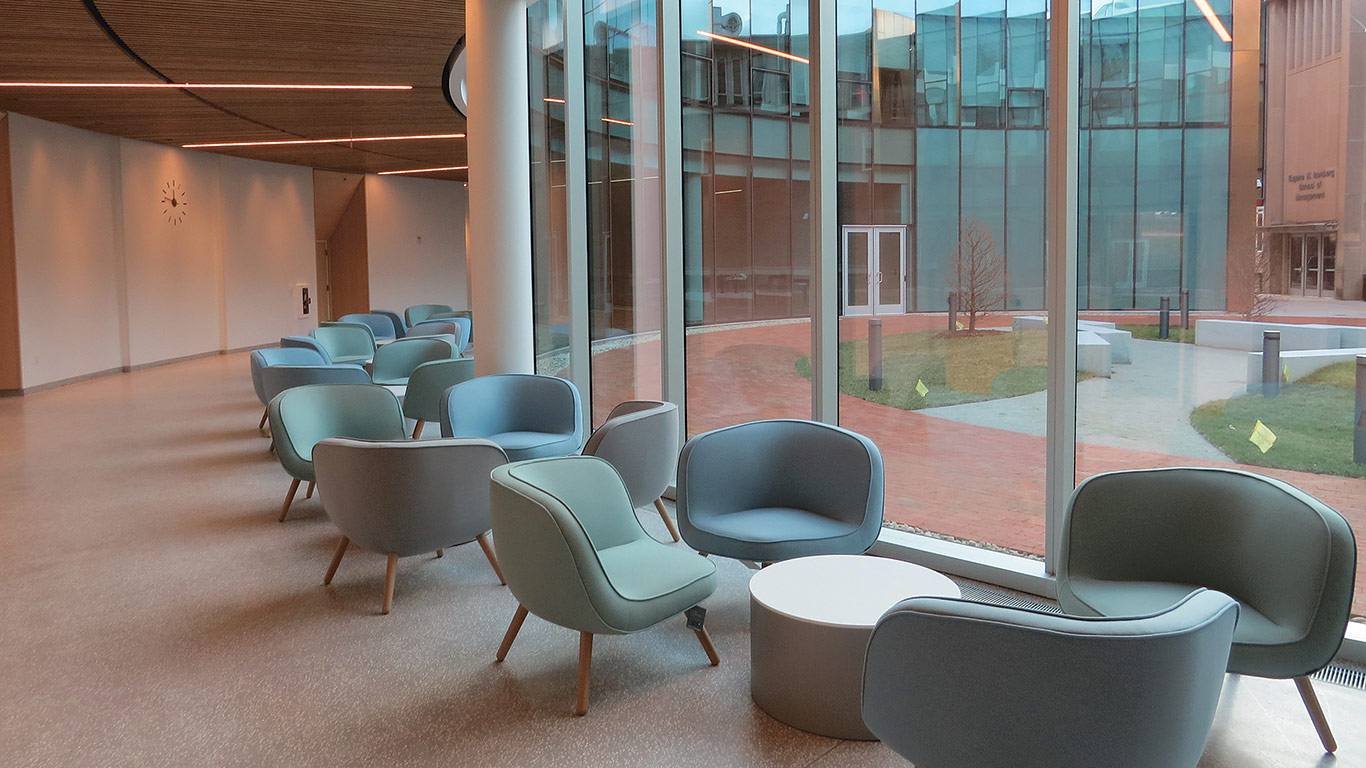

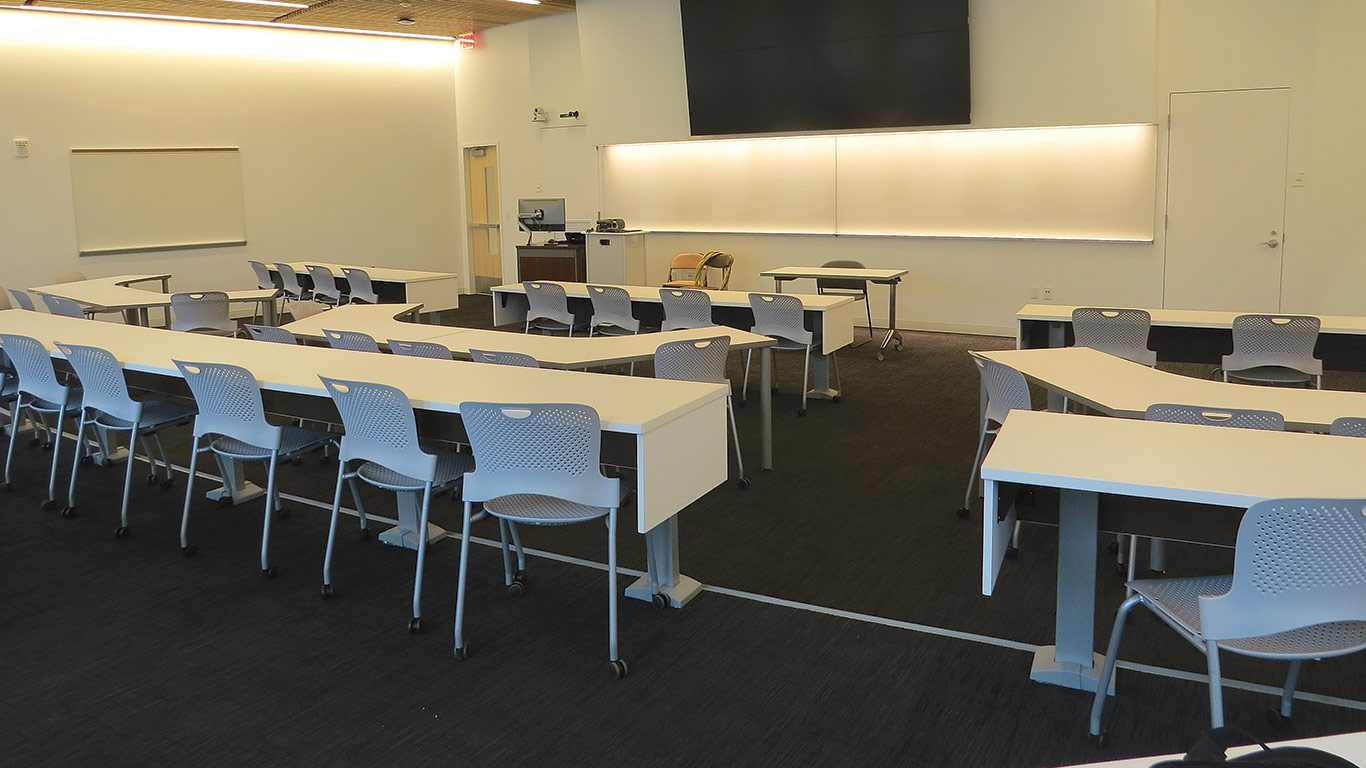
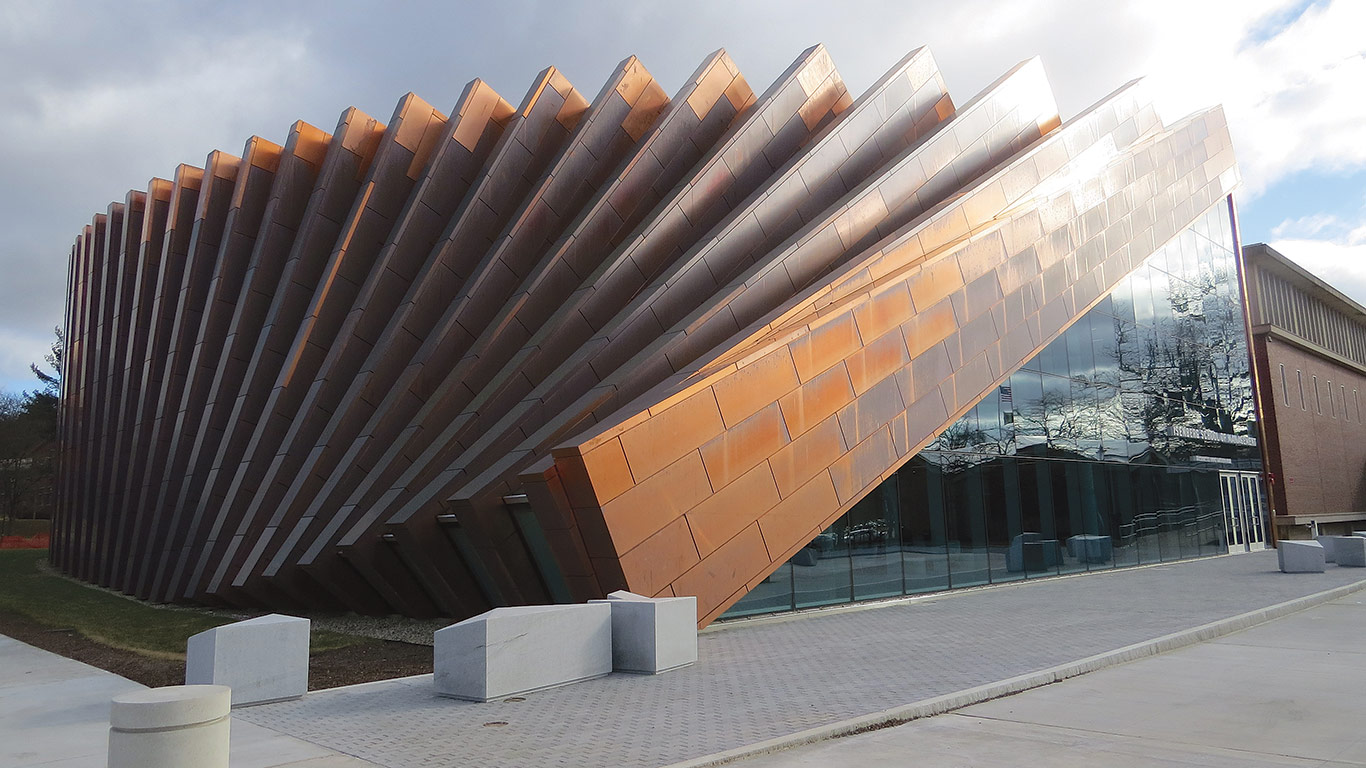

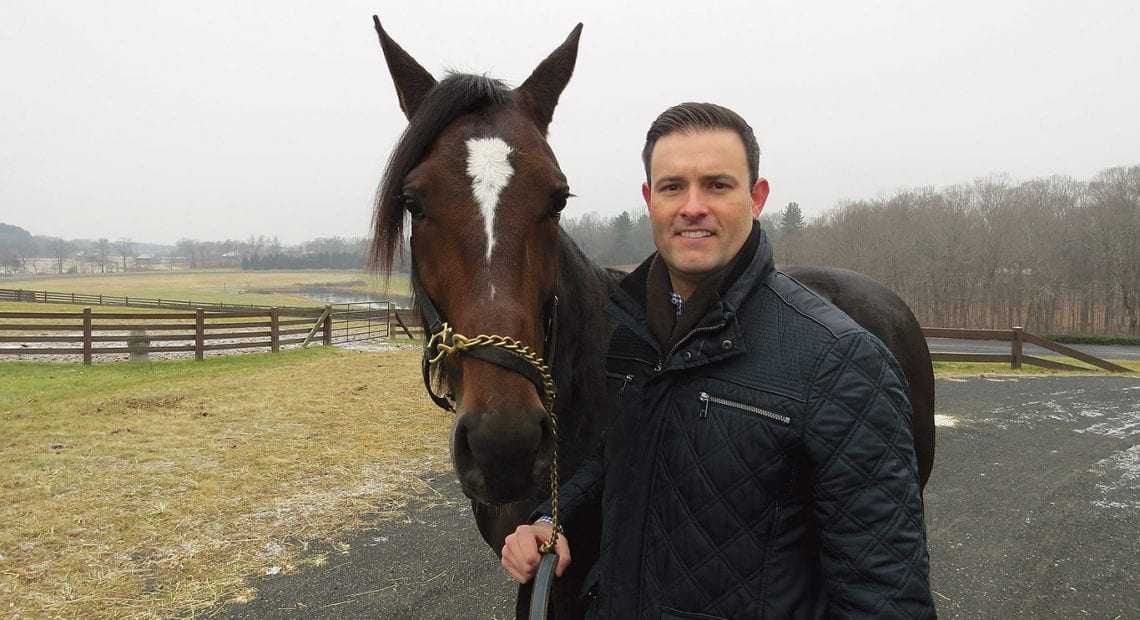
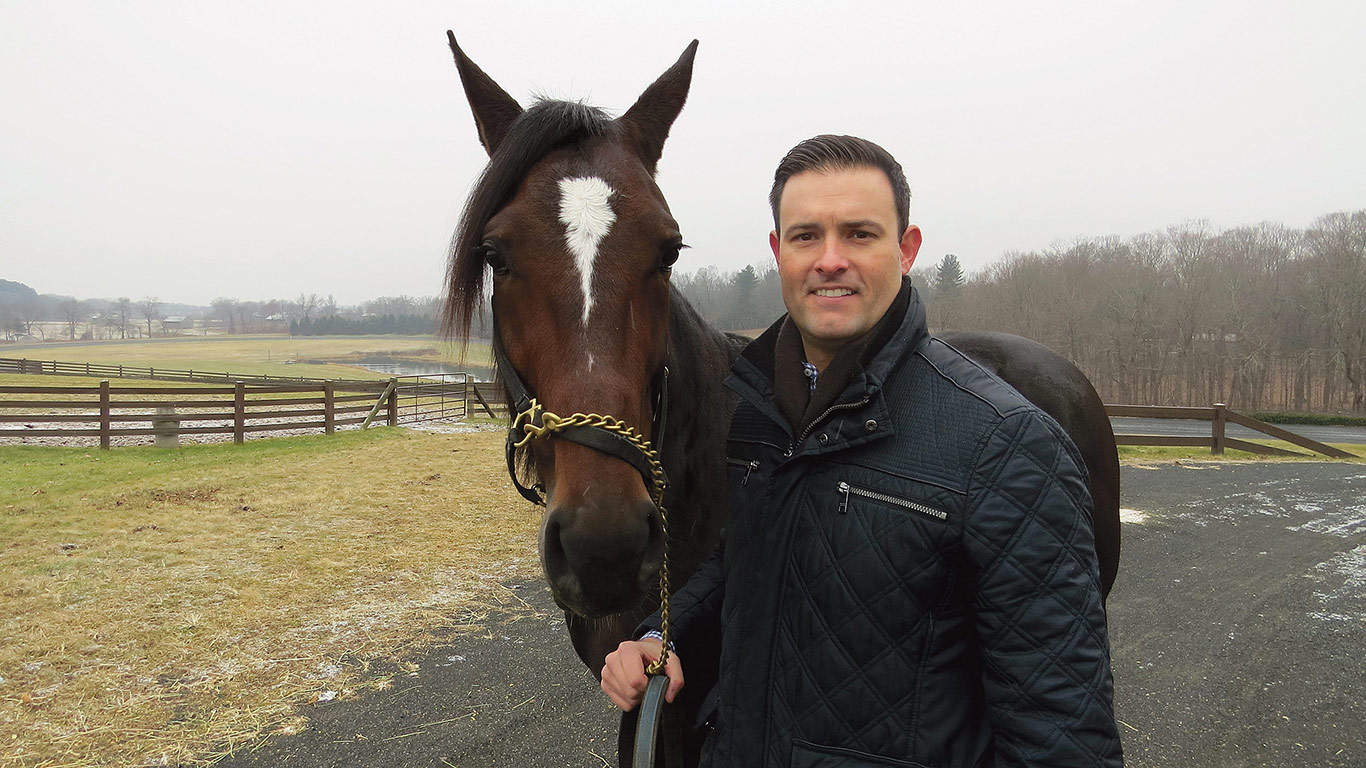











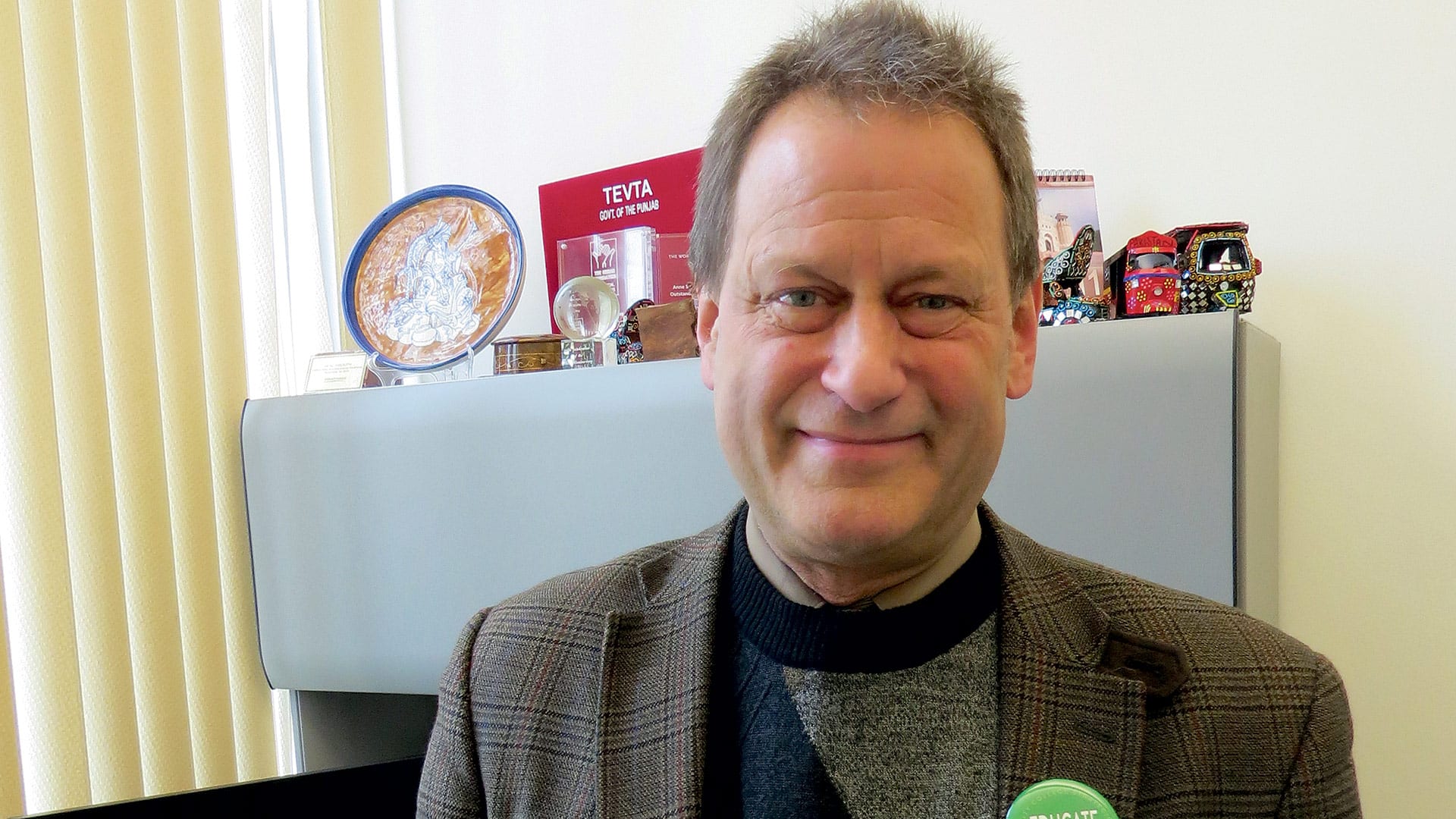

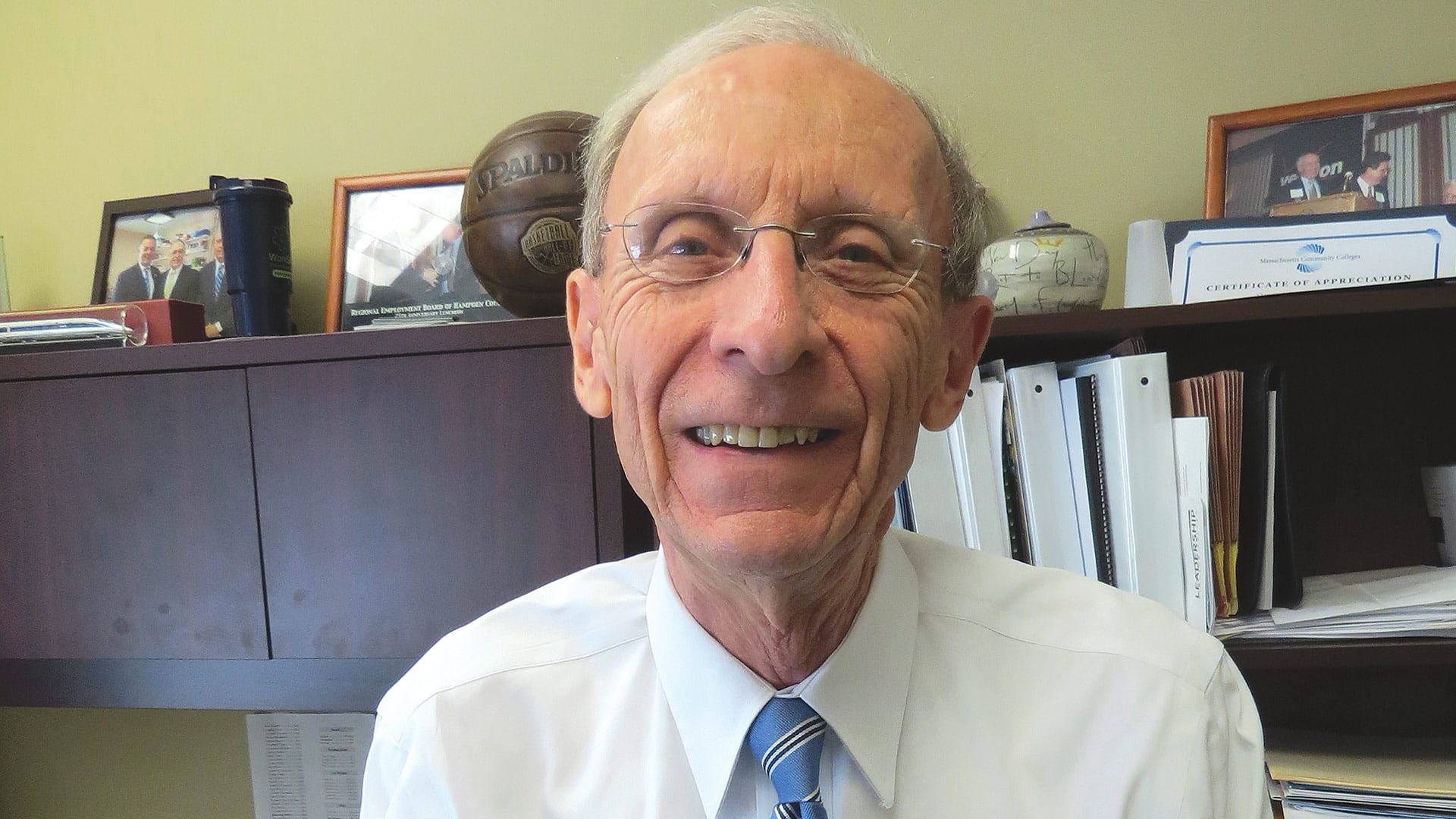

 When
When 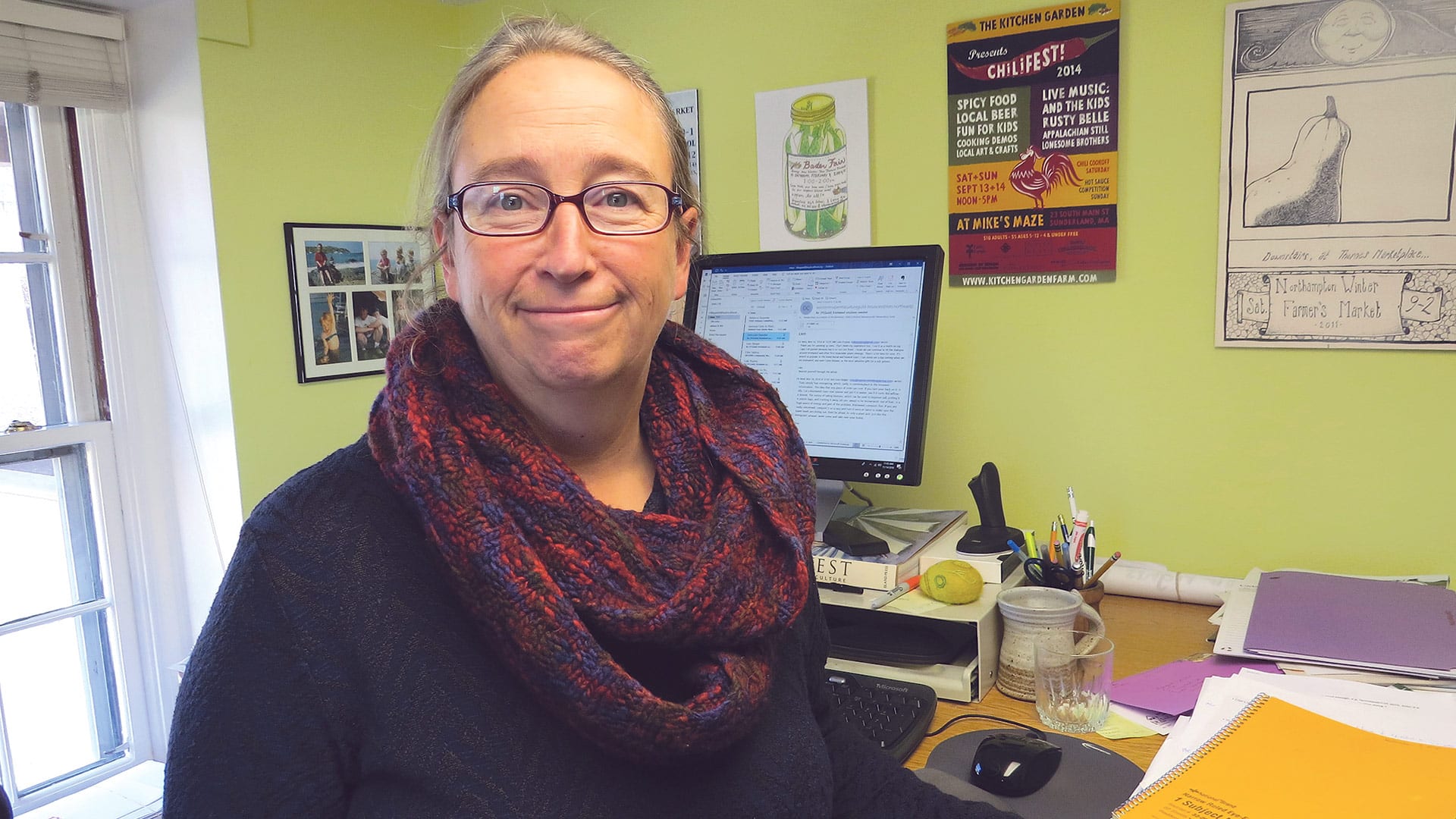

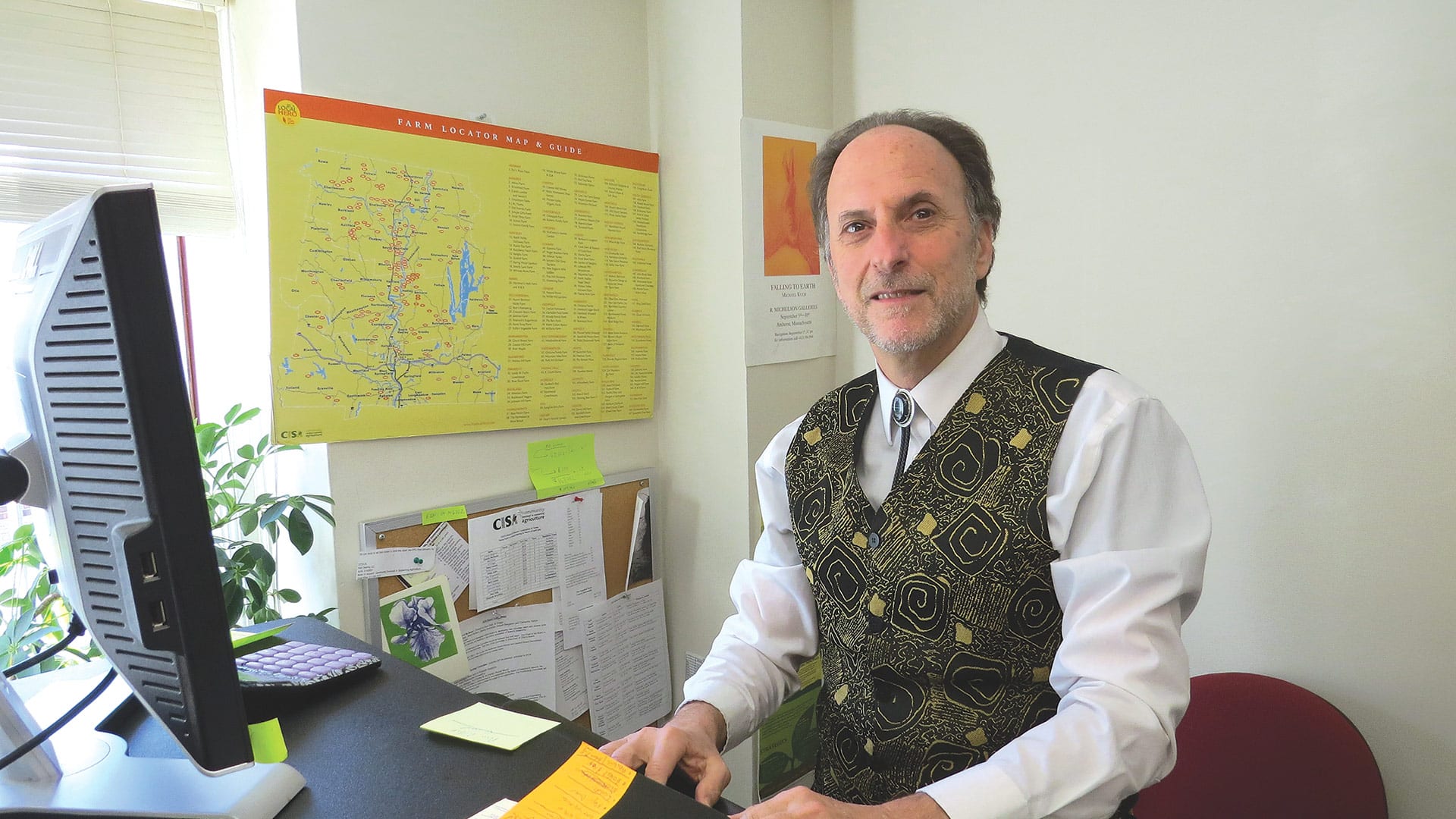
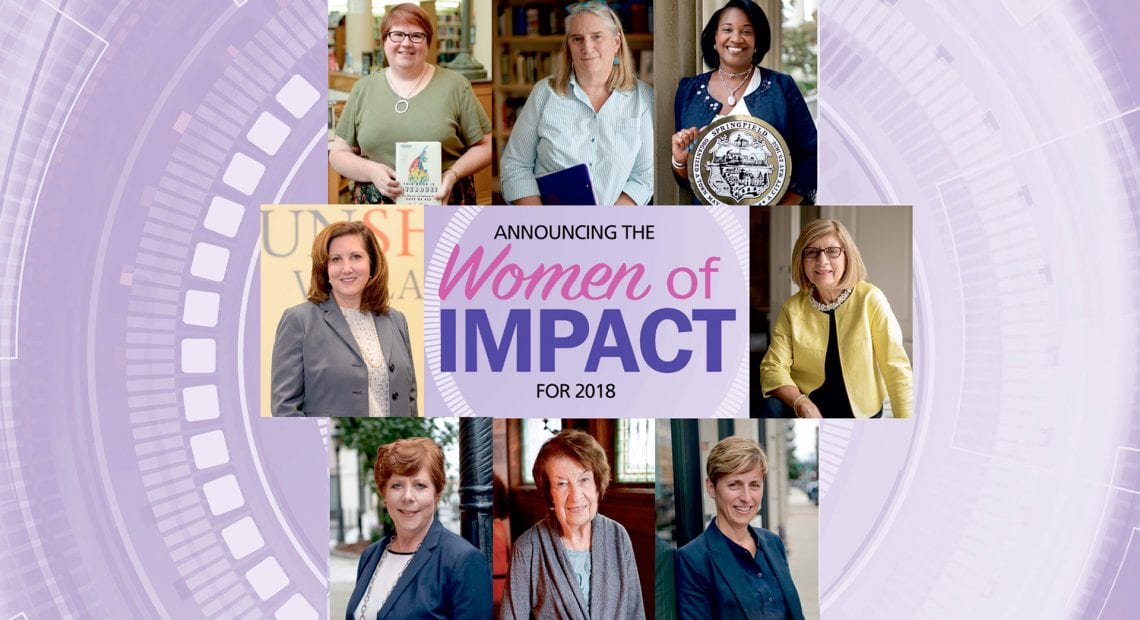
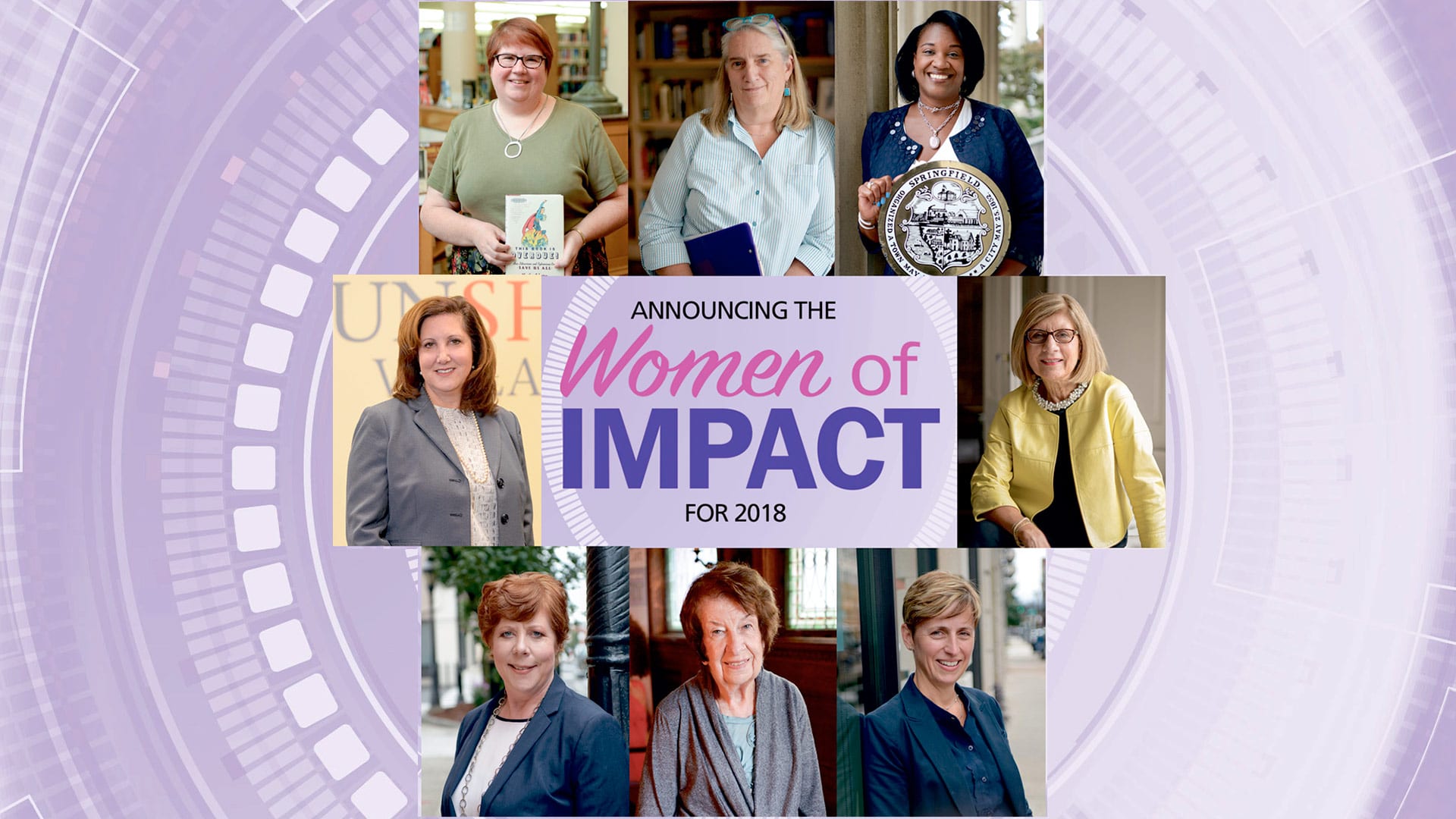 Leader. Inspiration. Pioneer. Mentor. Innovator.
Leader. Inspiration. Pioneer. Mentor. Innovator. Some have been told in part before, but not in this context. Not in the context of a celebration of women achieving great things, standing out in their chosen field, and doing impactful work in the community.
Some have been told in part before, but not in this context. Not in the context of a celebration of women achieving great things, standing out in their chosen field, and doing impactful work in the community.

 The first Asian woman to complete the Explorers Grand Slam. Lei Wang’s journey redefined success in her own terms, and today, she is challenging individuals around the world to do the same.
The first Asian woman to complete the Explorers Grand Slam. Lei Wang’s journey redefined success in her own terms, and today, she is challenging individuals around the world to do the same. Samalid Hogan is the regional director for the Massachusetts Small Business Development Center Network’s Western Regional Office. In that role, she has built partnerships across public, private, and civic sectors to achieve economic-development goals for the Pioneer Valley region. In 2014, Hogan founded CoWork Springfield, the city’s first co-working space, which focuses on serving women and minority-owned businesses. In addition, she was appointed to the Governor’s Latino Advisory Commission in 2017, and serves on the boards of several organizations, including Common Capital, the New England Public Radio Foundation, the Minority Business Alliance, and National Junior Tennis and Learning of Greater Springfield. A BusinessWest 40 Under Forty honoree in 2013 and winner of the Continued Excellence Award in 2018, she was also awarded the Grinspoon Entrepreneurial Spirit Award in 2017 and was recognized as a Woman Trailblazer and Trendsetter by the Massachusetts Latino Chamber of Commerce in 2016.
Samalid Hogan is the regional director for the Massachusetts Small Business Development Center Network’s Western Regional Office. In that role, she has built partnerships across public, private, and civic sectors to achieve economic-development goals for the Pioneer Valley region. In 2014, Hogan founded CoWork Springfield, the city’s first co-working space, which focuses on serving women and minority-owned businesses. In addition, she was appointed to the Governor’s Latino Advisory Commission in 2017, and serves on the boards of several organizations, including Common Capital, the New England Public Radio Foundation, the Minority Business Alliance, and National Junior Tennis and Learning of Greater Springfield. A BusinessWest 40 Under Forty honoree in 2013 and winner of the Continued Excellence Award in 2018, she was also awarded the Grinspoon Entrepreneurial Spirit Award in 2017 and was recognized as a Woman Trailblazer and Trendsetter by the Massachusetts Latino Chamber of Commerce in 2016. Susan Jaye-Kaplan is the founder of the Pioneer Valley Women’s Running Club and Go FIT Inc., and co-founder of Link to Libraries Inc., an organization whose mission is to collect and distribute books to public elementary schools and nonprofit organizations in Western Mass. and Connecticut. She is also the co-founder of the Women’s Leadership Network and founder of the Pioneer Valley Women’s Running Club of Western Mass., as well as an advisory board member and fundraiser for Square One. She has received one of the nation’s Daily Point of Light Awards, the President’s Citation Award at Western New England College, Elms College’s Step Forward/Step Ahead Woman of Vision Award, Reminder Publications’ Hometown Hero Award, the Mass. Commission on the Status of Women Unsung Heroines Award, the New England Patriots’ International Charitable Foundation Community MVP Award (the only person to receive this award two times), and the Girl Scouts of Pioneer Valley’s Women of Distinction Award. She was chosen one of BusinessWest’s Difference Makers in 2009. She has also received the National Conference on Community Justice Award, the Springfield Pynchon Award, and the Holyoke Rotary’s Paul Harris Award.
Susan Jaye-Kaplan is the founder of the Pioneer Valley Women’s Running Club and Go FIT Inc., and co-founder of Link to Libraries Inc., an organization whose mission is to collect and distribute books to public elementary schools and nonprofit organizations in Western Mass. and Connecticut. She is also the co-founder of the Women’s Leadership Network and founder of the Pioneer Valley Women’s Running Club of Western Mass., as well as an advisory board member and fundraiser for Square One. She has received one of the nation’s Daily Point of Light Awards, the President’s Citation Award at Western New England College, Elms College’s Step Forward/Step Ahead Woman of Vision Award, Reminder Publications’ Hometown Hero Award, the Mass. Commission on the Status of Women Unsung Heroines Award, the New England Patriots’ International Charitable Foundation Community MVP Award (the only person to receive this award two times), and the Girl Scouts of Pioneer Valley’s Women of Distinction Award. She was chosen one of BusinessWest’s Difference Makers in 2009. She has also received the National Conference on Community Justice Award, the Springfield Pynchon Award, and the Holyoke Rotary’s Paul Harris Award. Dora Robinson has served as a nonprofit leader and practitioner for more than 35 years. She recently retired from the United Way of Pioneer Valley (UWPV) after serving for more than eight years as president and CEO. Previously, she served as the first full-time president and CEO of Martin Luther King Jr. Family Services for 19 years. The foundation for these leadership roles is based on previous experiences as corporate director and vice president for the Center for Human Development and vice president of Education at the Urban League of Springfield. Her earlier professional experiences included social work with adolescents and families, community outreach, and program planning and management. She is currently an adjunct professor at Springfield College School for Social Work and the School for Professional Studies. Dora has received much recognition for her work as a nonprofit executive leader and her work in social justice. Most recently, she was elected to serve on the board of directors for the Women’s Fund of Western Massachusetts and is serving as a steering committee member to establish a neighborhood-based library in East Forest Park.
Dora Robinson has served as a nonprofit leader and practitioner for more than 35 years. She recently retired from the United Way of Pioneer Valley (UWPV) after serving for more than eight years as president and CEO. Previously, she served as the first full-time president and CEO of Martin Luther King Jr. Family Services for 19 years. The foundation for these leadership roles is based on previous experiences as corporate director and vice president for the Center for Human Development and vice president of Education at the Urban League of Springfield. Her earlier professional experiences included social work with adolescents and families, community outreach, and program planning and management. She is currently an adjunct professor at Springfield College School for Social Work and the School for Professional Studies. Dora has received much recognition for her work as a nonprofit executive leader and her work in social justice. Most recently, she was elected to serve on the board of directors for the Women’s Fund of Western Massachusetts and is serving as a steering committee member to establish a neighborhood-based library in East Forest Park.





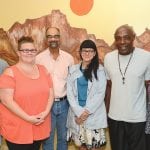
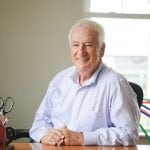
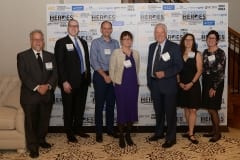



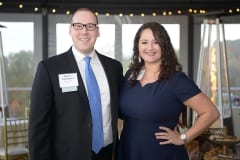

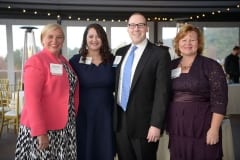
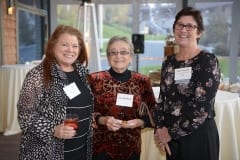


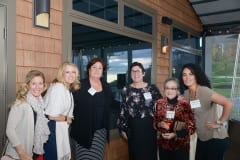
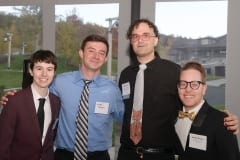
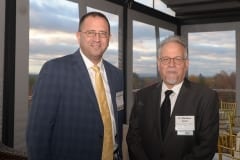
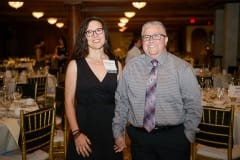
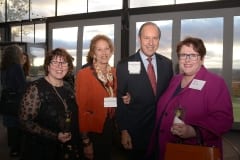

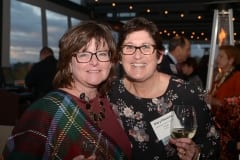

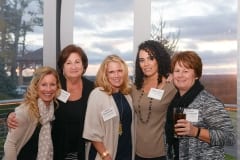


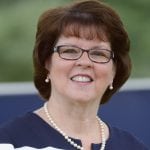
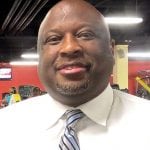


 With a series of employment-related ballot questions looming — on issues including paid leave, minimum wage, and the state sales tax — supporters of those measures sat down this past spring with advocates for the business community to forge what became known as the ‘grand bargain.’ The result doesn’t have employers cheering — in fact, they worry about the impact of the deal on their bottom line — but if the nature of compromise is that no one’s happy, then the process was a rousing success.
With a series of employment-related ballot questions looming — on issues including paid leave, minimum wage, and the state sales tax — supporters of those measures sat down this past spring with advocates for the business community to forge what became known as the ‘grand bargain.’ The result doesn’t have employers cheering — in fact, they worry about the impact of the deal on their bottom line — but if the nature of compromise is that no one’s happy, then the process was a rousing success.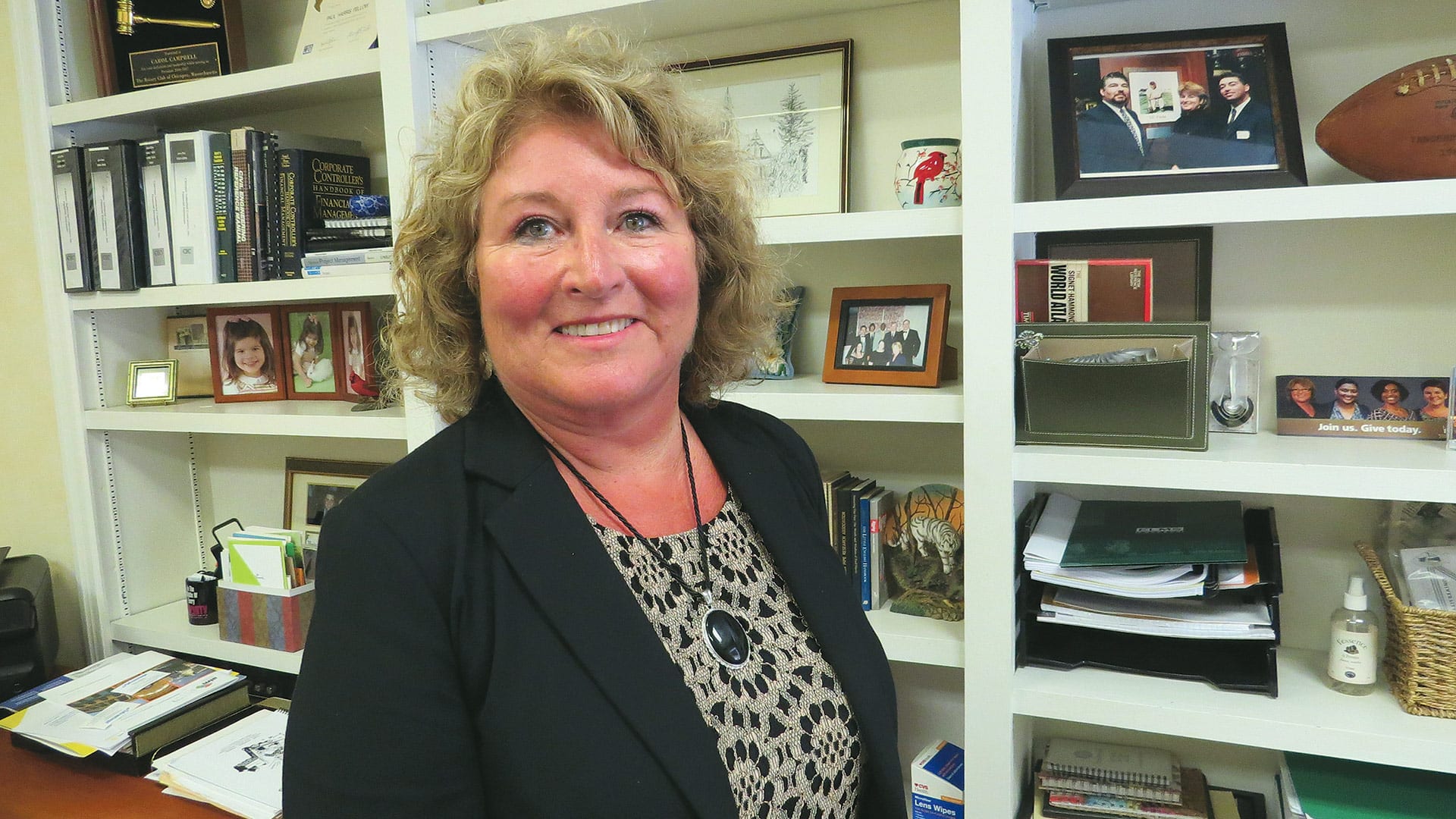



 Launched nearly three decades ago, the
Launched nearly three decades ago, the 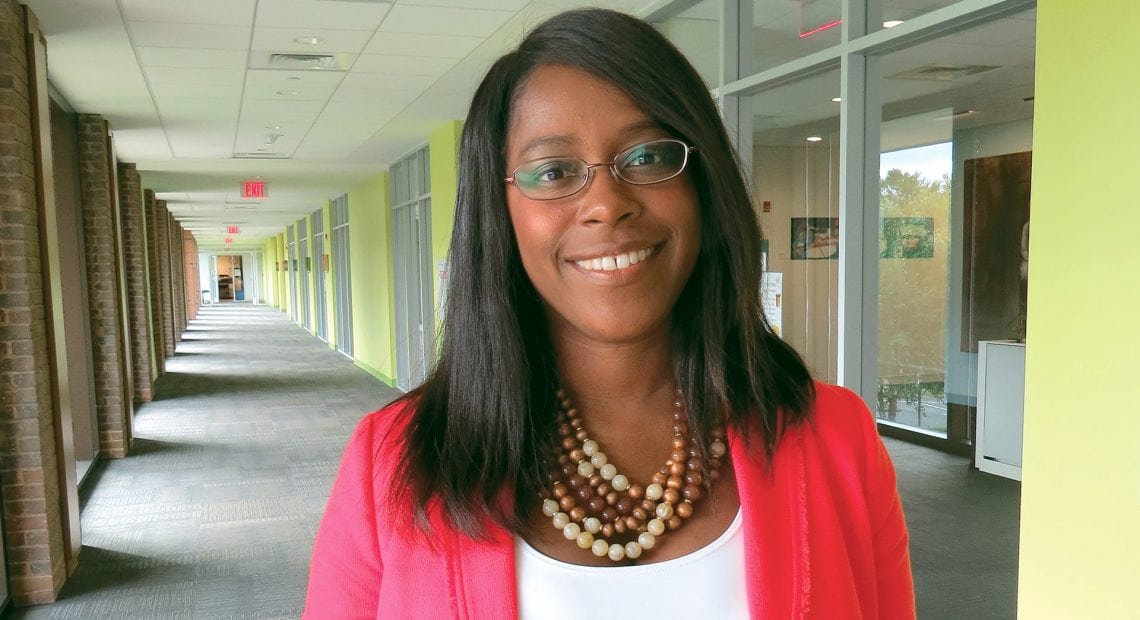
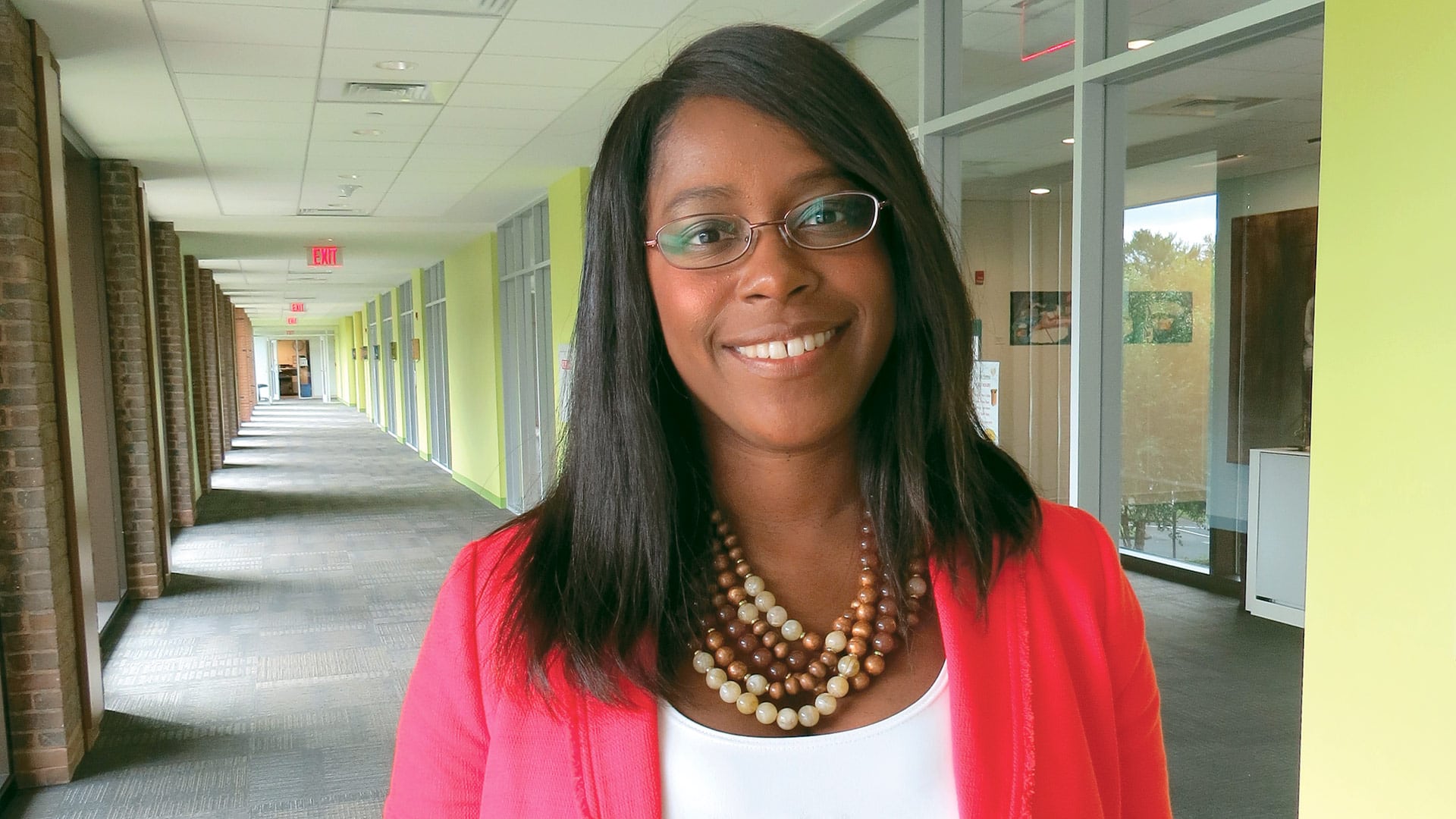


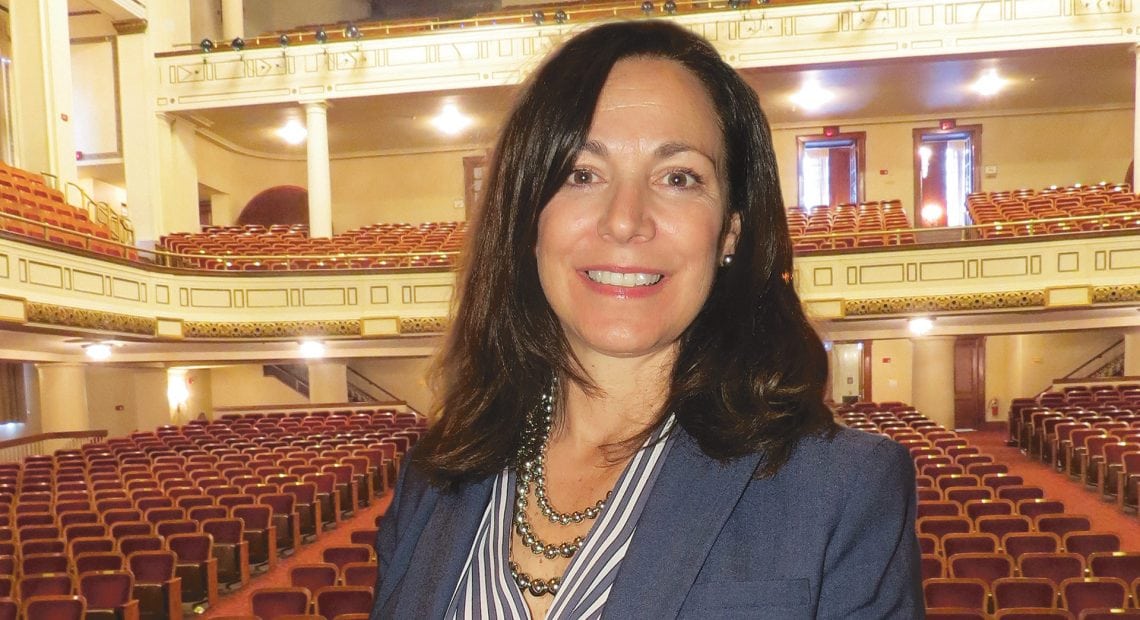
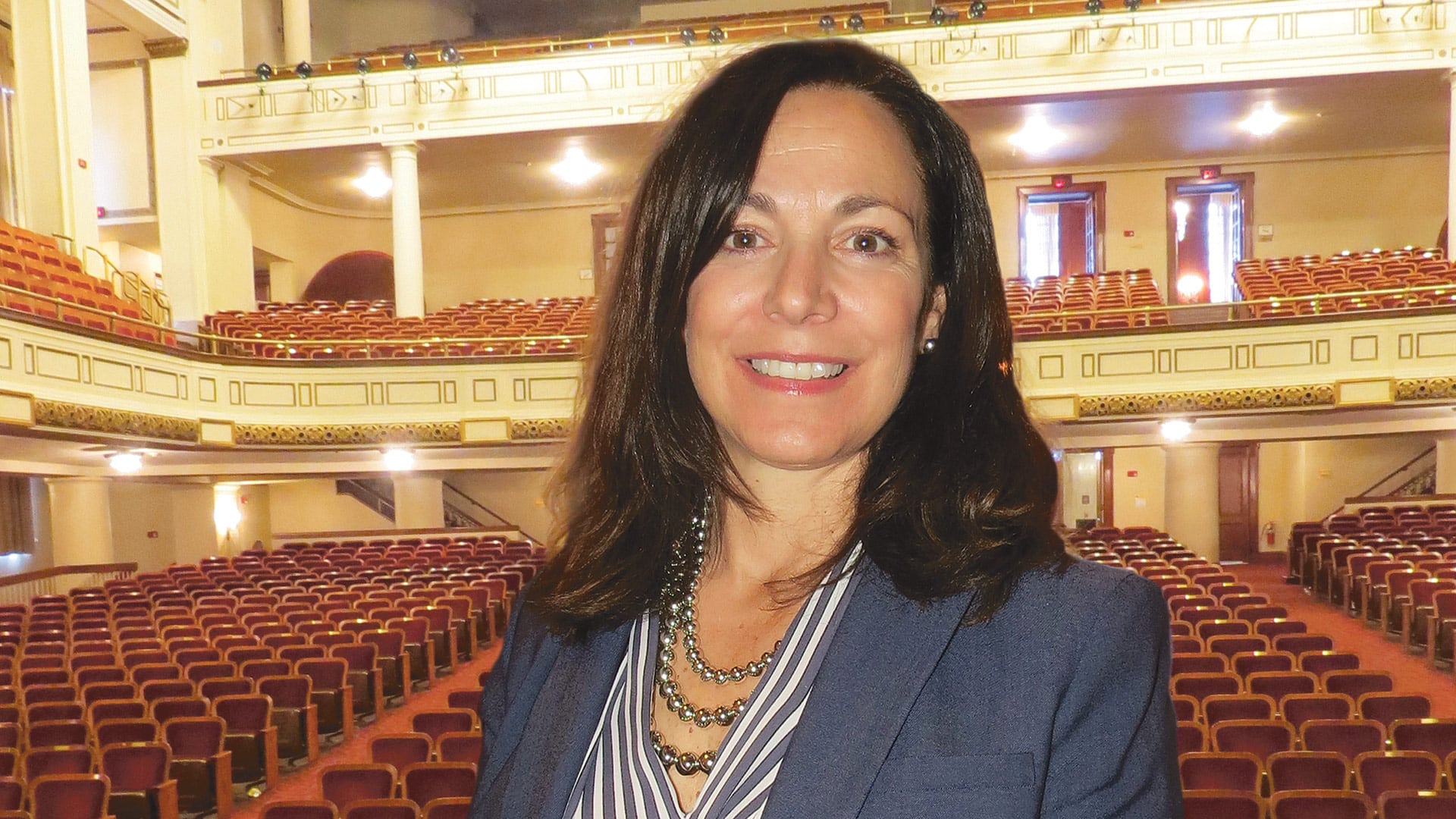




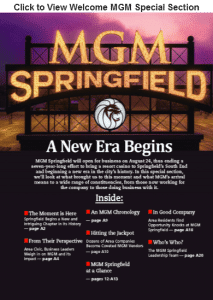


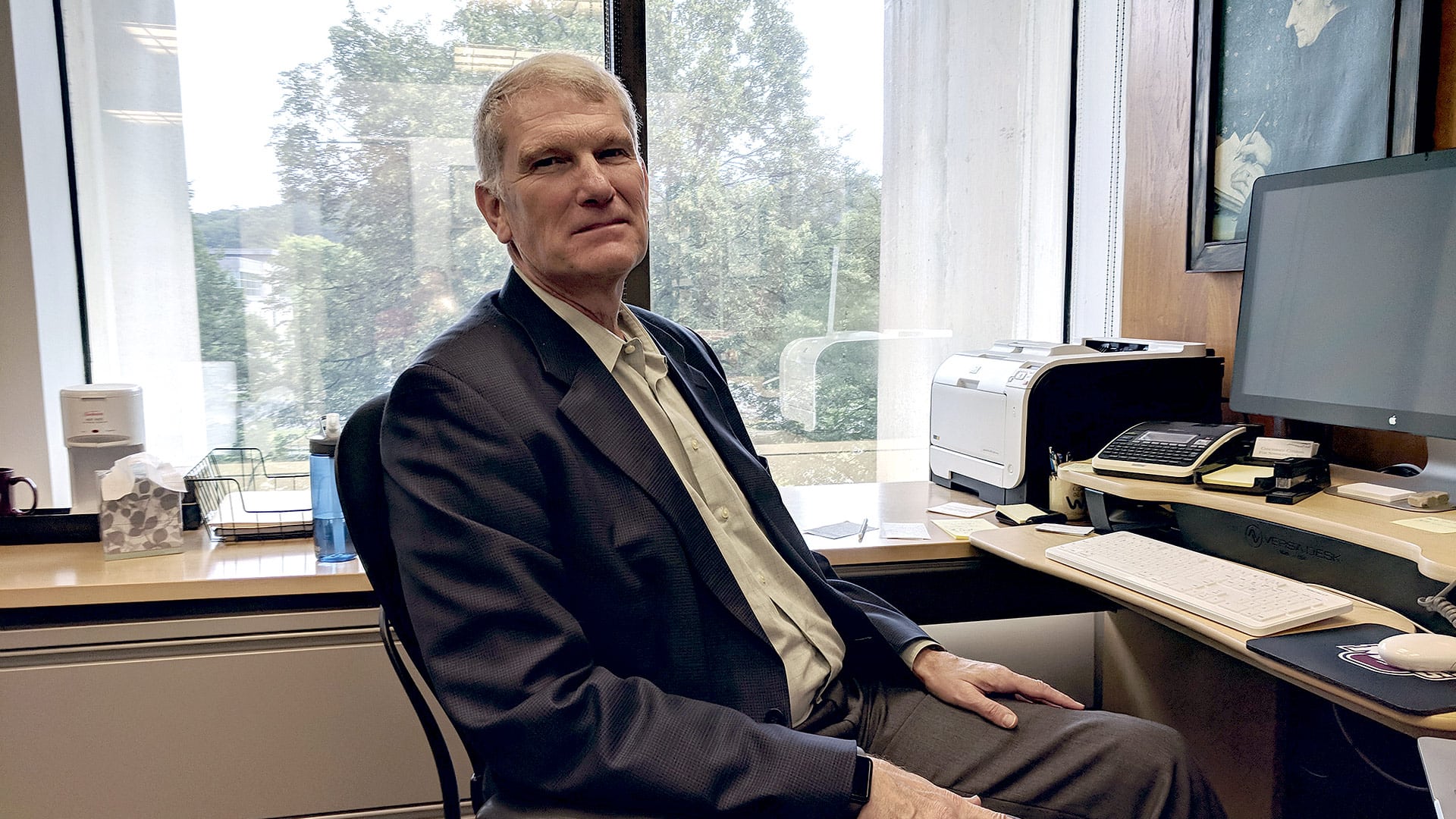
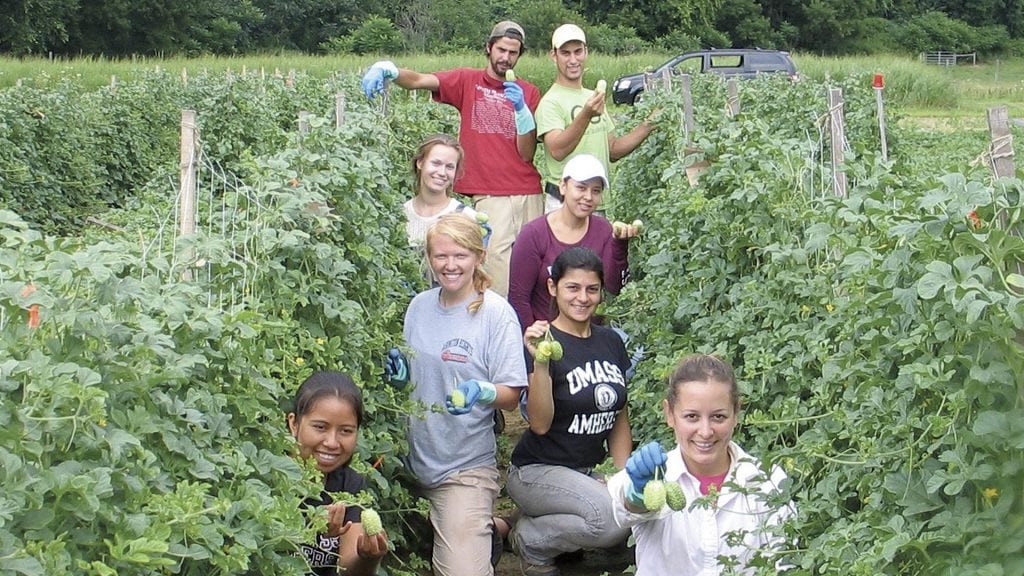


 The launch of the Hartford line last month, which expands rail activity from
The launch of the Hartford line last month, which expands rail activity from 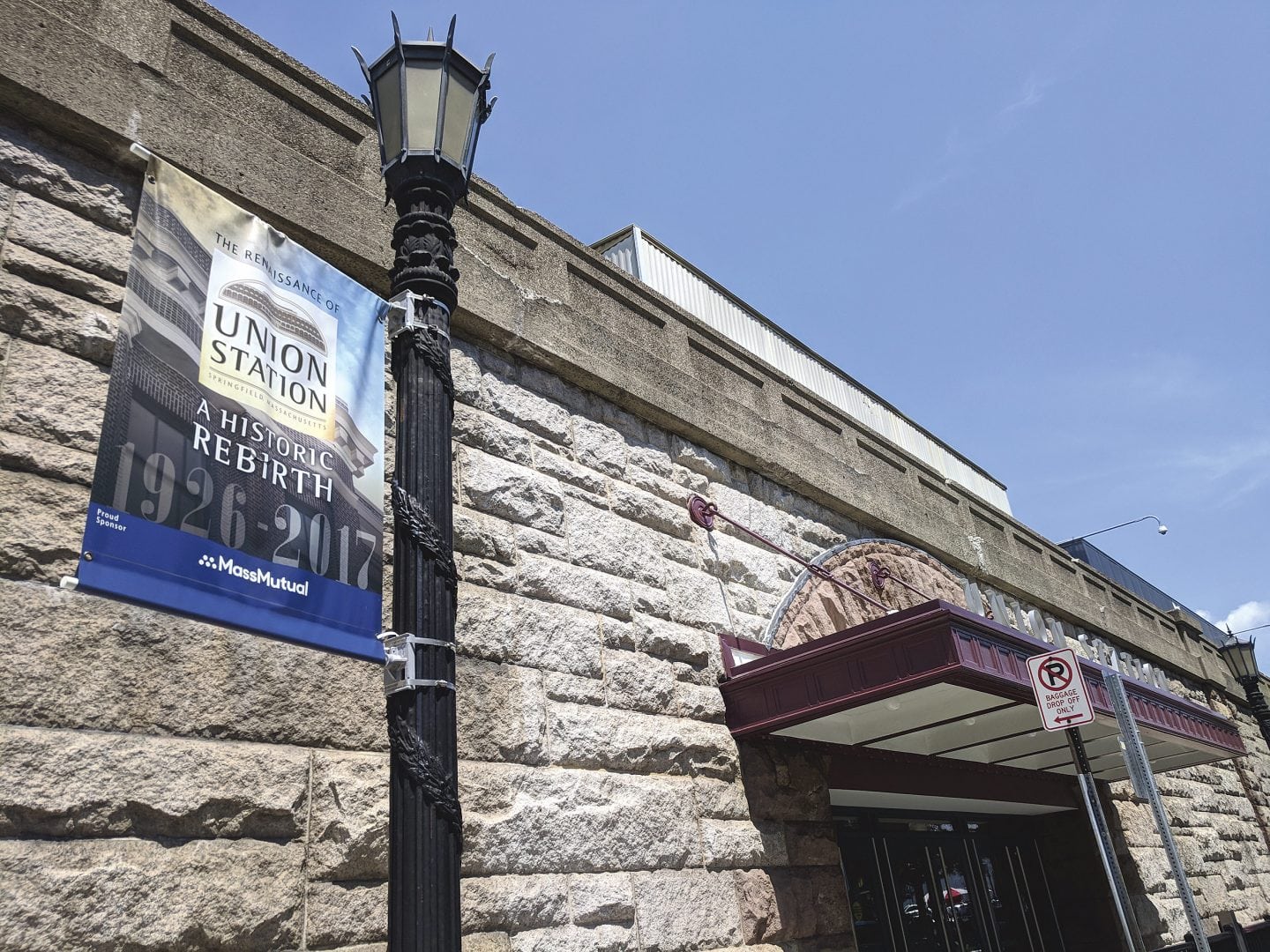

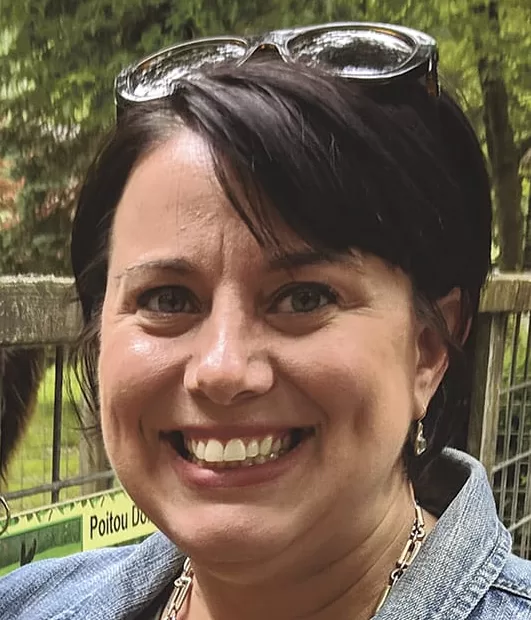

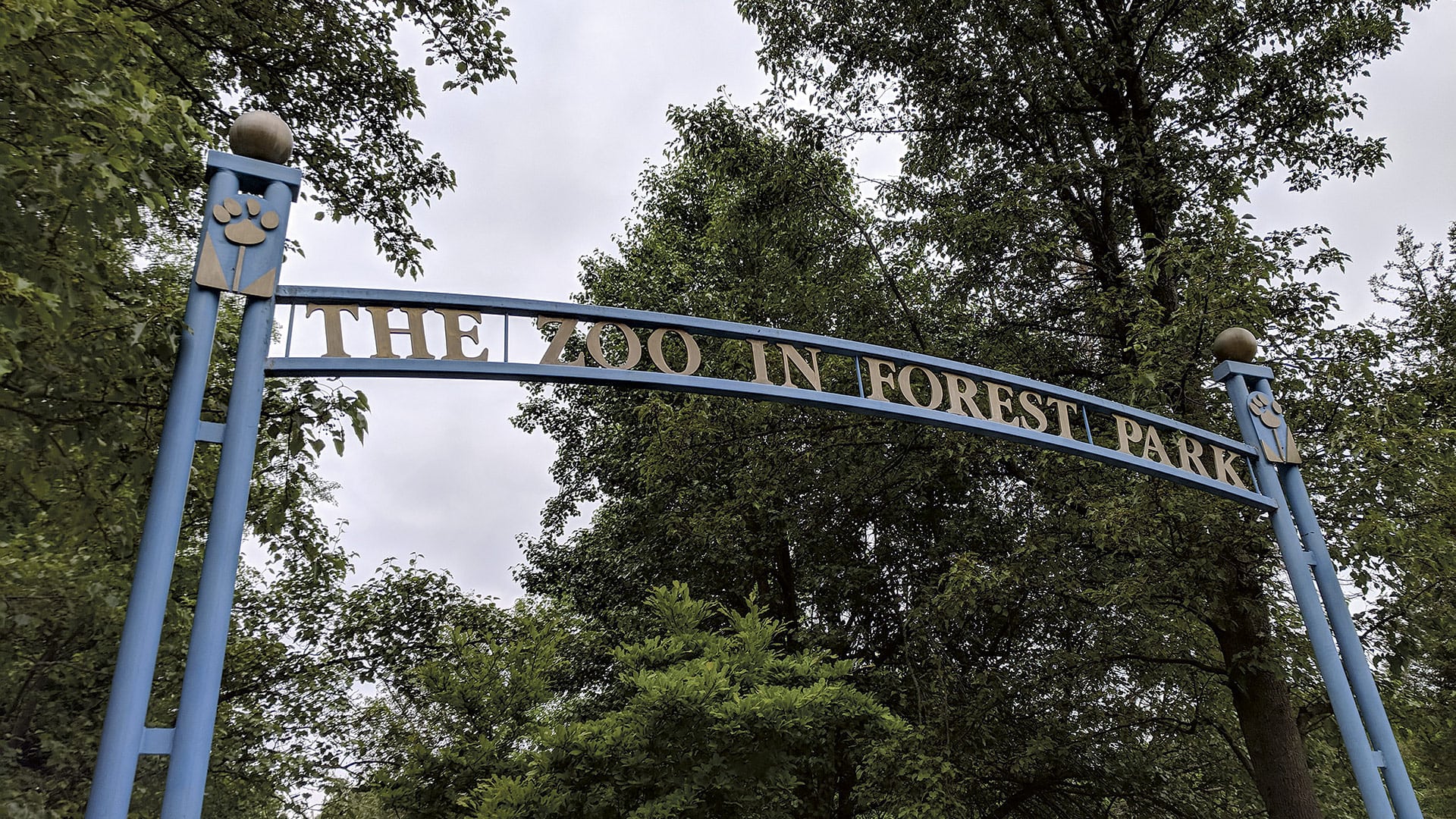

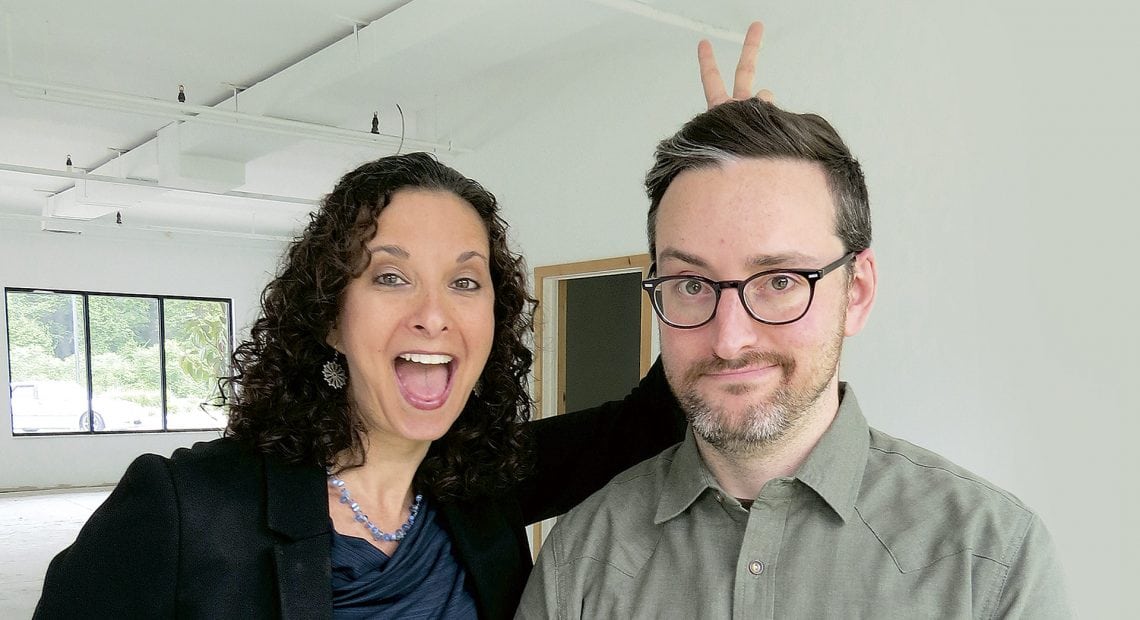








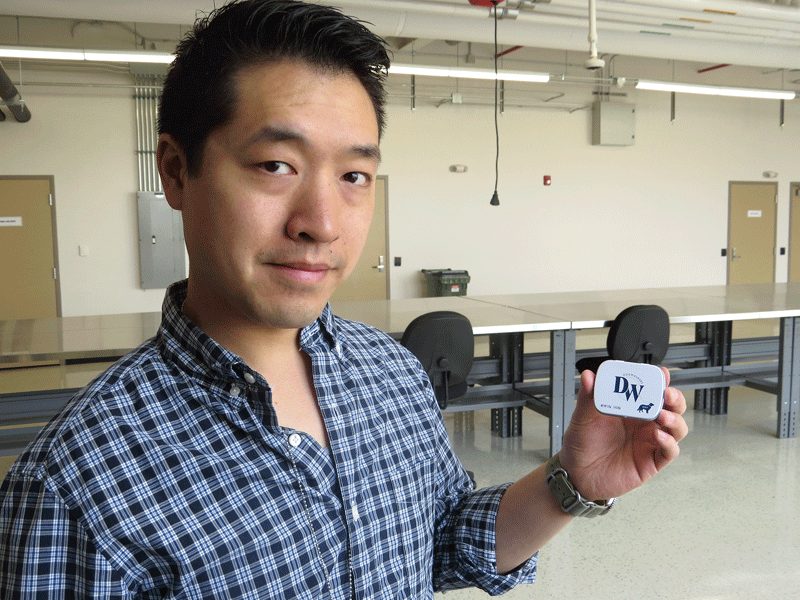
 Vacations are highlights of anyone’s calendar, and summertime is, admittedly, a perfect time to get away. But it’s also a great time to stay at home and enjoy the embarrassment of riches Western Mass. has to offer when it comes to arts and entertainment, cultural experiences, community gatherings, and encounters with nature. From music festivals and agricultural fairs to zoos and water activities — and much more — here is BusinessWest’s annual rundown of some of the region’s outdoor highlights. Have fun!
Vacations are highlights of anyone’s calendar, and summertime is, admittedly, a perfect time to get away. But it’s also a great time to stay at home and enjoy the embarrassment of riches Western Mass. has to offer when it comes to arts and entertainment, cultural experiences, community gatherings, and encounters with nature. From music festivals and agricultural fairs to zoos and water activities — and much more — here is BusinessWest’s annual rundown of some of the region’s outdoor highlights. Have fun! Jacob’s Pillow Dance Festival
Jacob’s Pillow Dance Festival Naismith Memorial Basketball Hall of Fame
Naismith Memorial Basketball Hall of Fame Historic Deerfield
Historic Deerfield The Big E
The Big E
 The region’s bevy of restaurants comprises one of the area’s most intriguing business sectors, one in which there is constant movement, new additions, and exciting stories unfolding. This year is no exception, and BusinessWest captures that movement, that excitement, in its annual Restaurant Guide.
The region’s bevy of restaurants comprises one of the area’s most intriguing business sectors, one in which there is constant movement, new additions, and exciting stories unfolding. This year is no exception, and BusinessWest captures that movement, that excitement, in its annual Restaurant Guide.